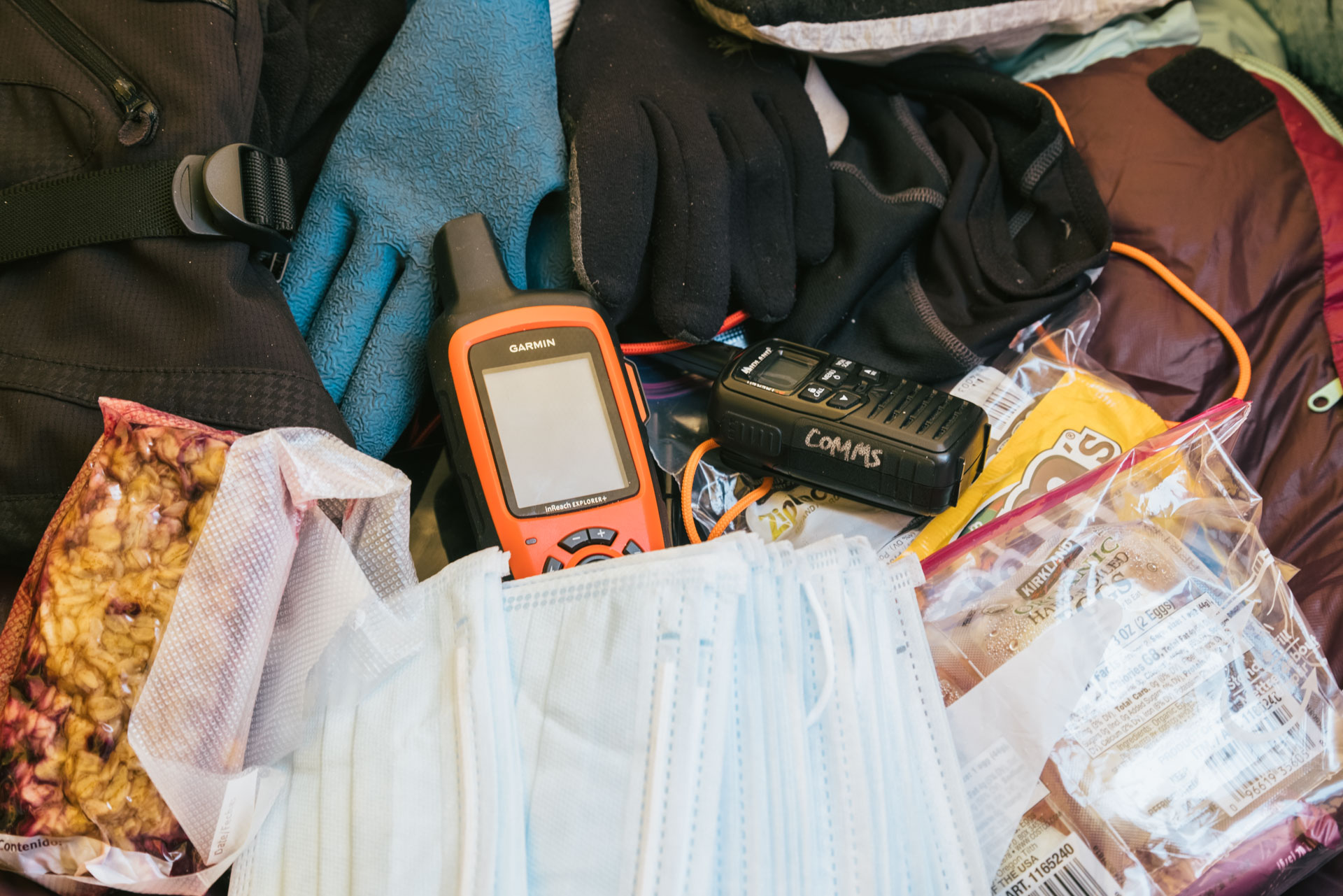Behind the scenes of the Iditarod Sled Dog Race
An avid volunteer community plays a critical role in a globally-recognized event.
Words and photos by Will Koeppen
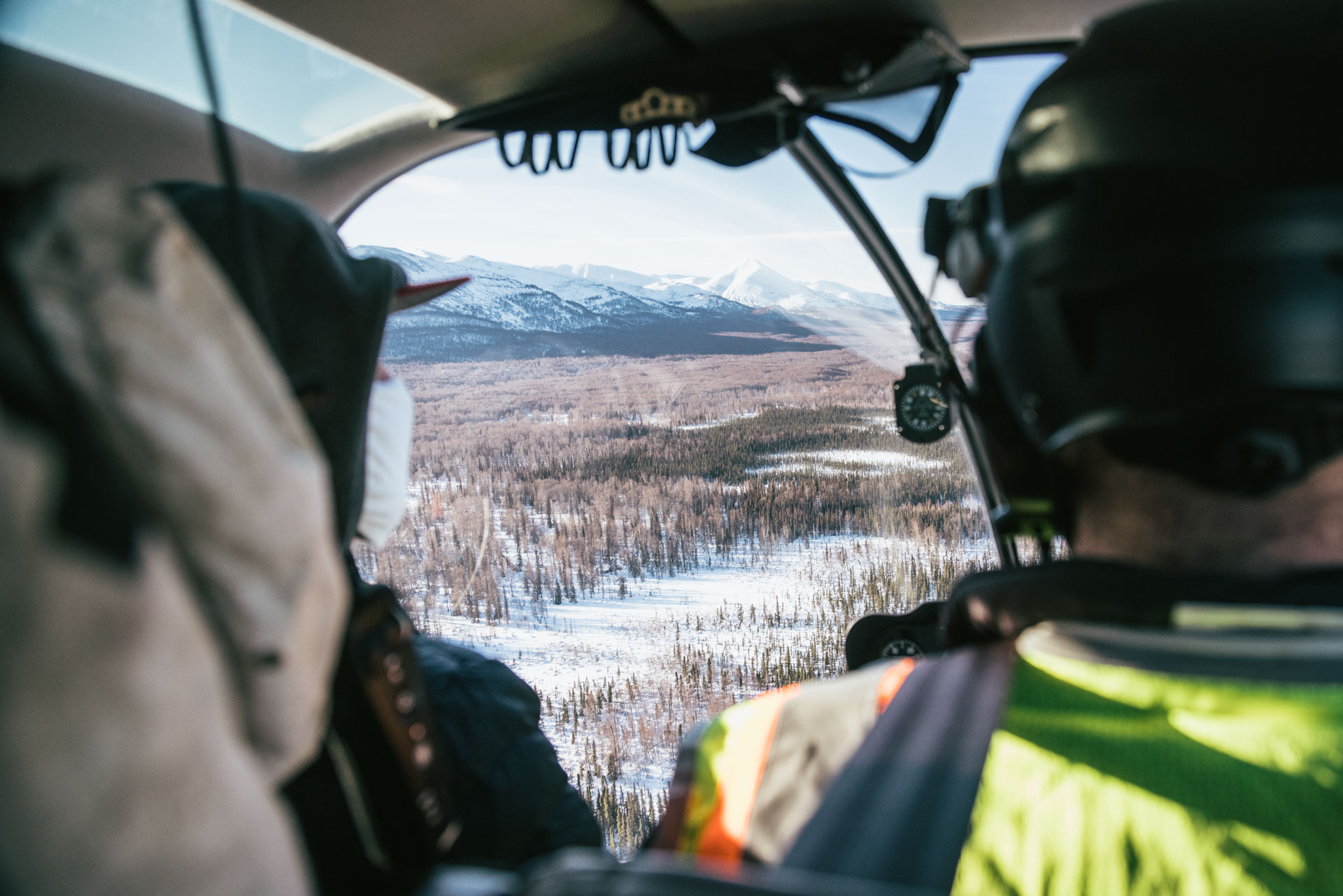
In March of 2021, I participated as a member of the Iditarod Sled Dog Race "trail crew" and was assigned to help at the Finger Lake Checkpoint, near Winterlake Lodge. For the outbound leg we had two communications staff (Leslie and Caitlyn), five trail crew (David, Clint, Kayli, Jeff, and me), and six veterinarians (Kimbo, Rachel, Heather, Kristen, Jack, and Mack). All of the positions involve a lot of manual labor and there was not much down time (when dog teams are in the checkpoint are typically the busiest times for trail), but I was able to pull out my camera a few times to document the scene there.
Because of some predicted incoming weather, our group left for Finger Lake a full four days before mushers and their teams would start racing from Deshka Landing. To get there, I flew in a helicopter for maybe the second time in my life. We had beautiful weather, and I really appreciated the big bubble windows and low altitudes.
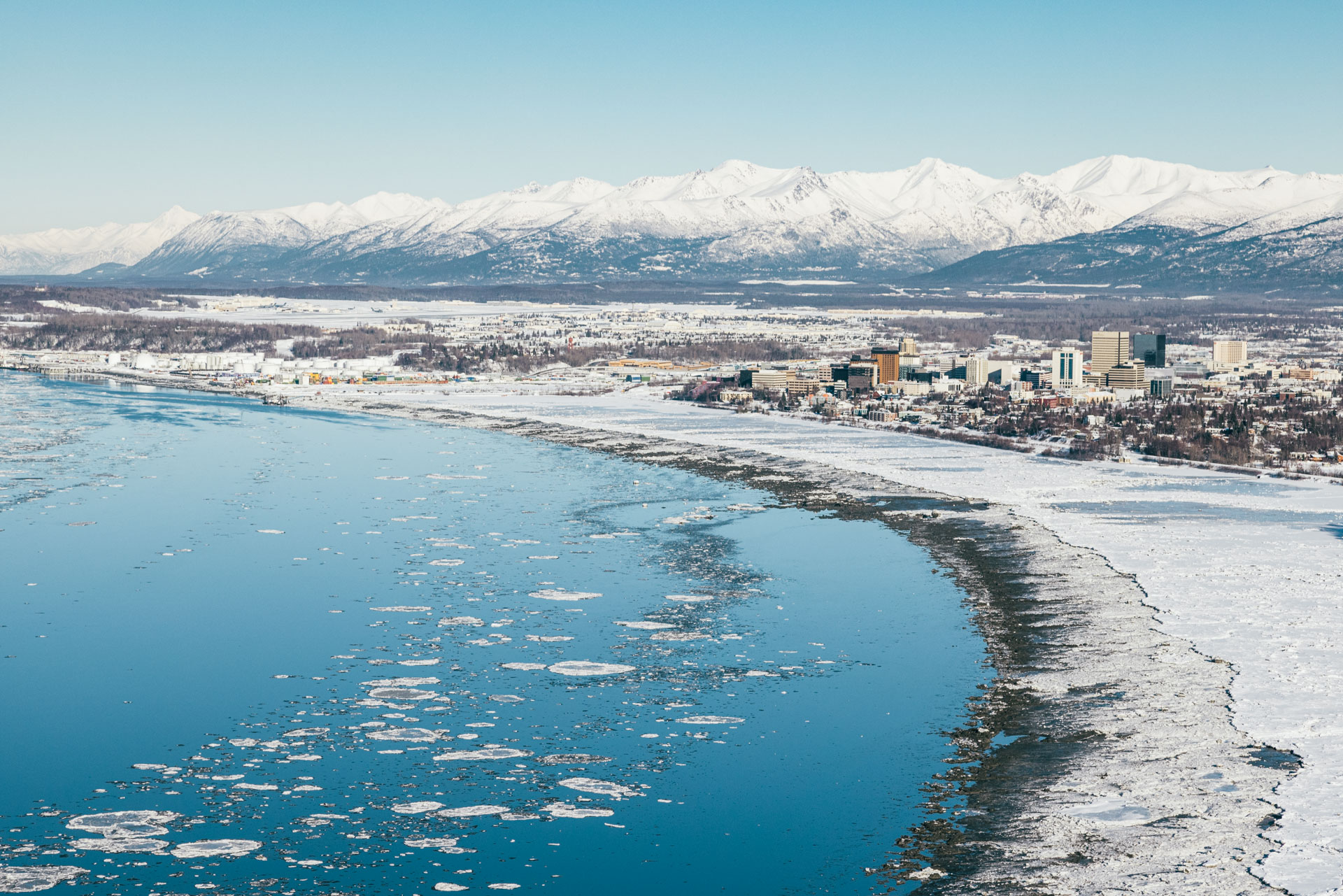

Mt. Susitna is an incredibly commonplace landmark that feels a bit untouchable, being across the mudflats of Knik Arm. From the air, it was obvious that the area between Port Mackenzie and Mt. Susitna sees a ton of snow machine use, which was a good reminder to me about how little I know about areas that are popular with motorized user groups. Snow machine and animal tracks shared the most common paths following meandering frozen rivers and long, straight seismic cuts through the trees and swamps. The point bars of some of the creeks looked like polygonal ground, but it was all from moose tracking through the deep snow.
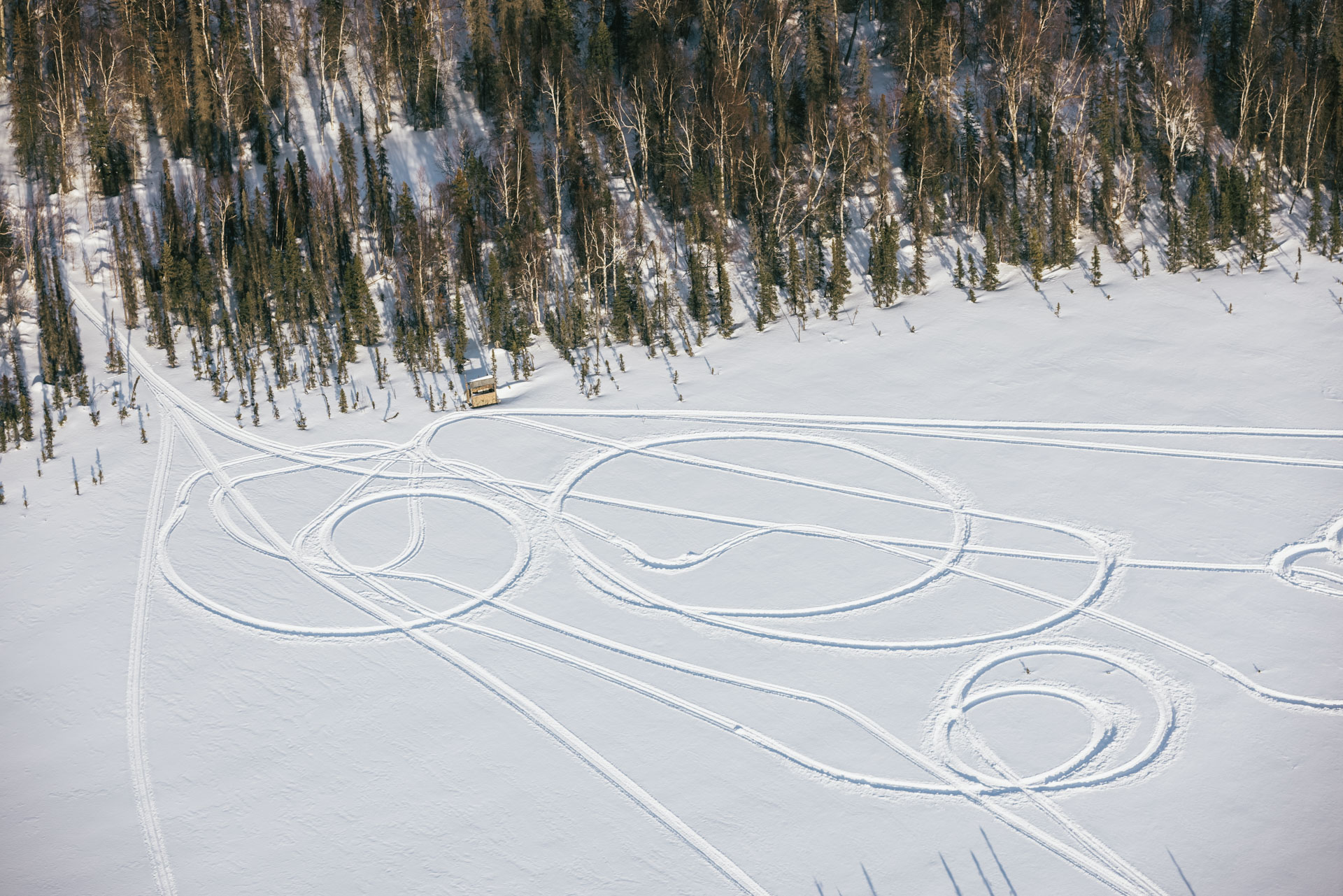
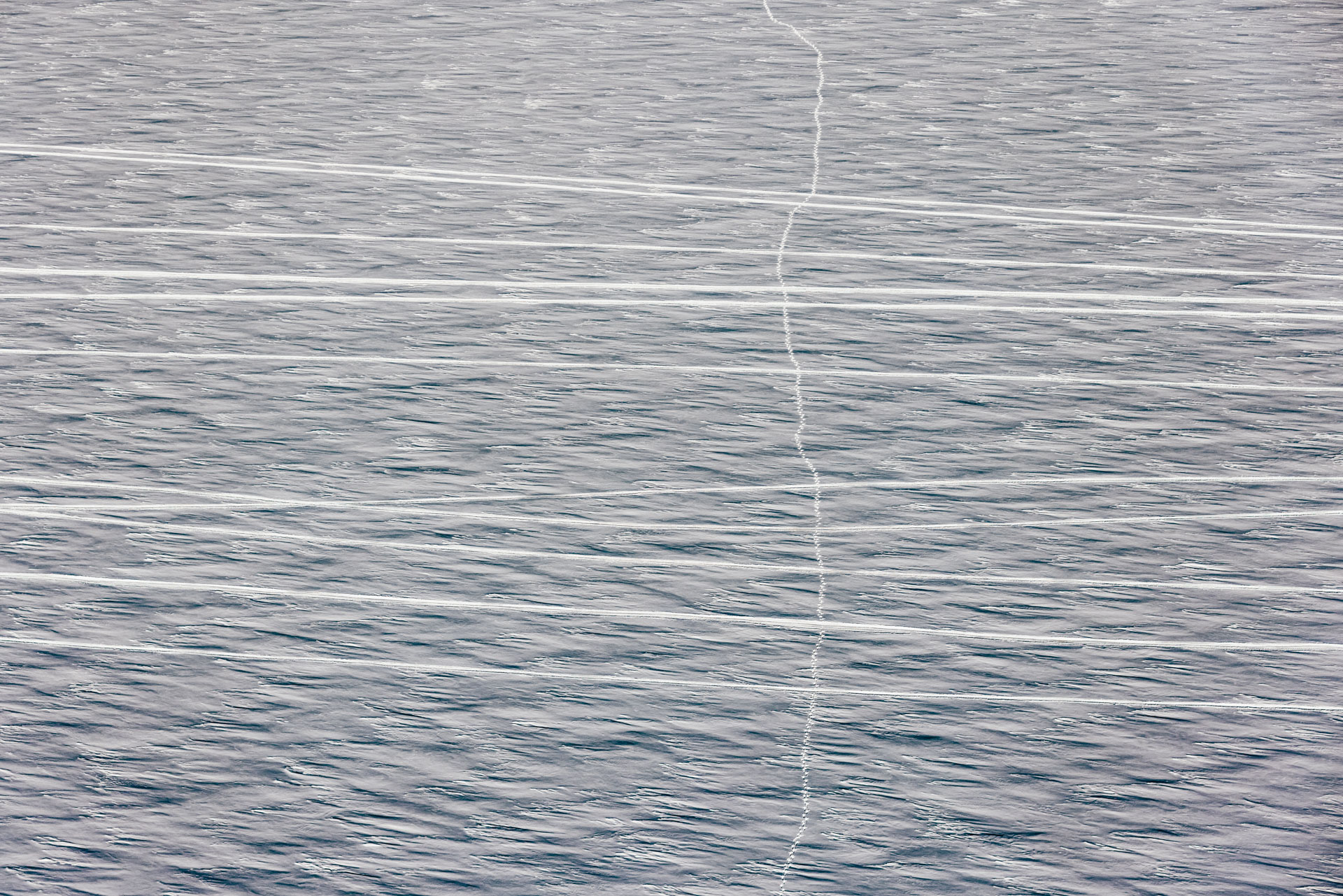
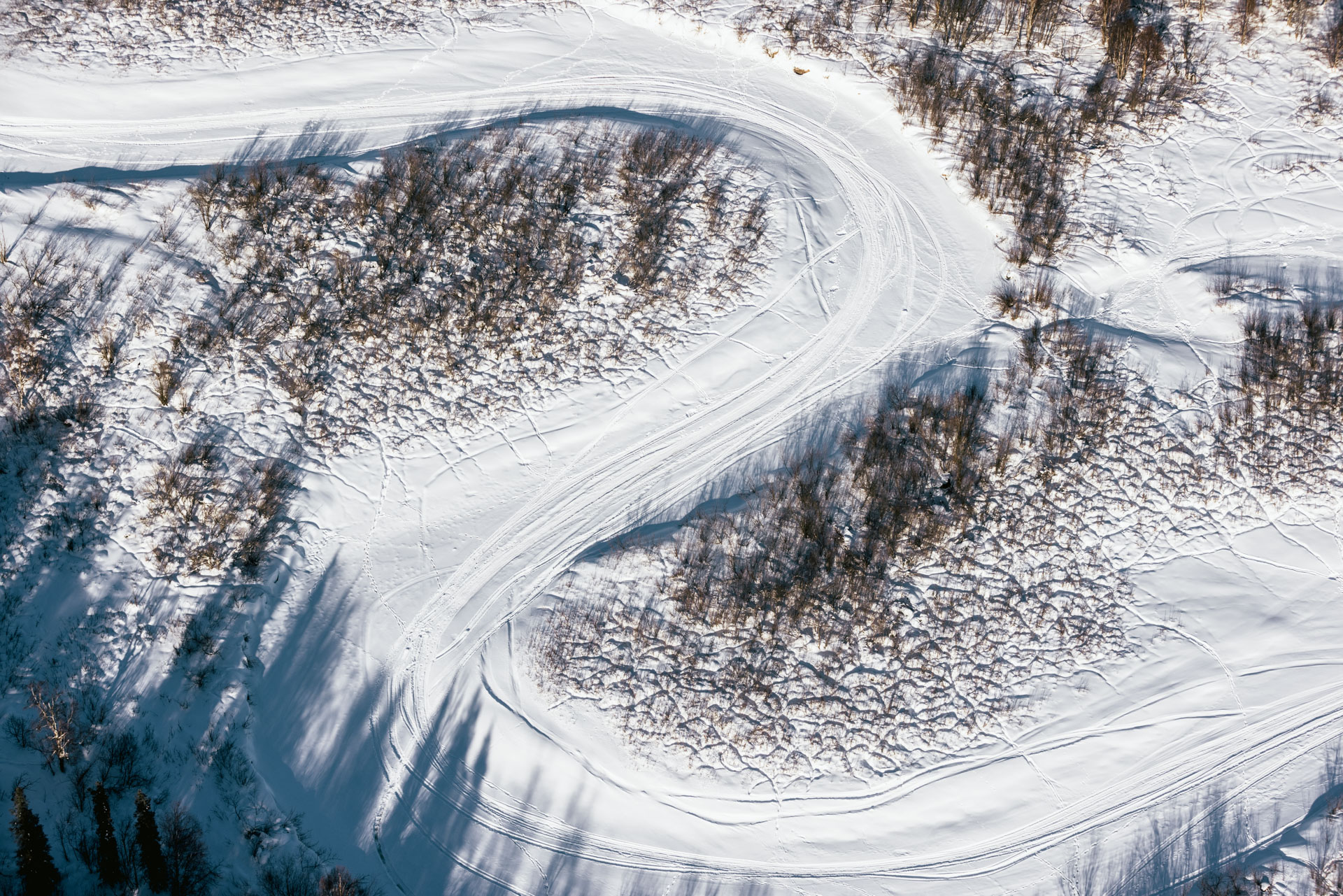
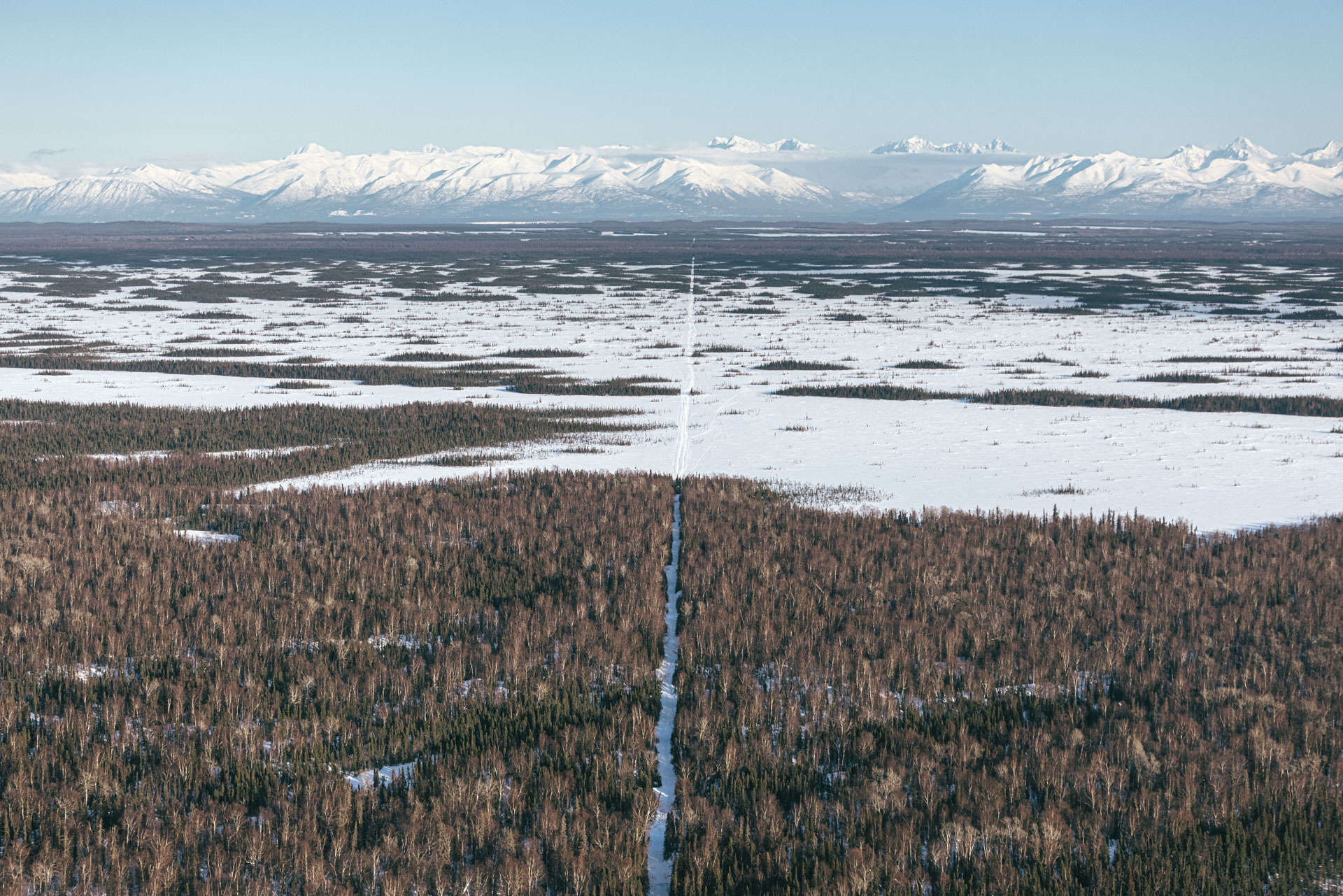
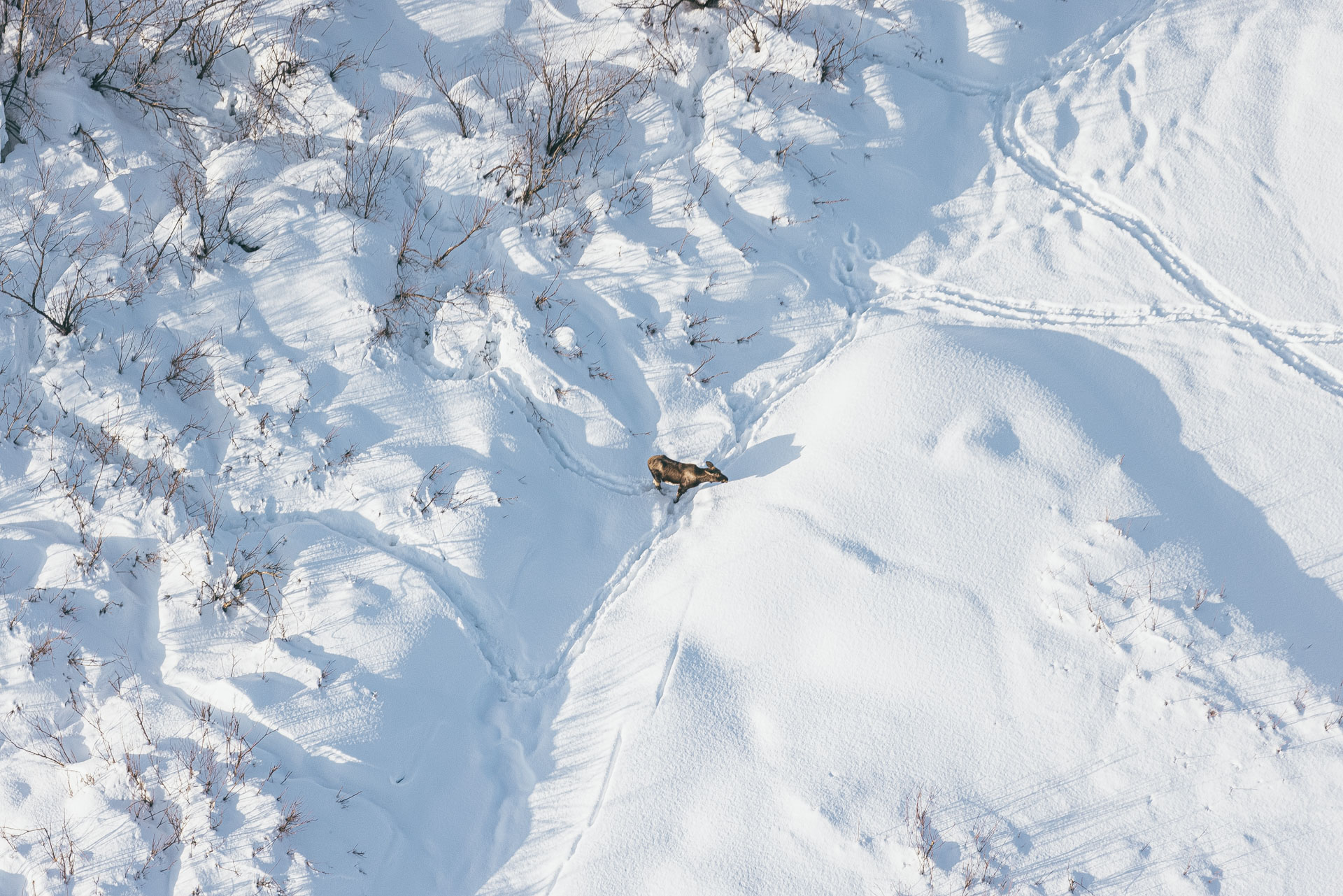
We landed on the lake just as other volunteers were flying in by small plane. It was already late afternoon, so we immediately got to work setting up tents and organizing our kitchen area. The Arctic Oven tents were heavy as hell (~100 lbs each, with the additional groundpad and canvas floor), and they don't have any transparent windows, so it was hard to know what was going on outside if you were inside. But they were fairly straightforward to set up and arrange, completely bomb-proof once they were anchored, and had no condensation issues whatsoever, which was a pretty big feat considering our snowy and sweaty gear. Every tent had a propane Nu-Way stove that kept things very comfortable, and we shared generators that ran for at least a few hours every day. We slept two to three people per tent which was space aplenty. All in all, it was very cushy for winter camping.
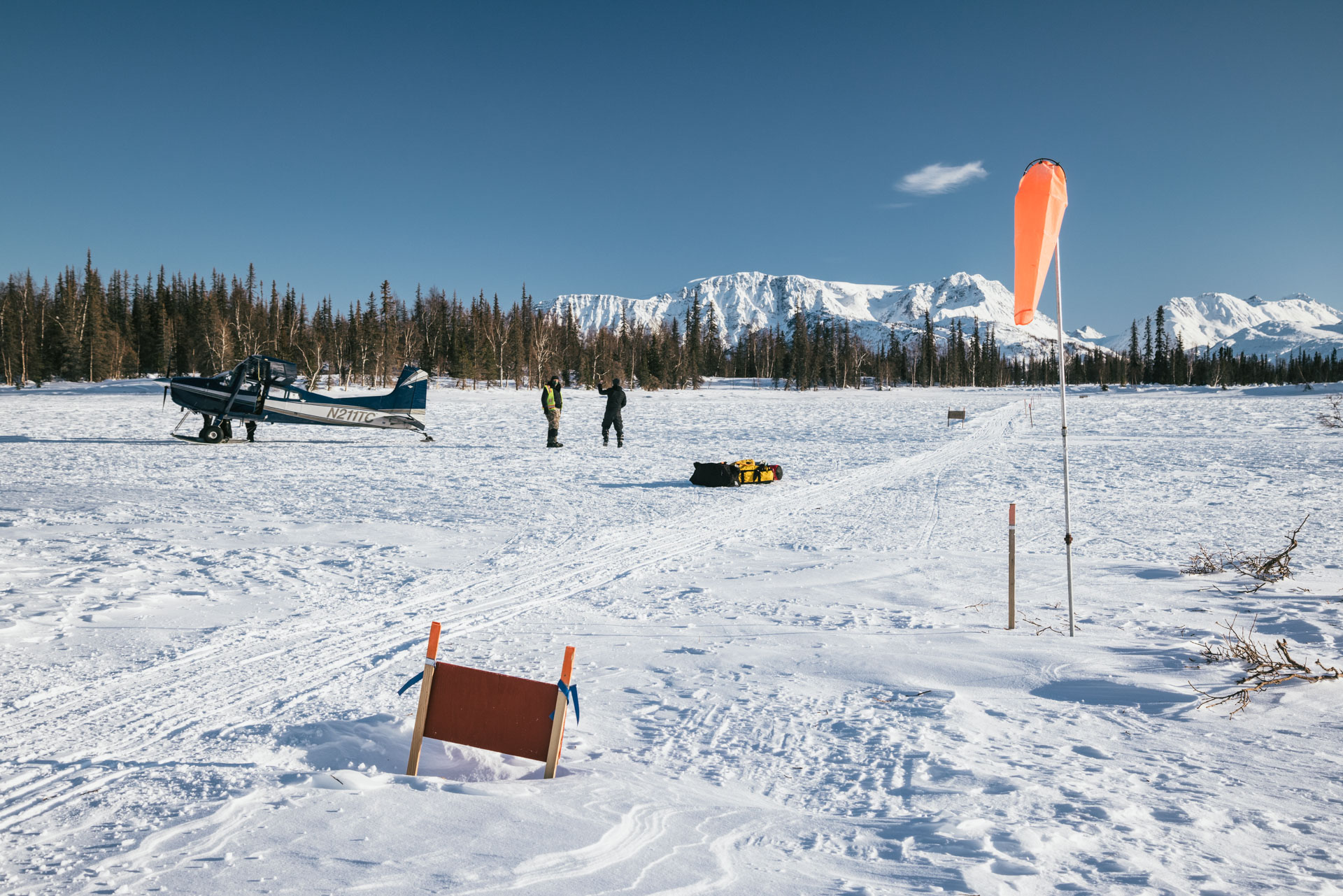
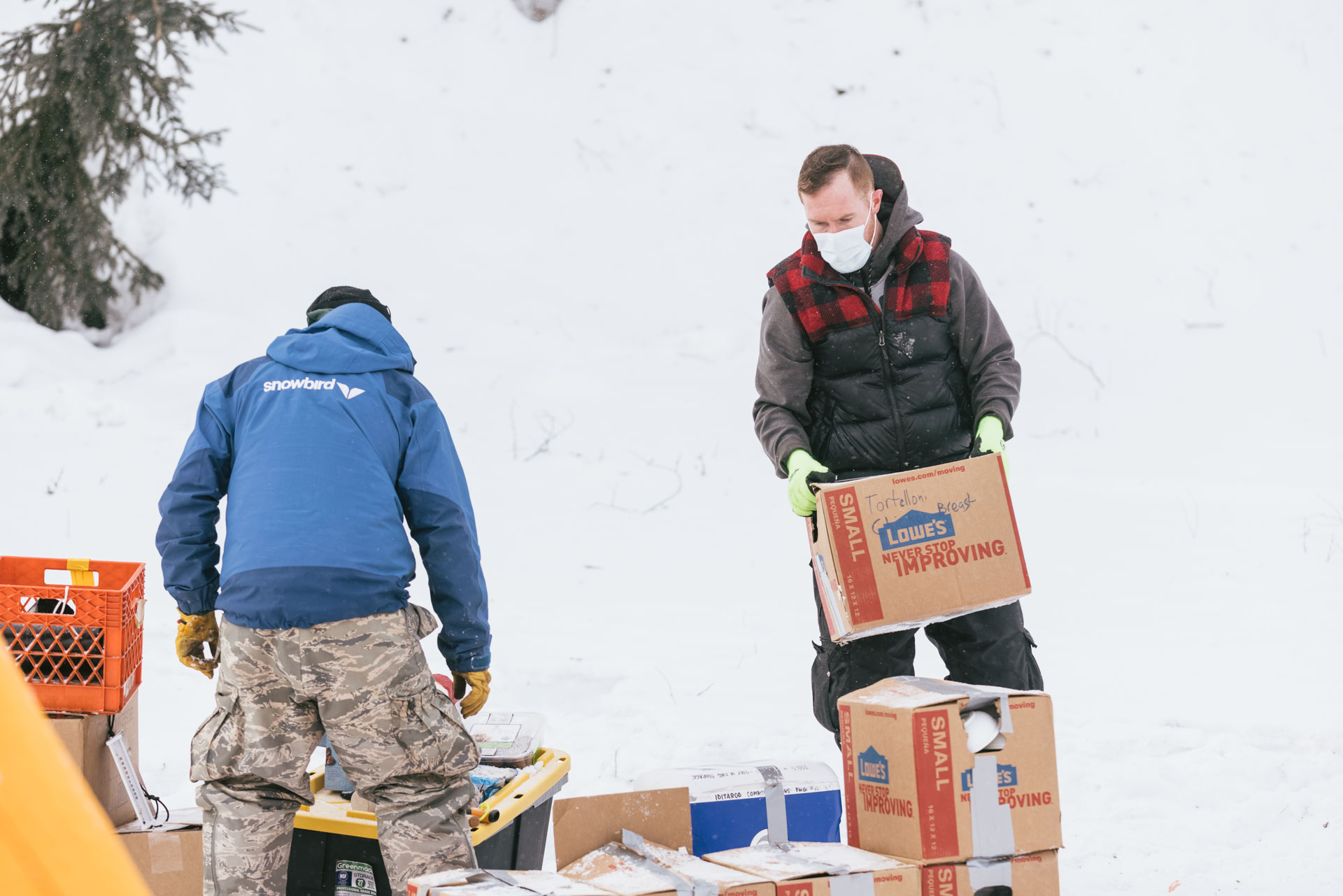

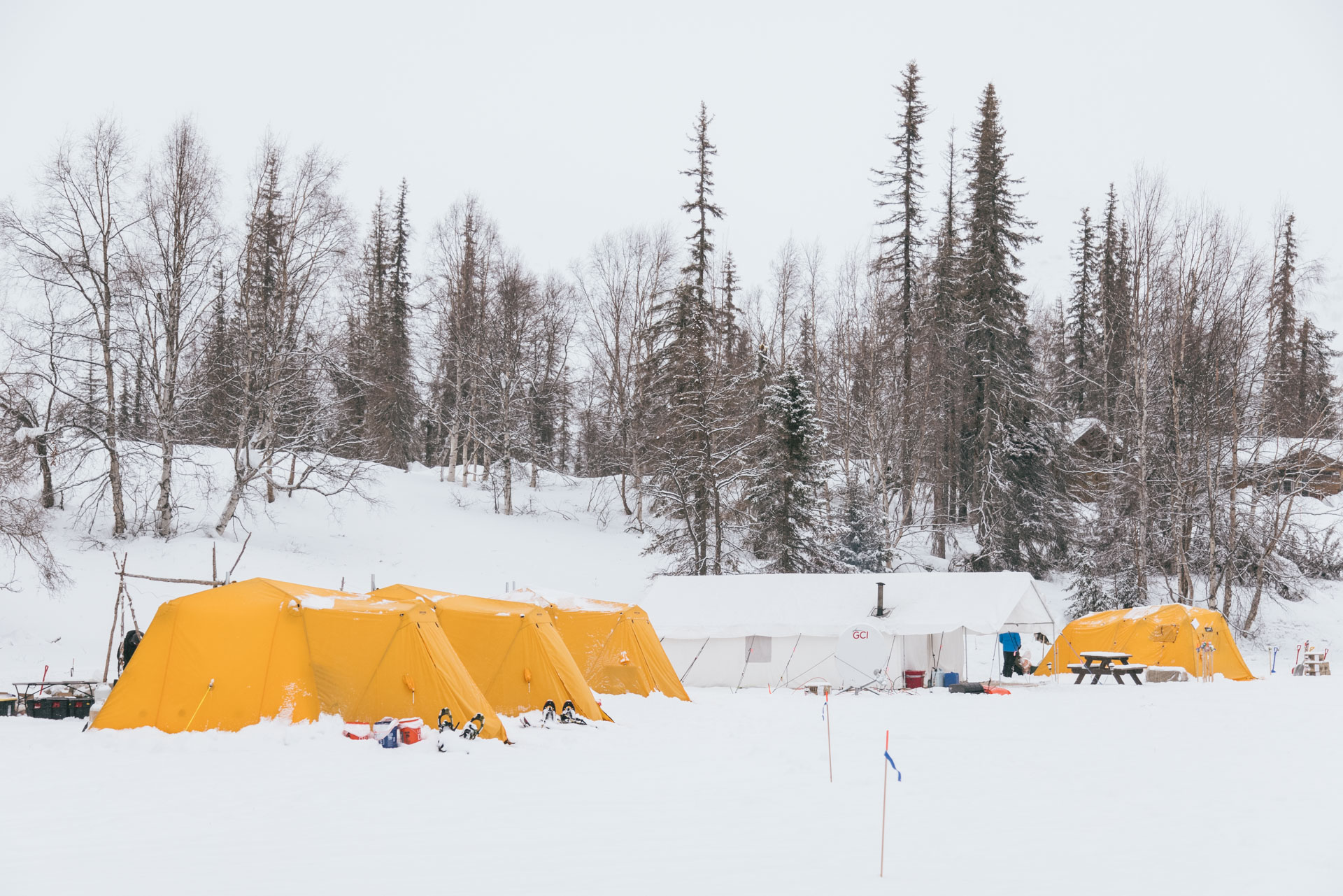
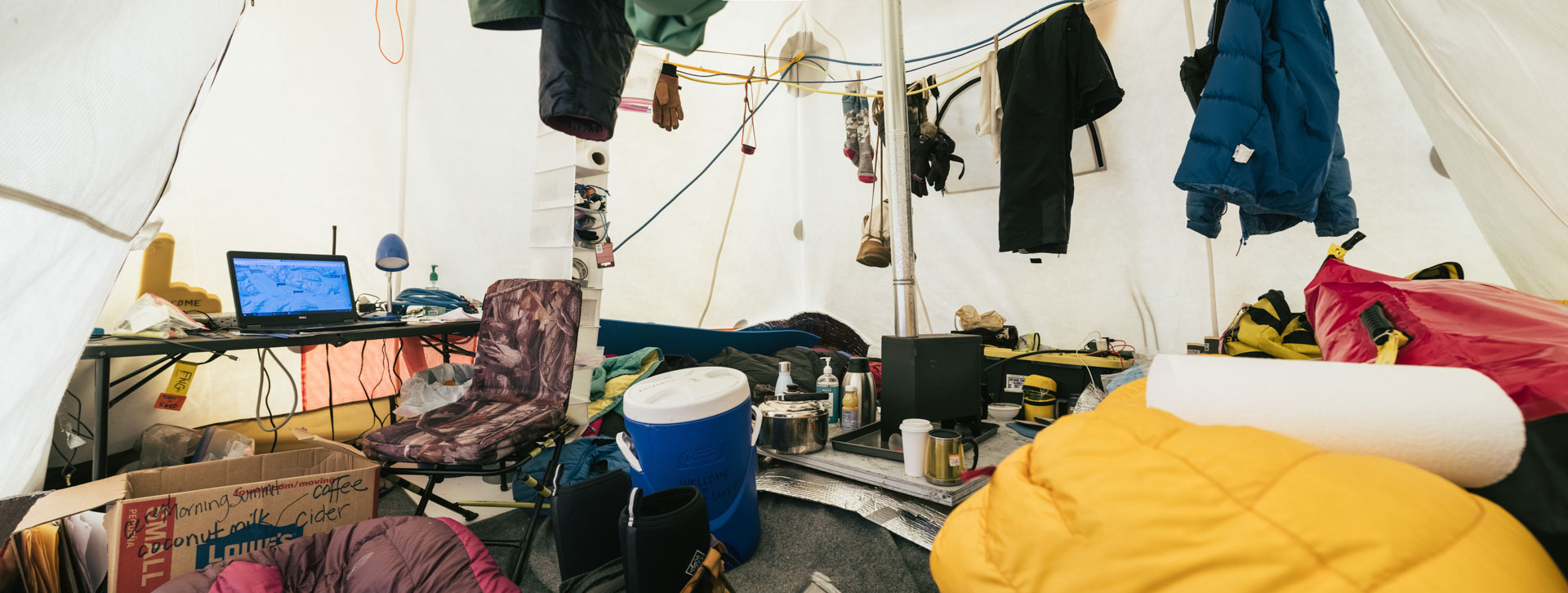
We also set up our outhouses. At Finger Lake we packed everything out using so-called wag bags (Cleanwaste GO Anywhere Toilet Kits). It's essentially a double-bagging system with a chemical gravel that turns your waste into a clean, smell-free packet that can be thrown away in regular garbage. It's the same system used for other environmentally sensitive areas that get a lot of human traffic, for example the Grand Canyon.
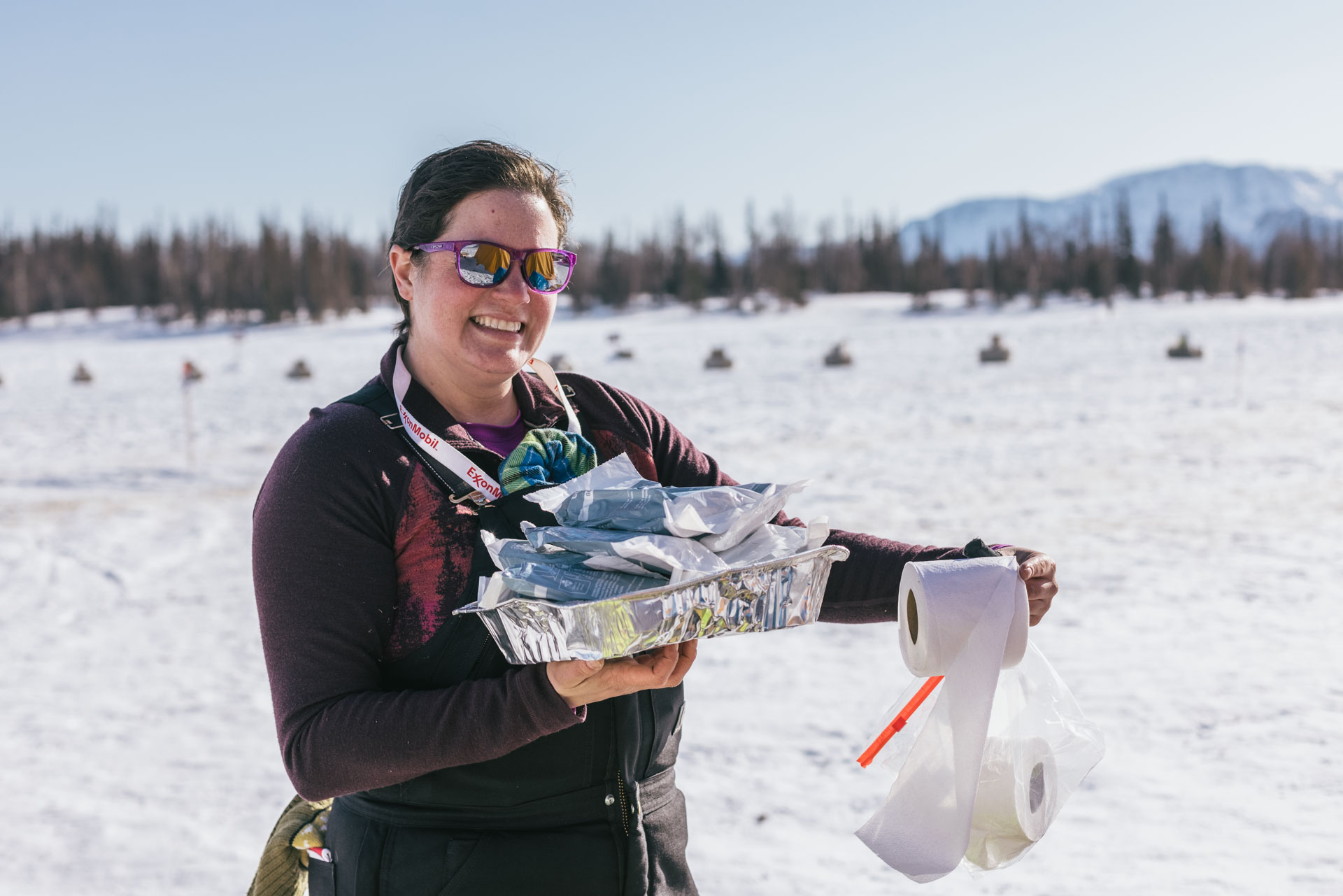
As we set up our area, we had some overlap with the Iditarod Trail Invitational who also had a checkpoint at Finger Lake. For the ITI, participants could choose to bike, ski, or be on foot for a 350-mile course from Big Lake to Rohn and back. This year, finishers took 4-10 days to complete the course, with people on bikes getting the fastest times. I've often gravitated towards the self-supported community, and it was fun to see a few athlete friends come through and cheer them on. The pictures below are Corrie Smith (bike) from Anchorage, Alaska; Ryan Wanless (run) from Sturgis, South Dakota; Sunny Stroeer (ski) from Kanab, Utah, and Sarah Hurkett from Eagle River, Alaska (run).
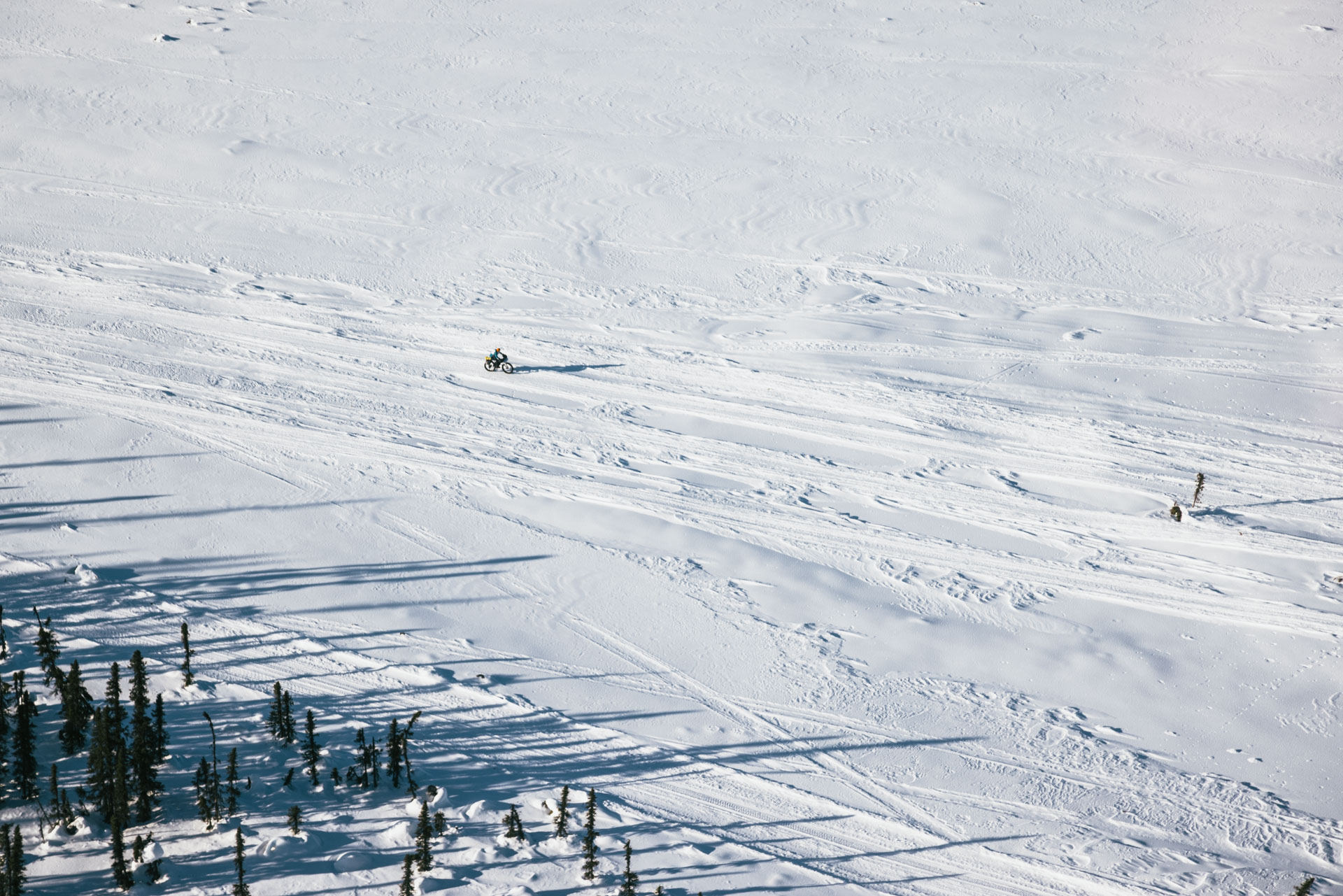
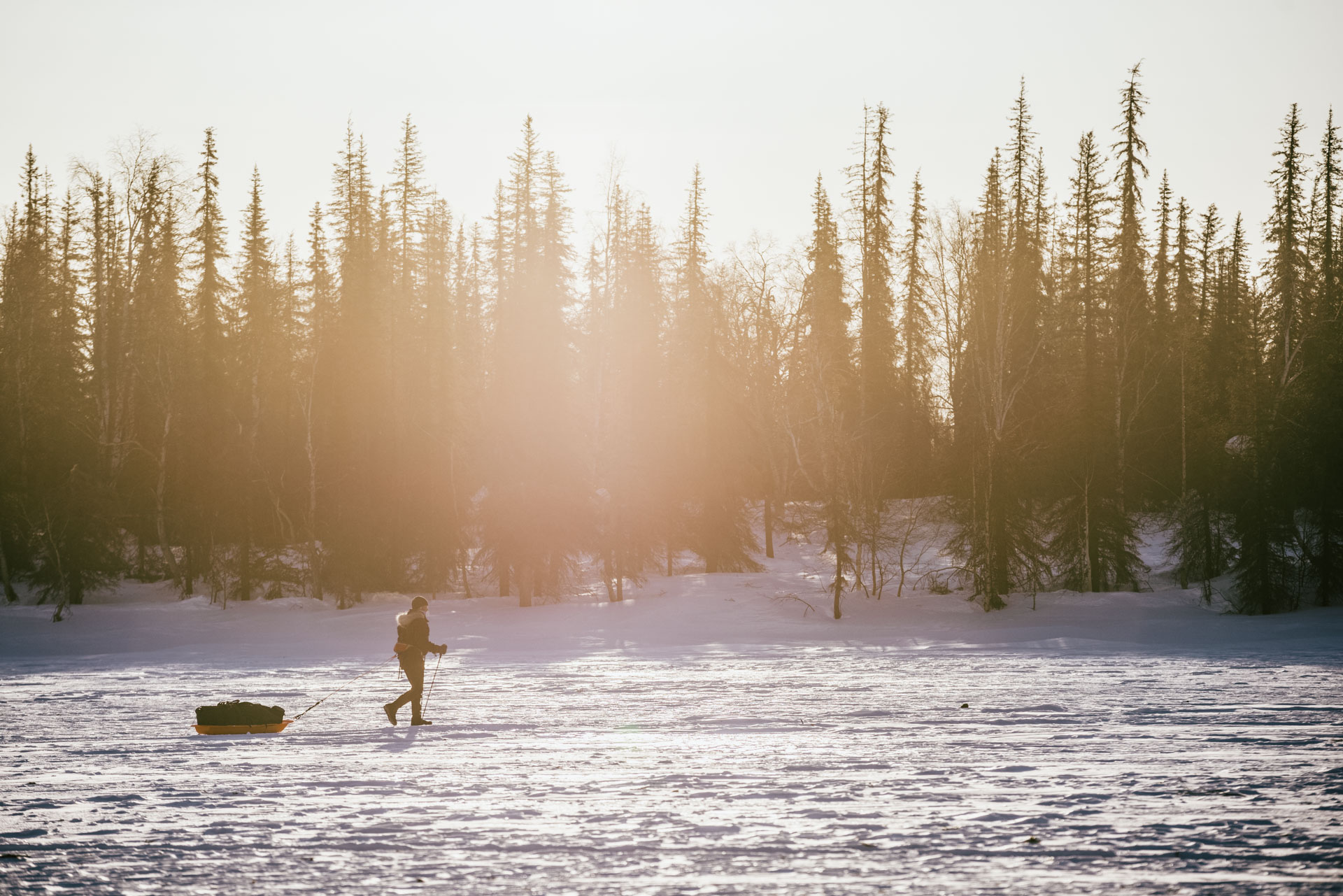
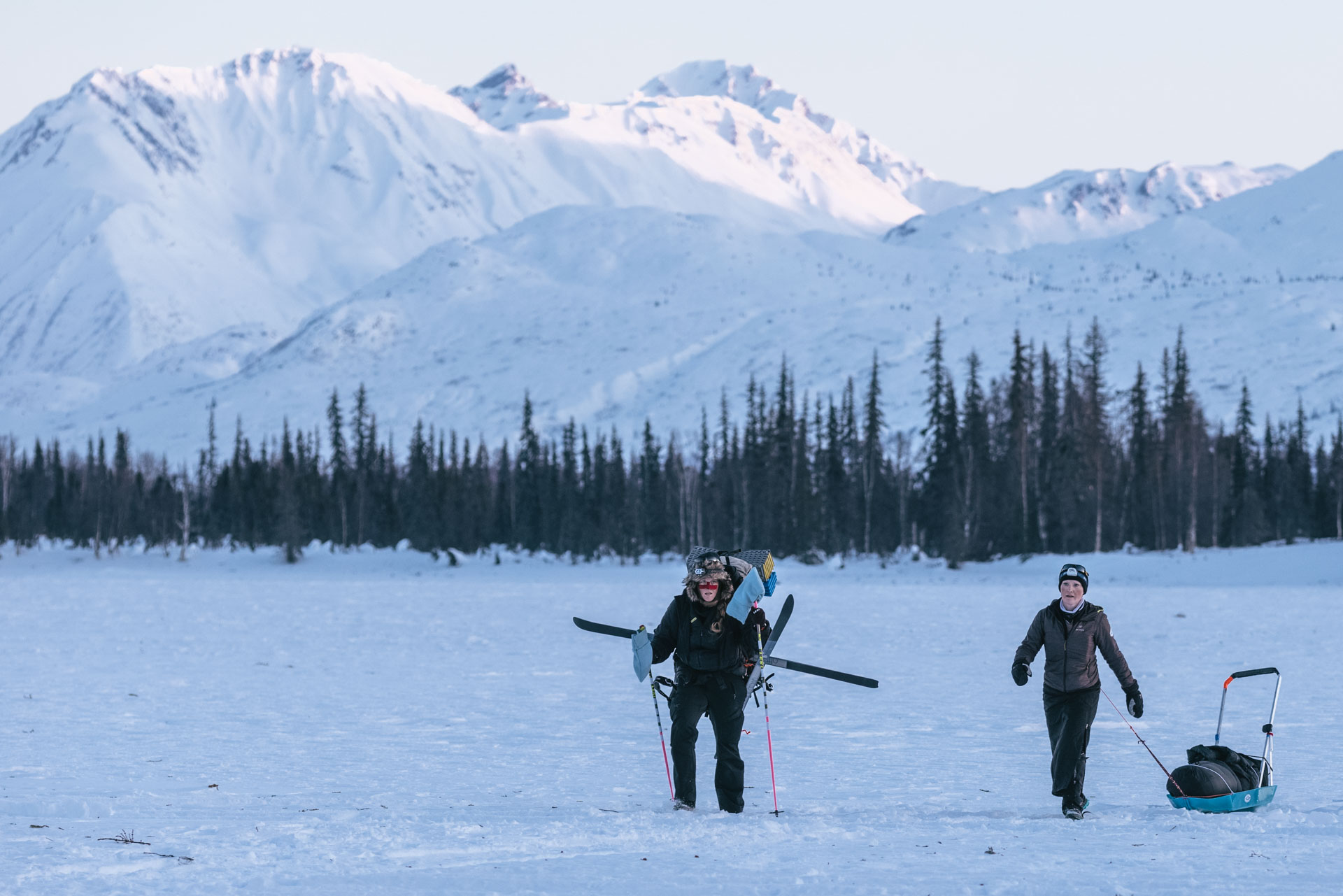
Surprisingly, each Iditarod checkpoint is different. Not just because they're in different locations, but also because they have different histories, traditions, and people running them. At Finger Lake, mushers needing water are provided an ice-fishing style hole, a ladle, and that's it. At Unalakleet, volunteers (of which there are many) will hand deliver hot or cold water to each musher in a five-gallon bucket. The main rule of thumb for checkpoint crew is that each musher should be offered the same amenities at that checkpoint.
Nevertheless, there are some commonalities including (1) an entrance where a checker records a team's time and the number of dogs they have, and a veterinarian checks their vet book, (2) places to park the teams if they want to rest, (3) labeled bags of dog and human food and spare gear (e.g., dry socks) that teams have paid to ship to the checkpoint, (4) straw for dogs to sleep on, (5) a source of water, (6) “Heet,” a high-heat cooking fuel, (7) places to put trash and bags of gear mushers want to ship back, (8) an obvious way for teams to get back on the trail going in the correct direction. Many of these things have to be created from scratch using the materials at hand — e.g., snow, straw bales, and wooden stakes. The Finger Lake checkpoint also has convenient access to a storage shed at the lodge, so we had a pile of sleds, shovels, lights, snow-fencing, signs made by previous crews, etc. to work with. The lodge staff also helped quite a bit by helping to haul some gear with snow machines and drilling the water hole with their gas-powered auger.
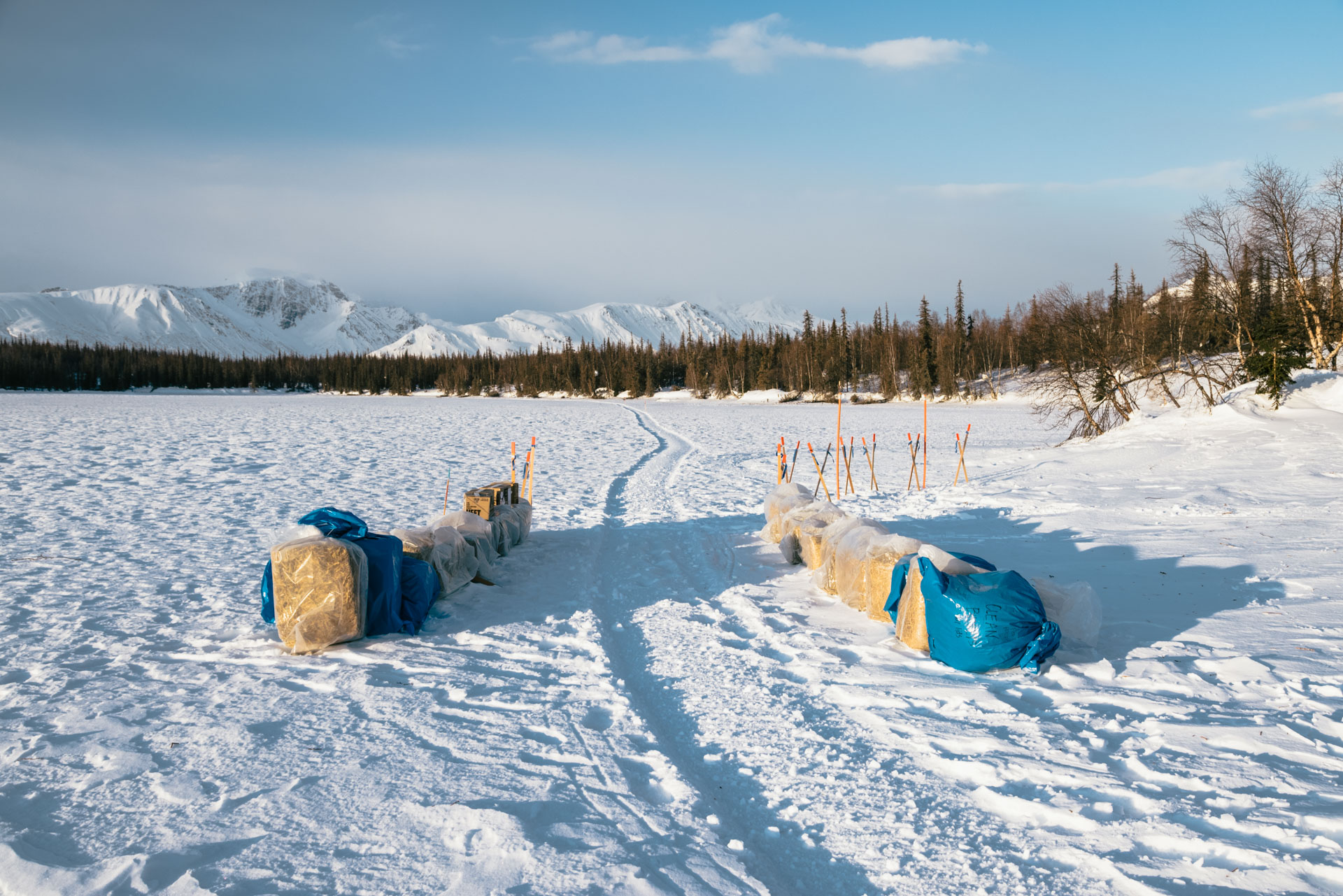
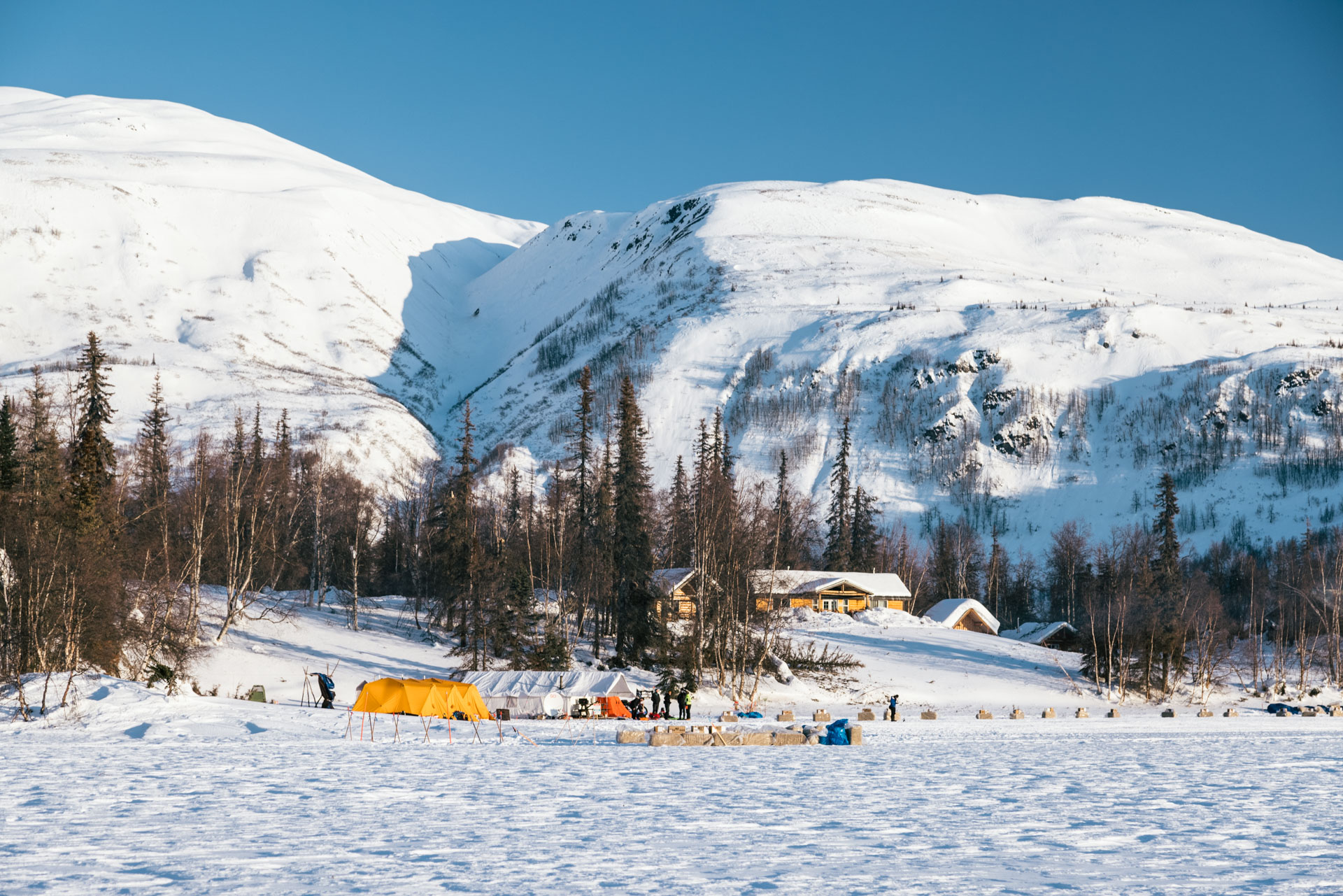
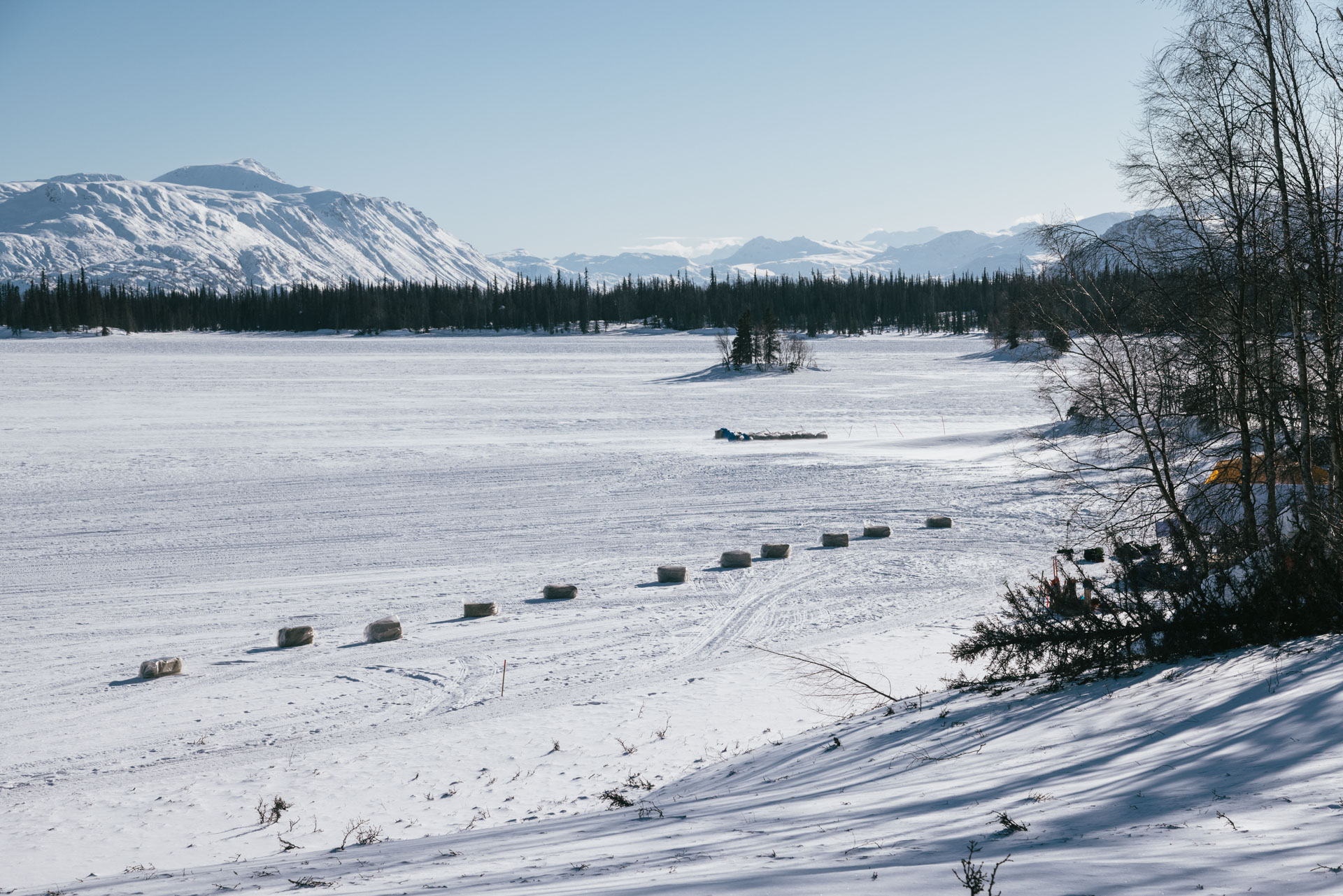
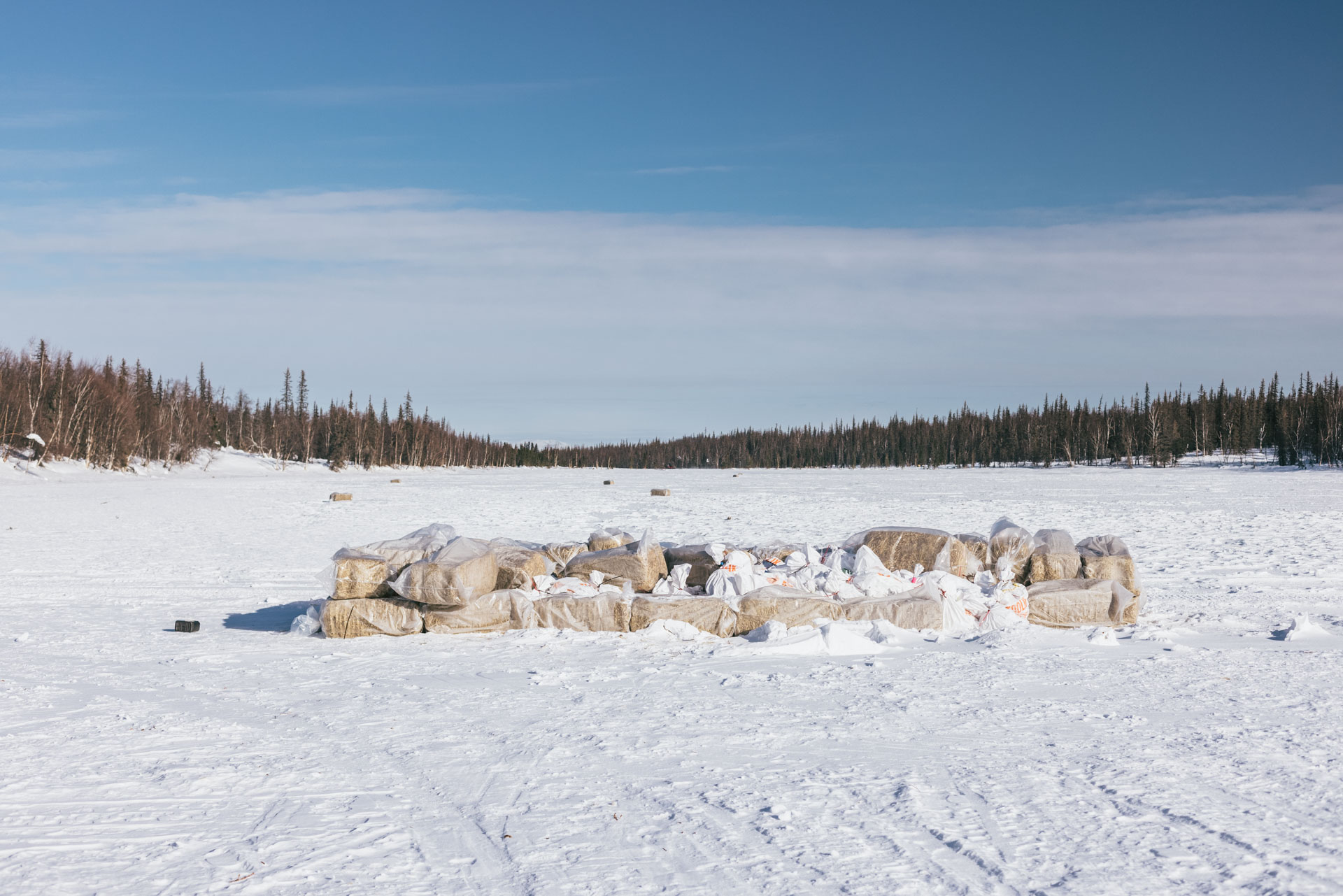
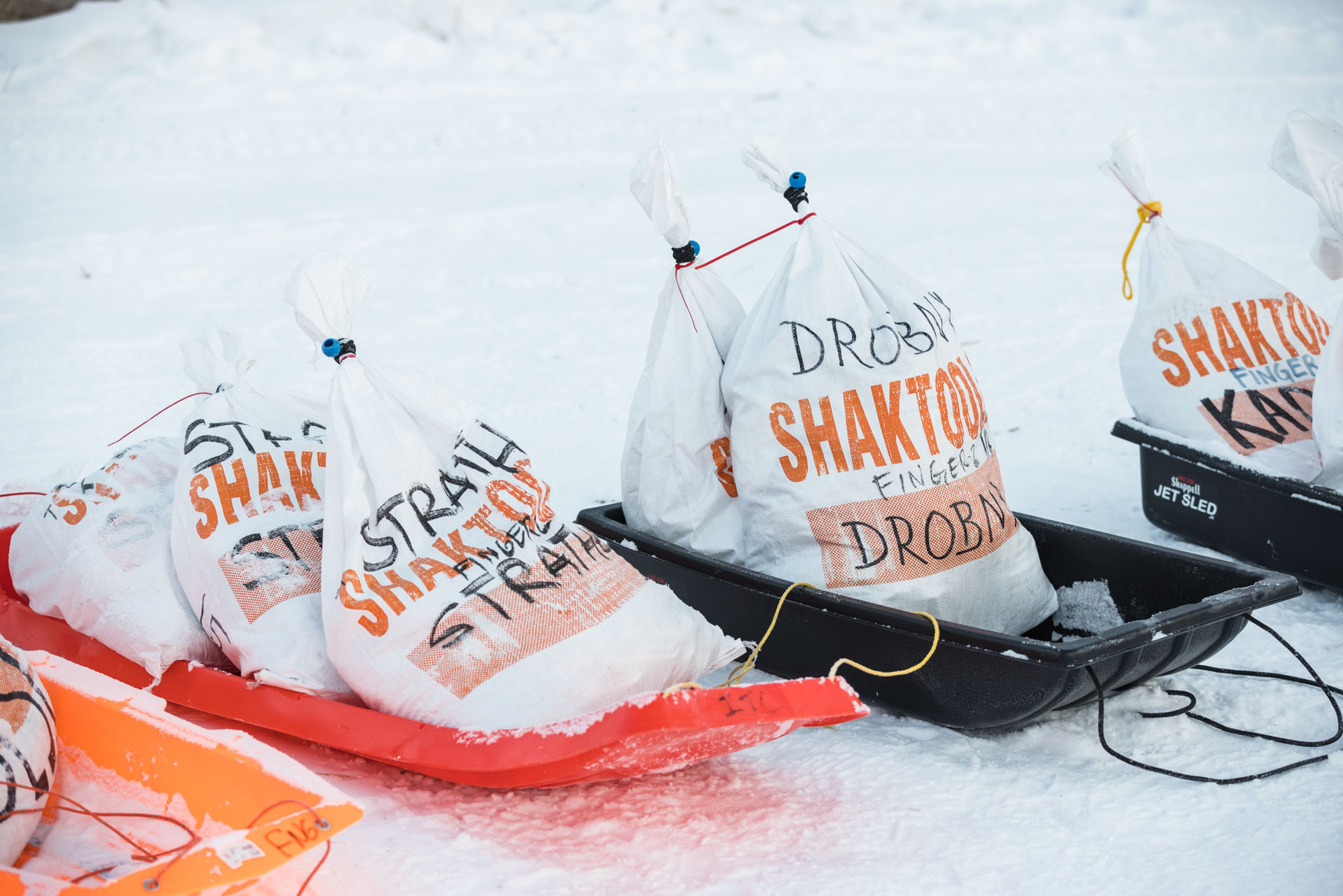
When that was all finished, we prepped about 50 sandwiches. This checkpoint is very close to the start of the race so many teams come in quick succession, and once it begins there is not even time to make yourself a sandwich. Then we sat tight. We didn't know exactly when teams would start arriving, but based on previous years we roughly expected the first team around 4 am on March 8th.
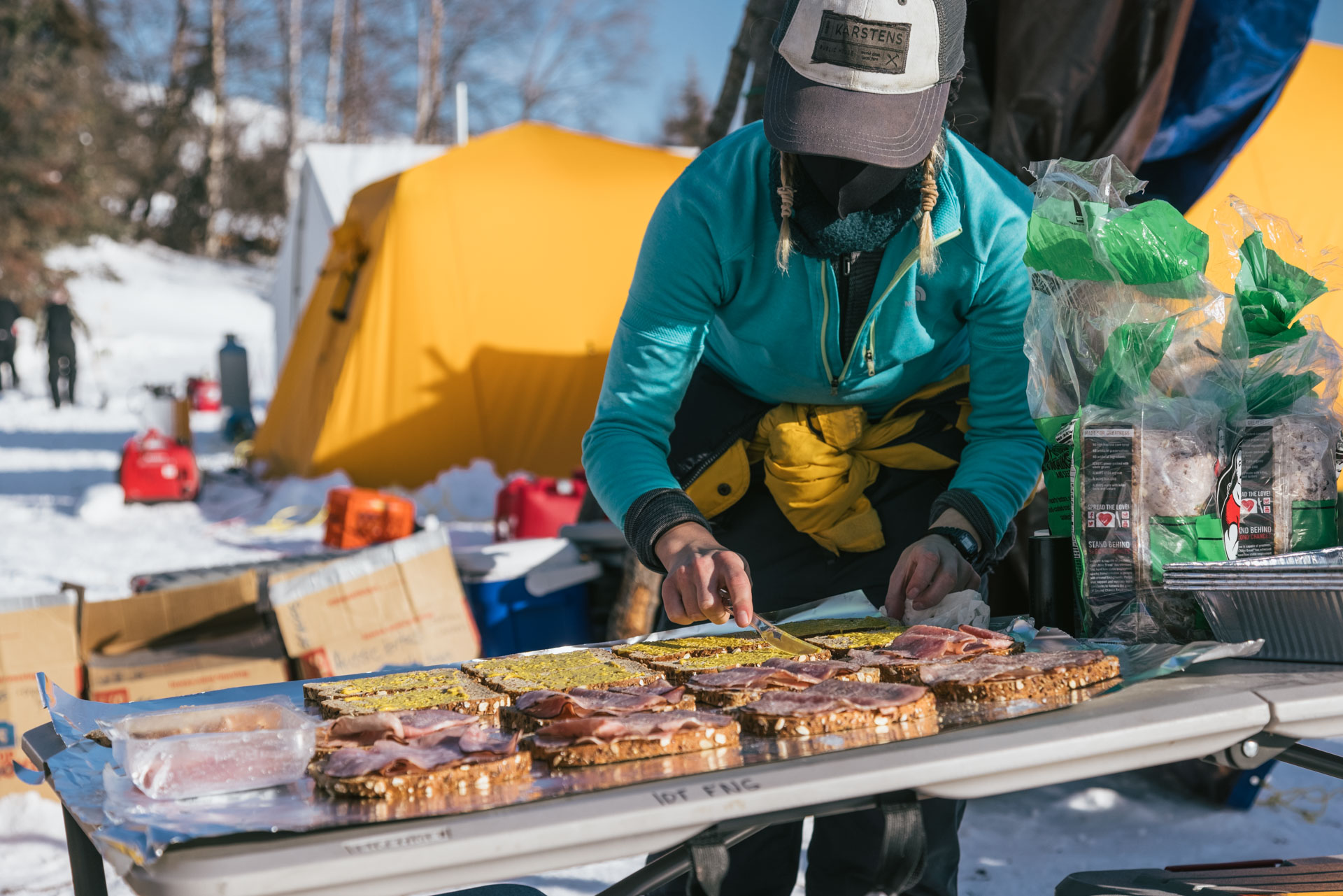
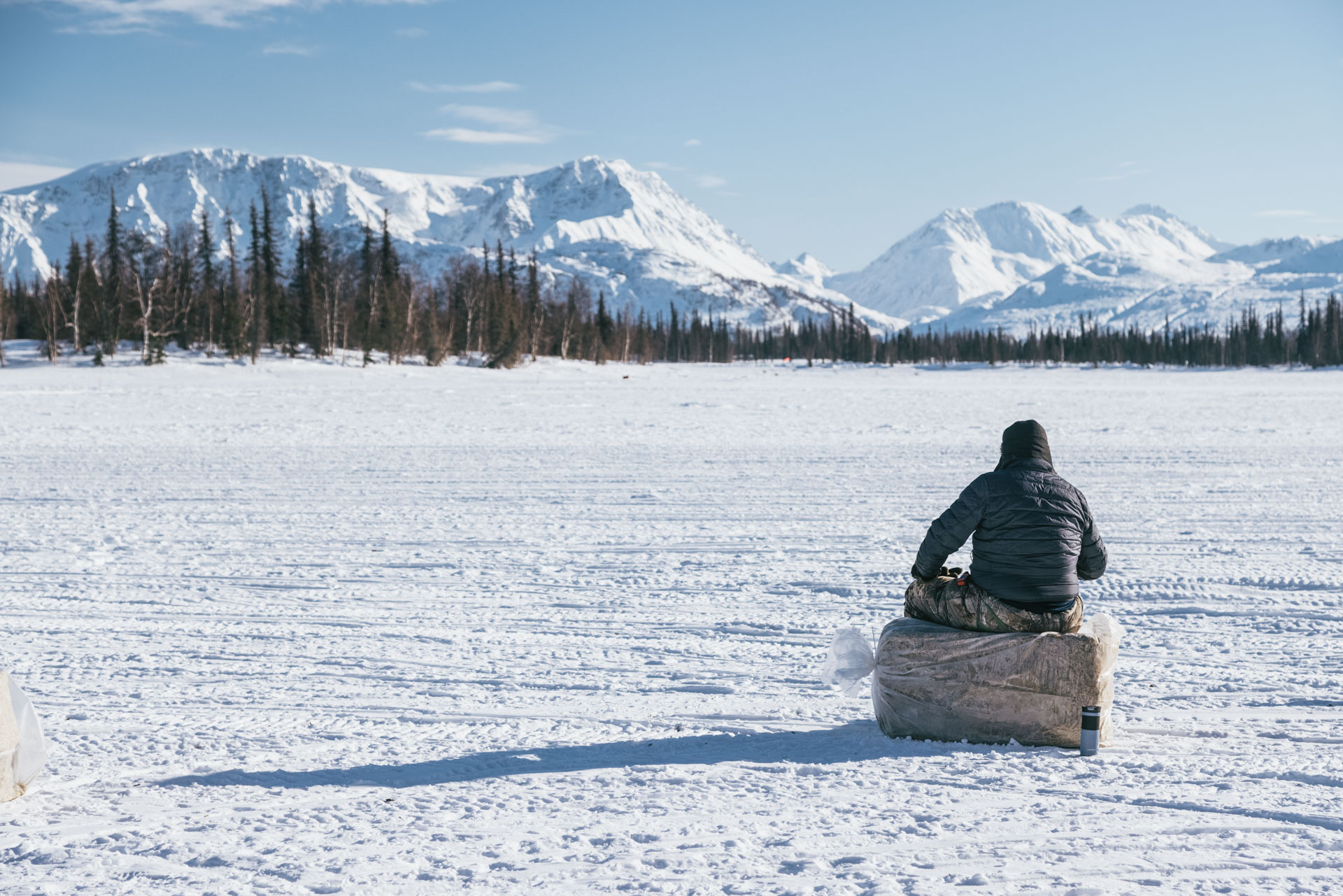
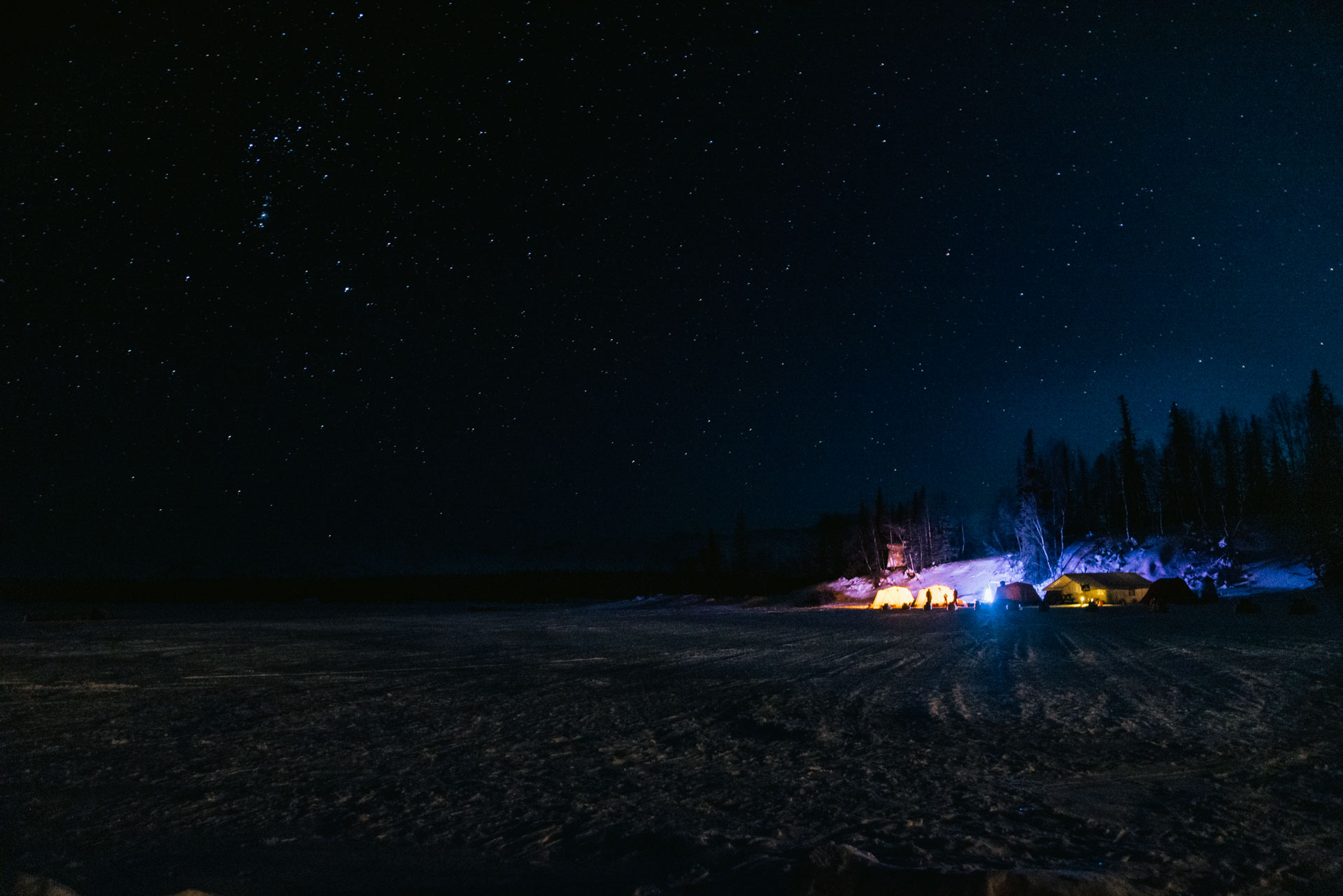
In previous years, volunteers at Iditarod checkpoints had rudimentary internet access, which allowed us to check where teams were on the trail. This information was used to get ready for incoming teams, especially when they would arrive in the middle of the night. This year the Iditarod made the curious decision to deny internet access and GPS tracking information to the comms team while the official media team ("Iditarod Insider") was at the checkpoint. So, it was unsurprising mayhem when the media lead woke everyone out of a deep sleep at 1:00 am — 3 hours earlier than we all expected — by shouting, "Nic Petit is 4 miles out. And he's moving 10 miles an hour!" I was the fastest out of bed, and the only official checkpoint person to make it to the entrance chute in time for his early arrival, so I got to run in front of Petit's dog team to park them in our first lane at 1:17 am.
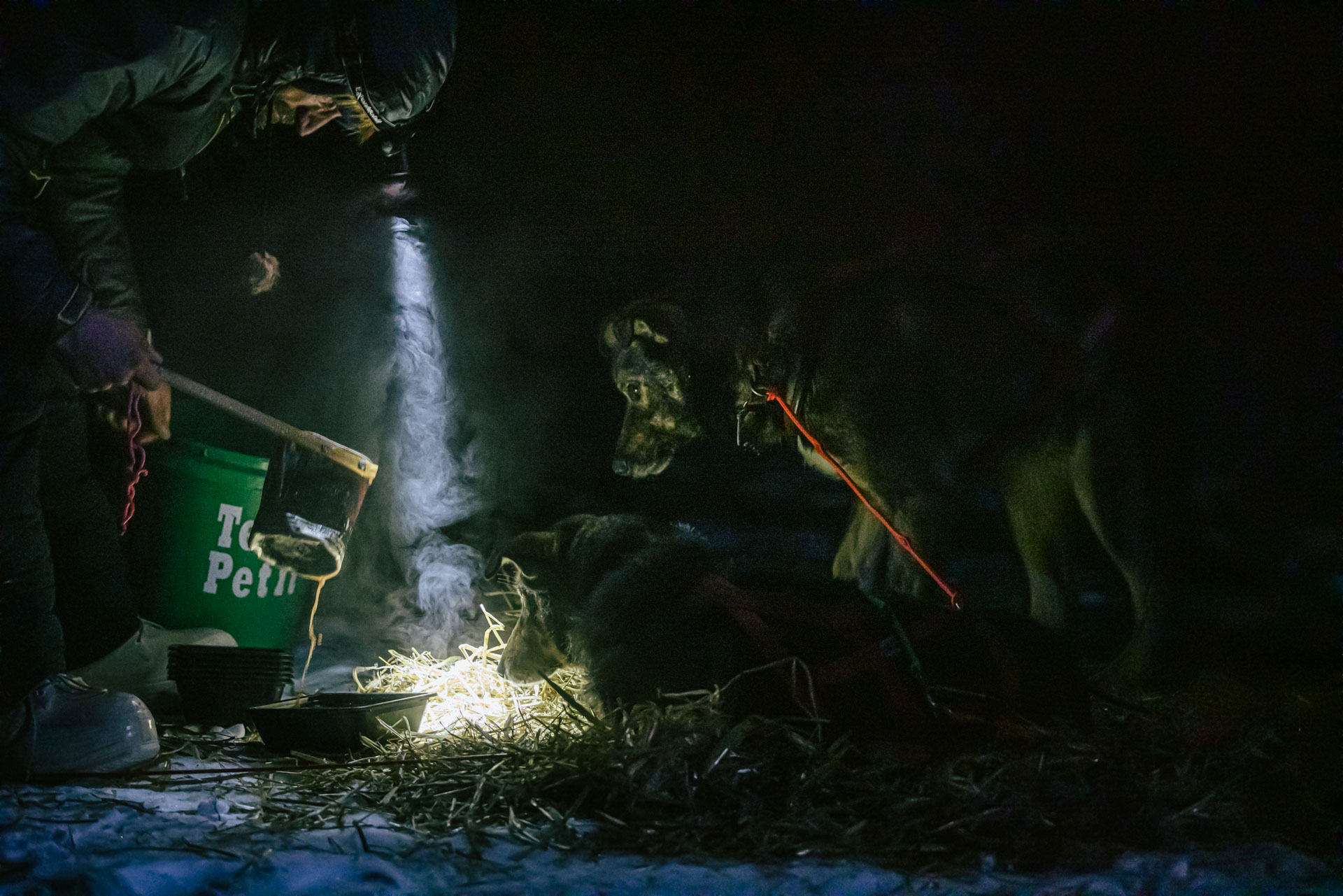
The next 16.5 hours were a blur of parking dog teams, raking straw, answering questions, and putting out metaphorical fires as 45 dog teams, most of which still had all 14 dogs, rolled in. Some teams stayed a few hours, some ran through, but at one point we had 18 teams in the checkpoint, or ~250 dogs on straw.
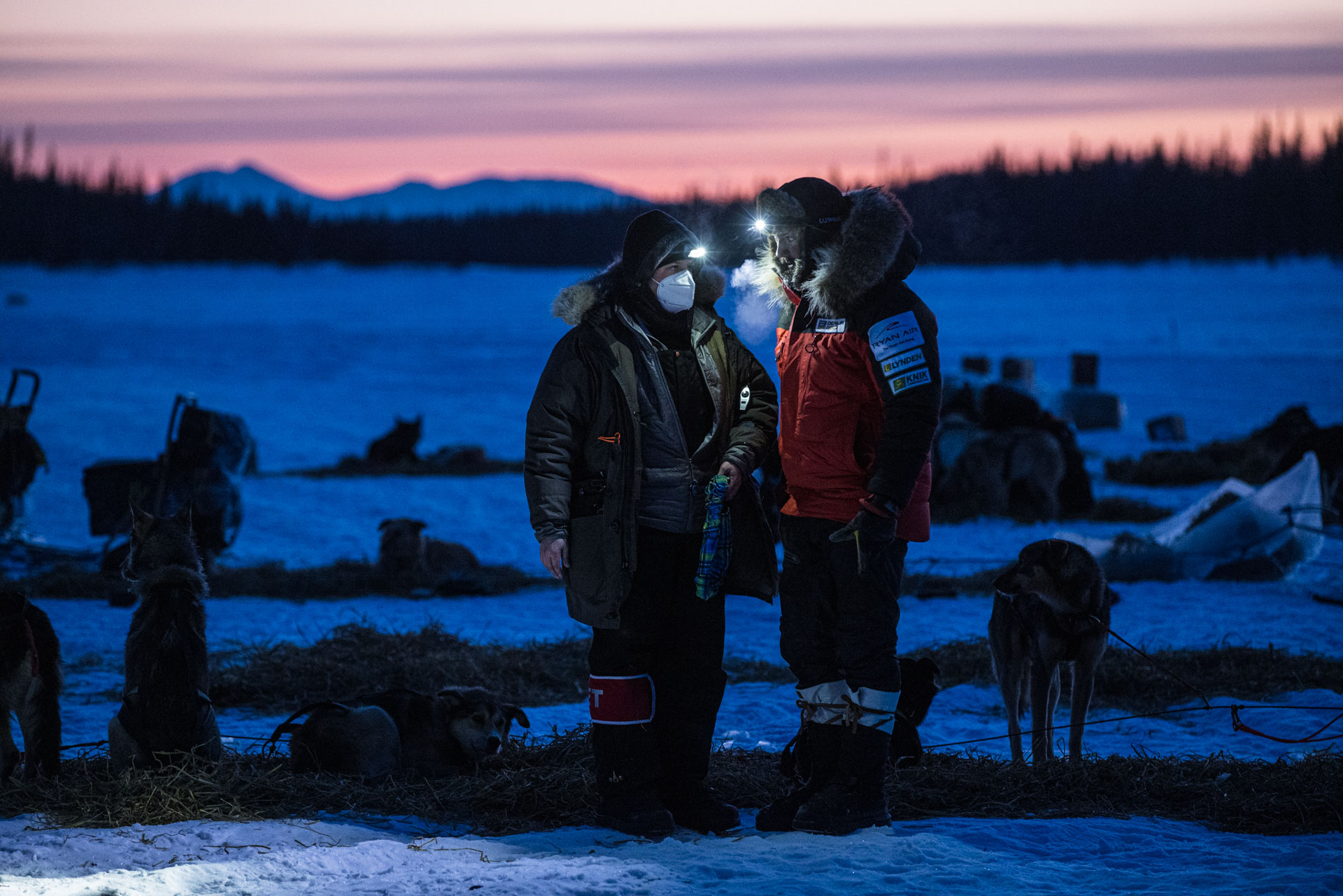
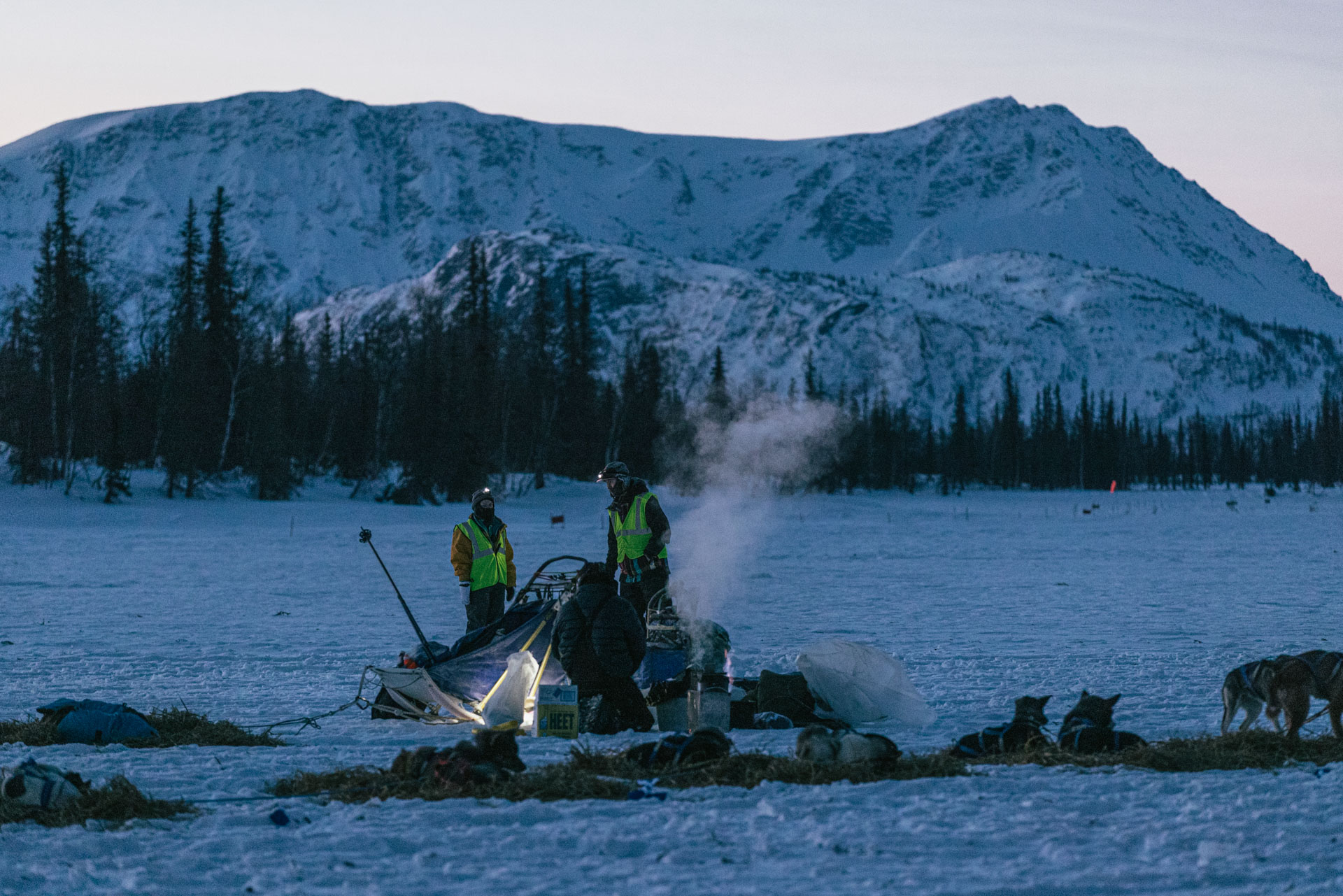
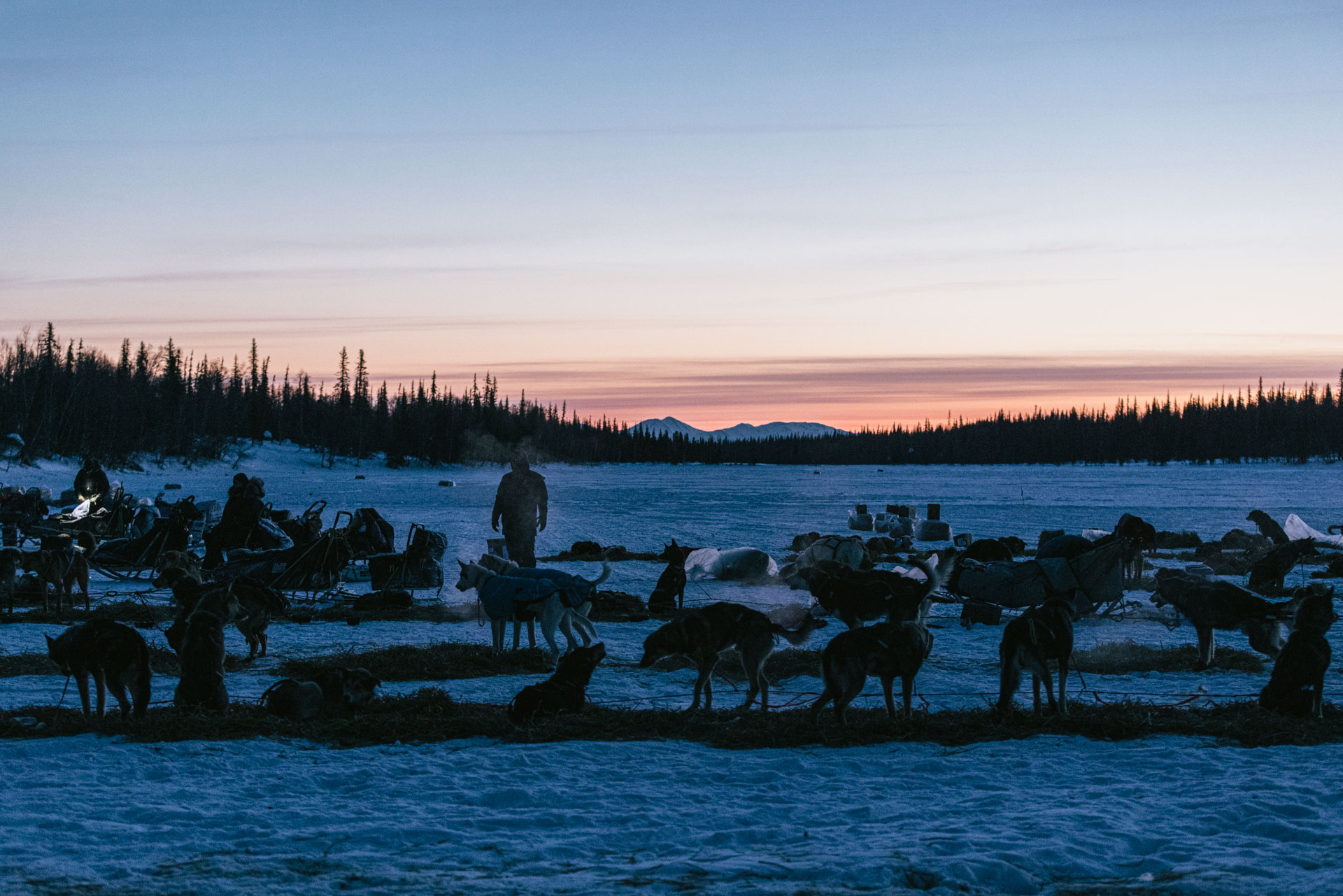
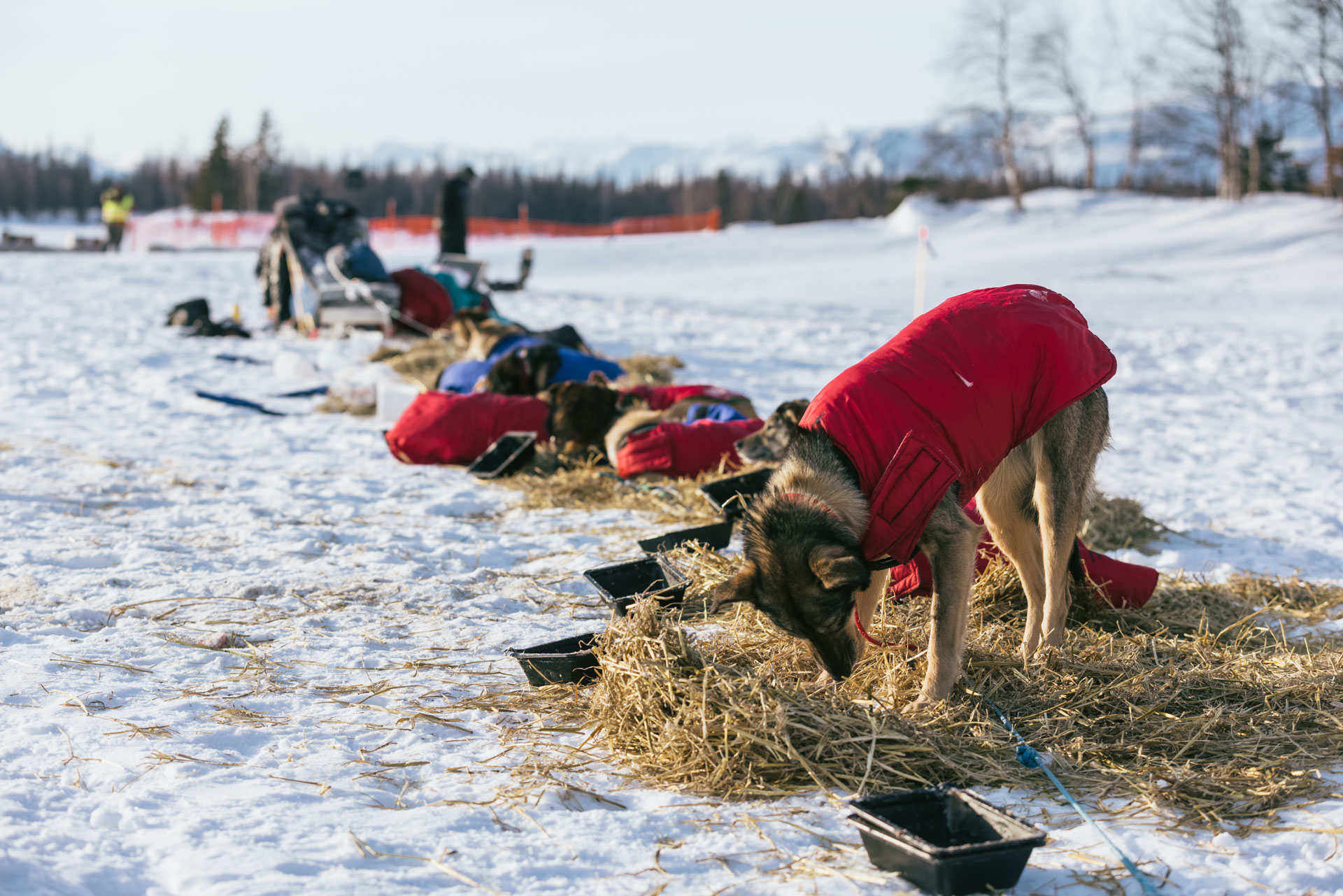
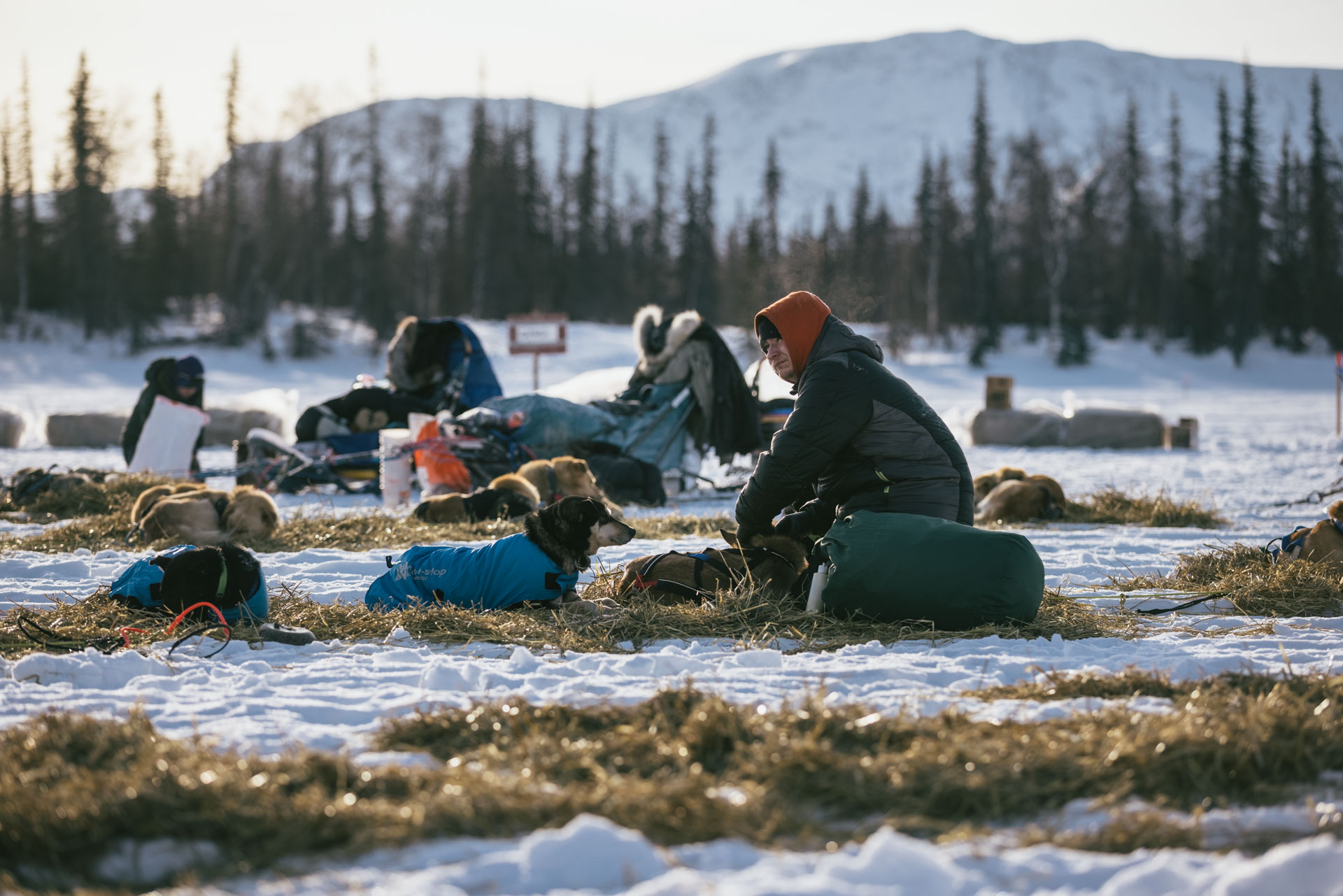
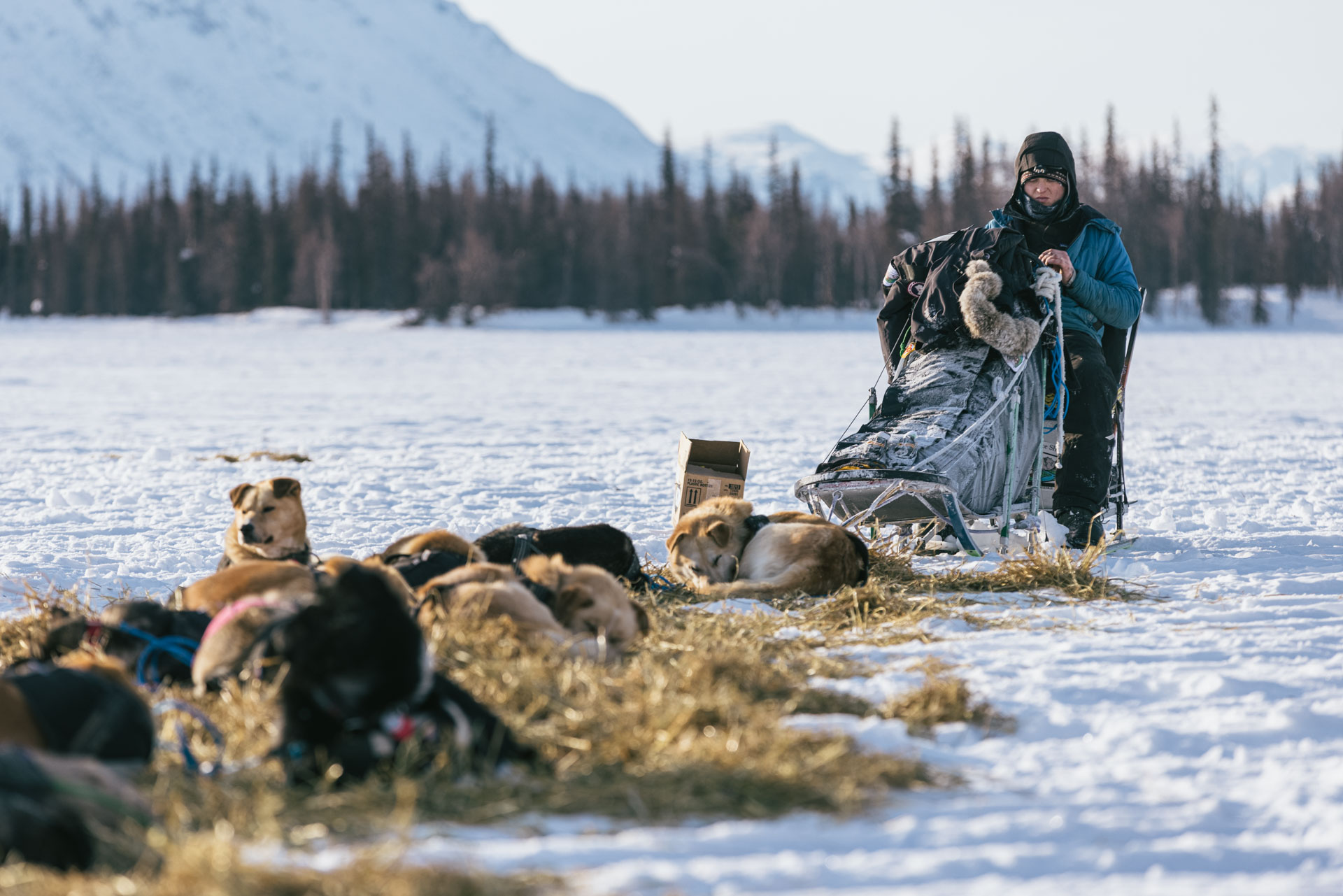
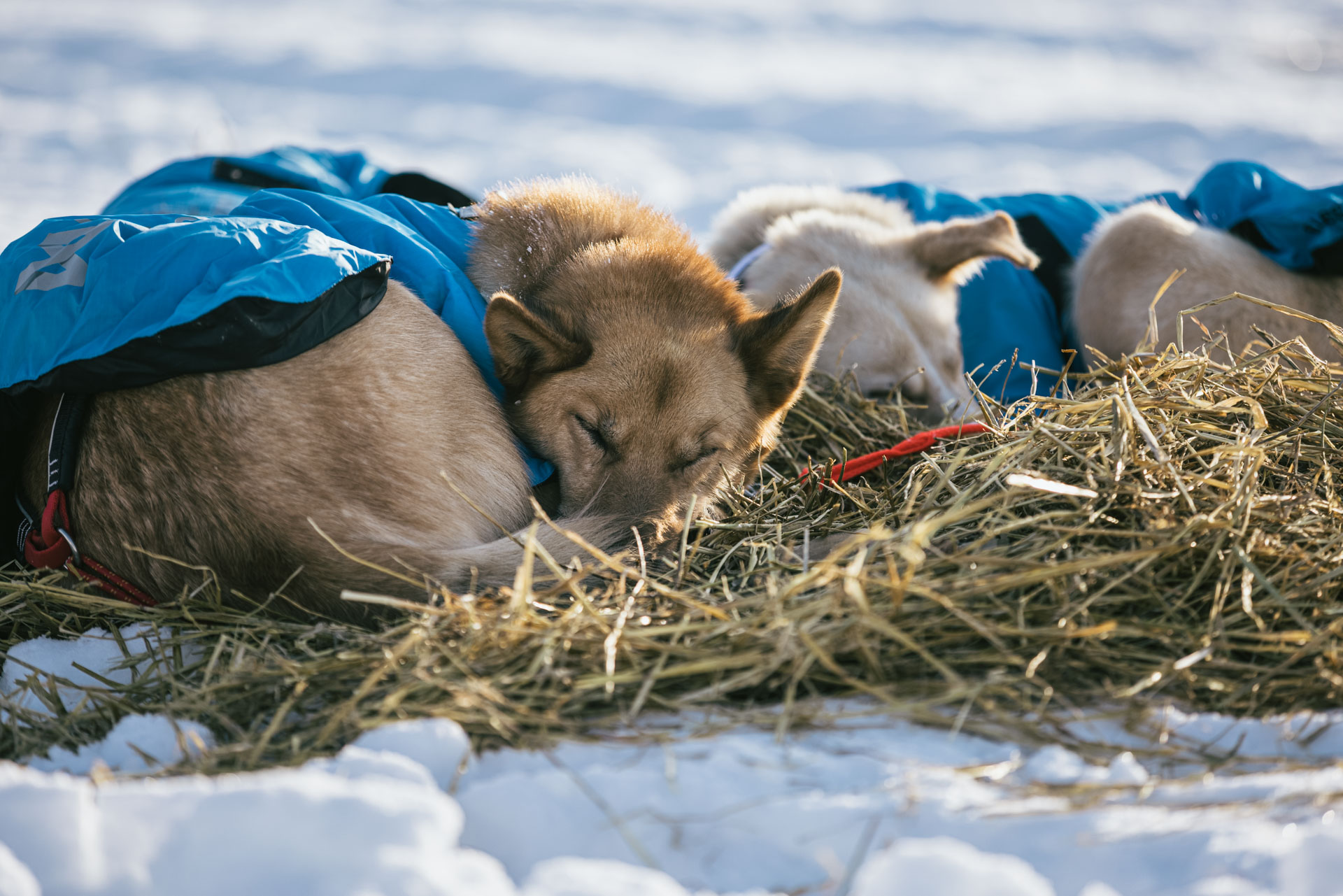
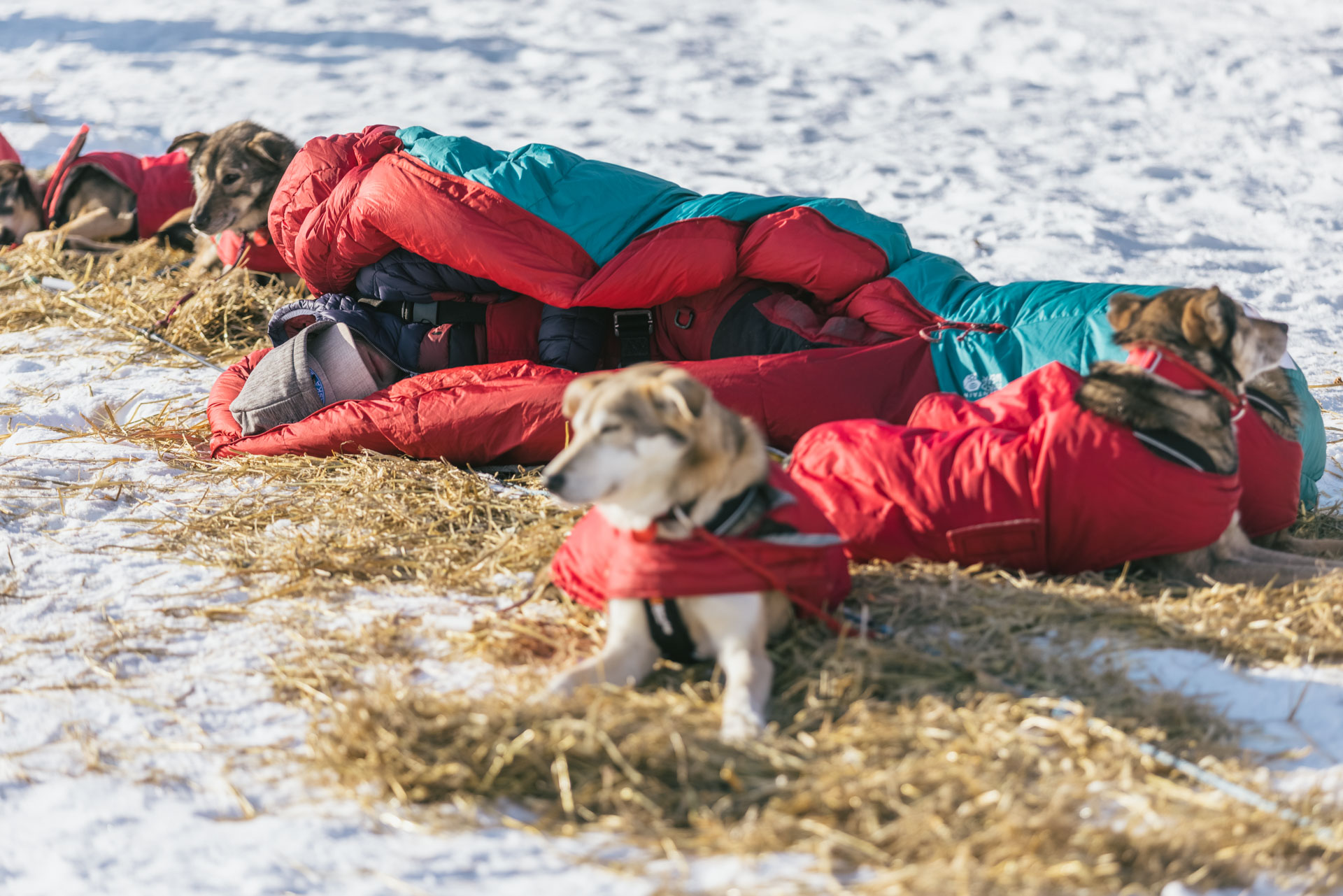
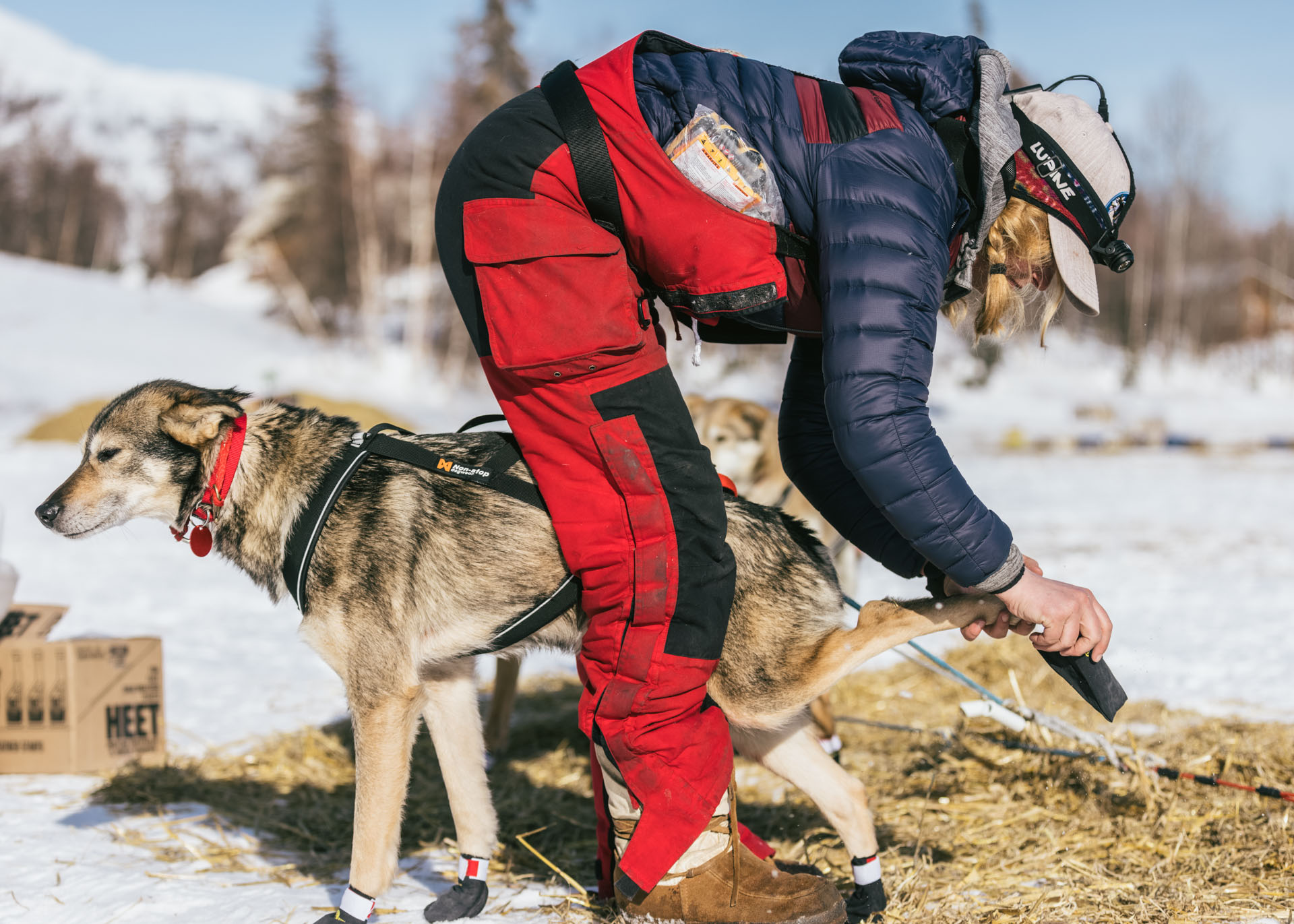
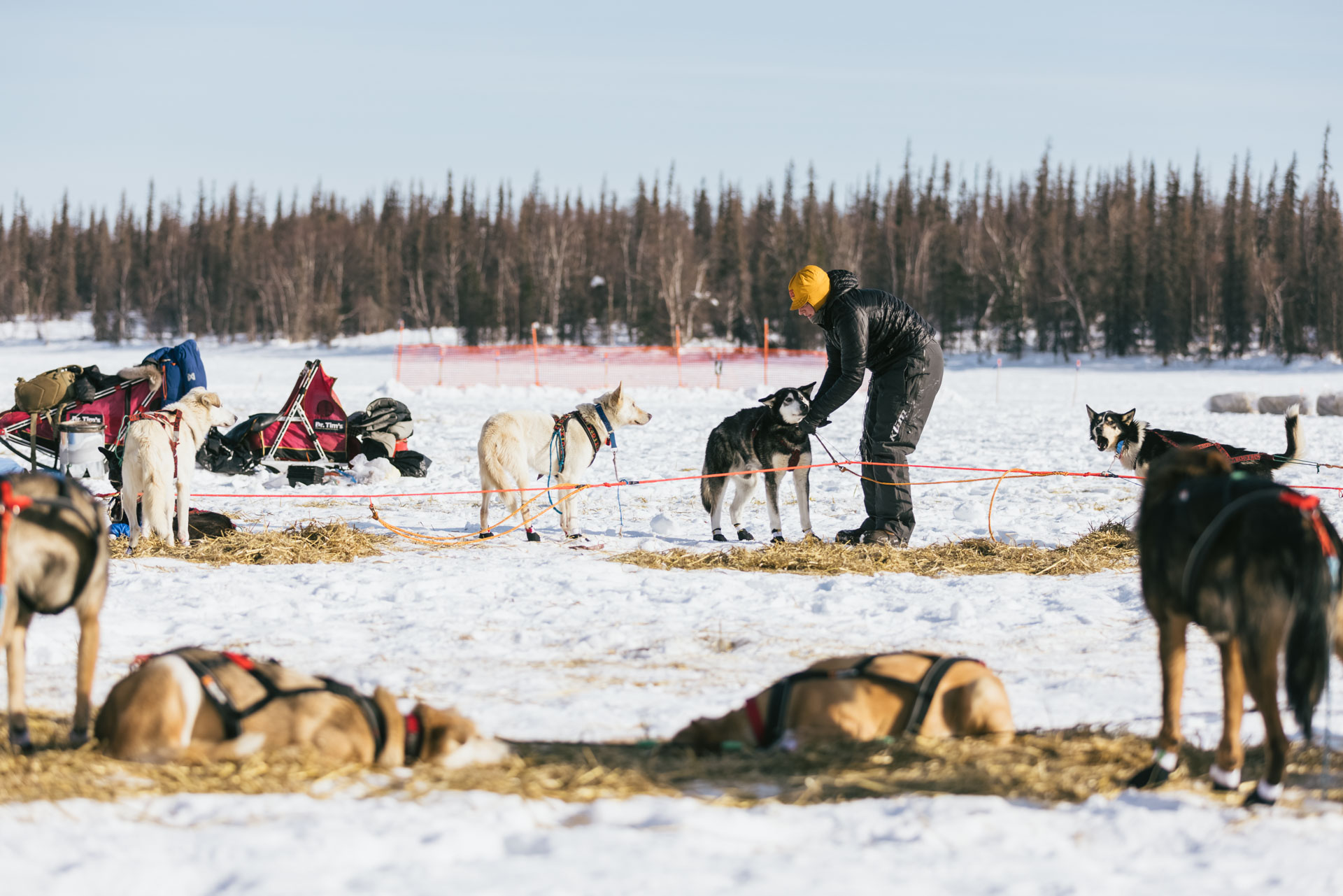
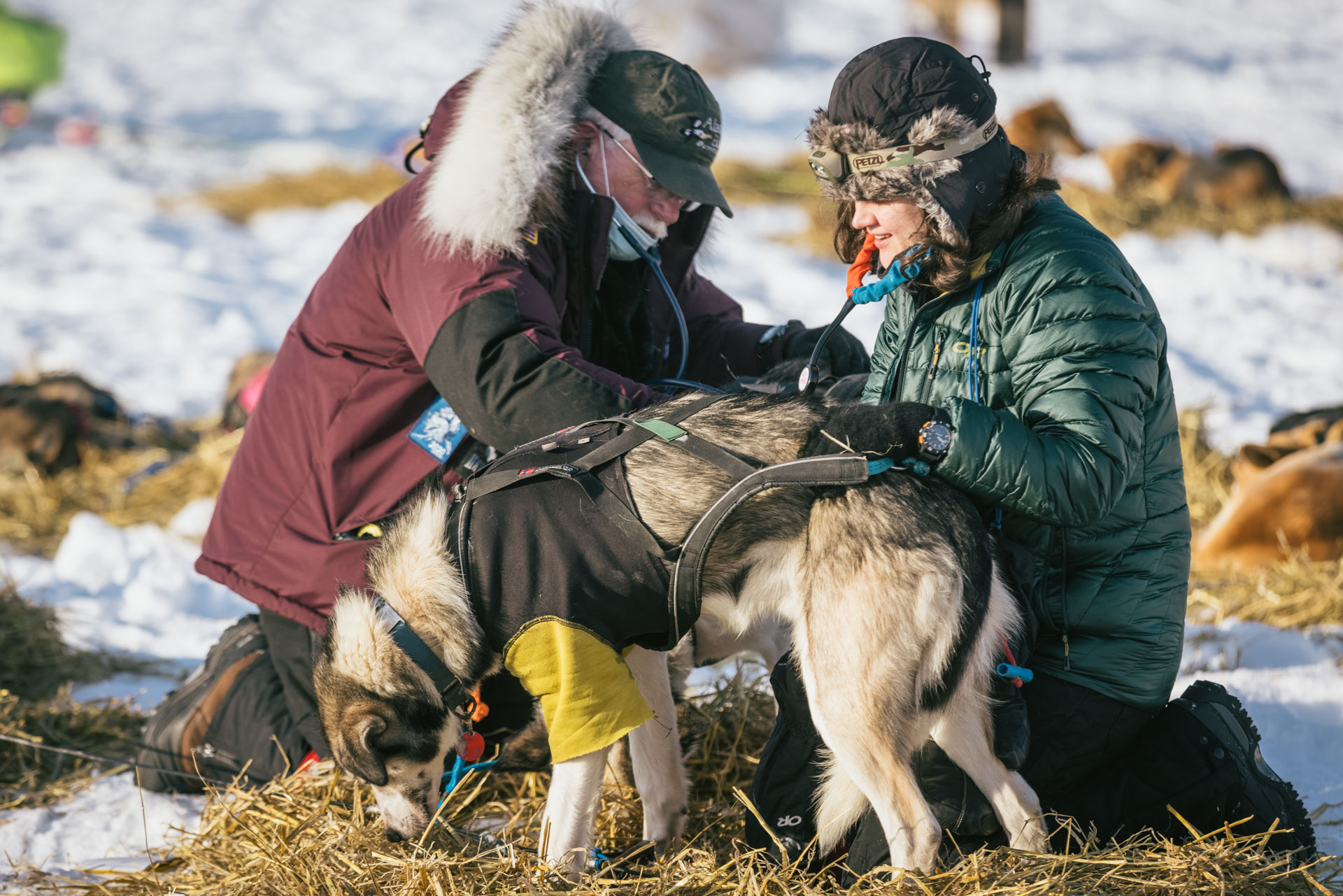
We applauded the last team out of the checkpoint at 5:40 pm. And then we took a snooze.
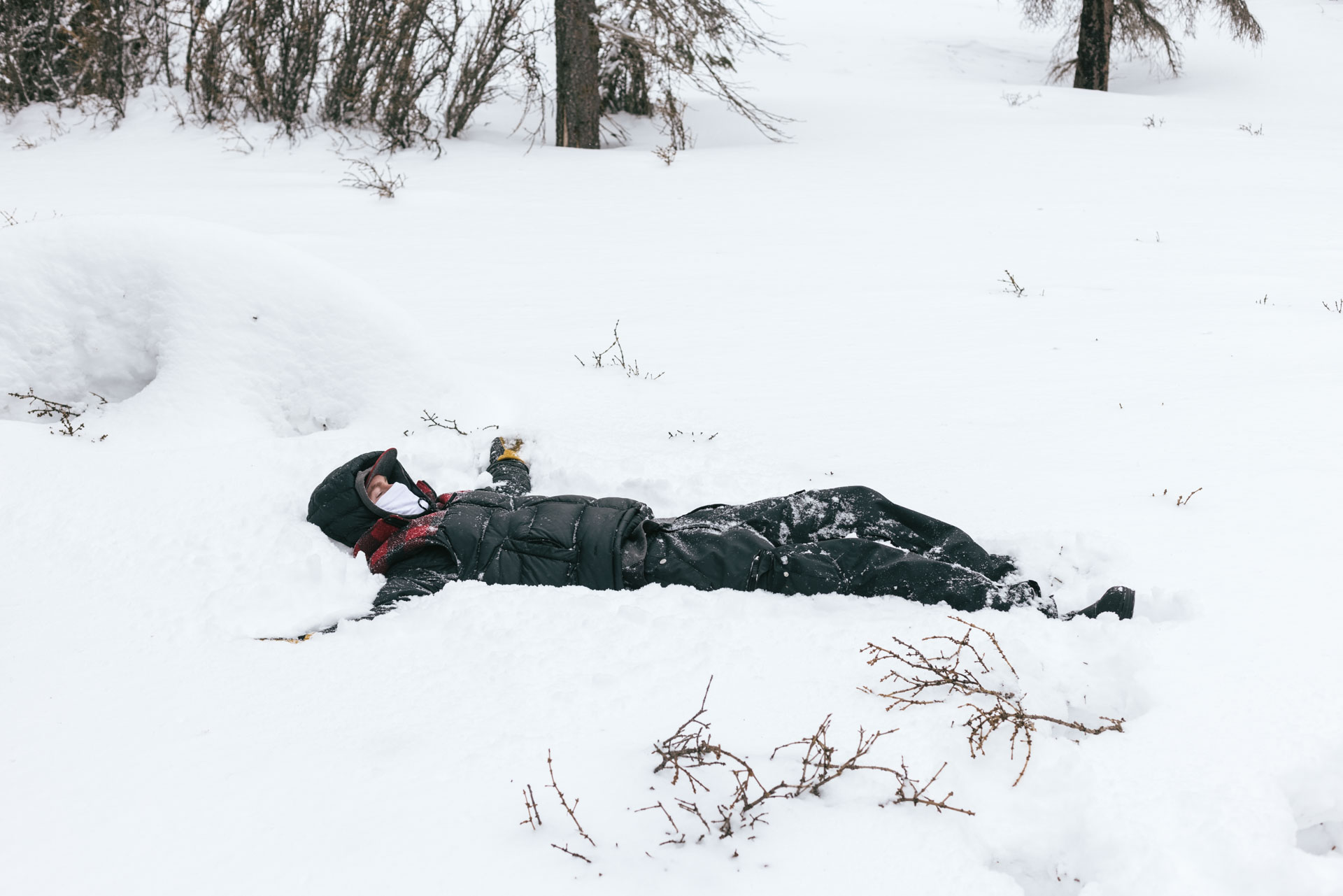
The Iditarod was an out and back race this year, and we had six days of downtime before dog teams would return to Finger Lake. After a few intense days of working, it was hard to slow down.We reset the incoming and outgoing chutes to accommodate teams traveling in the opposite direction. We dragged backhaul from camp to the airstrip to be flown out. The trail crew took a brief but beautiful walk on the trail, and we went body sledding on the Iron Dog Trail.
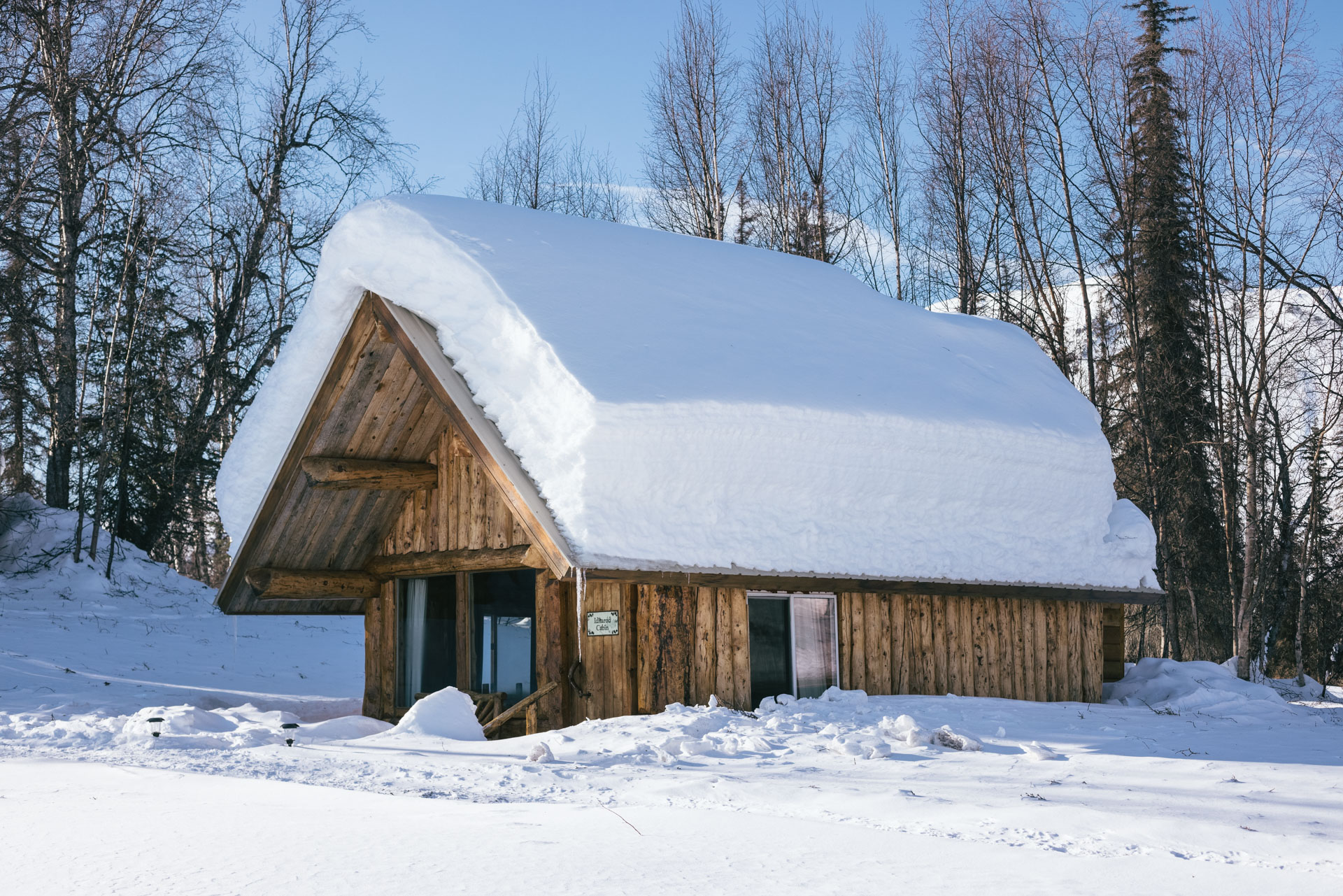
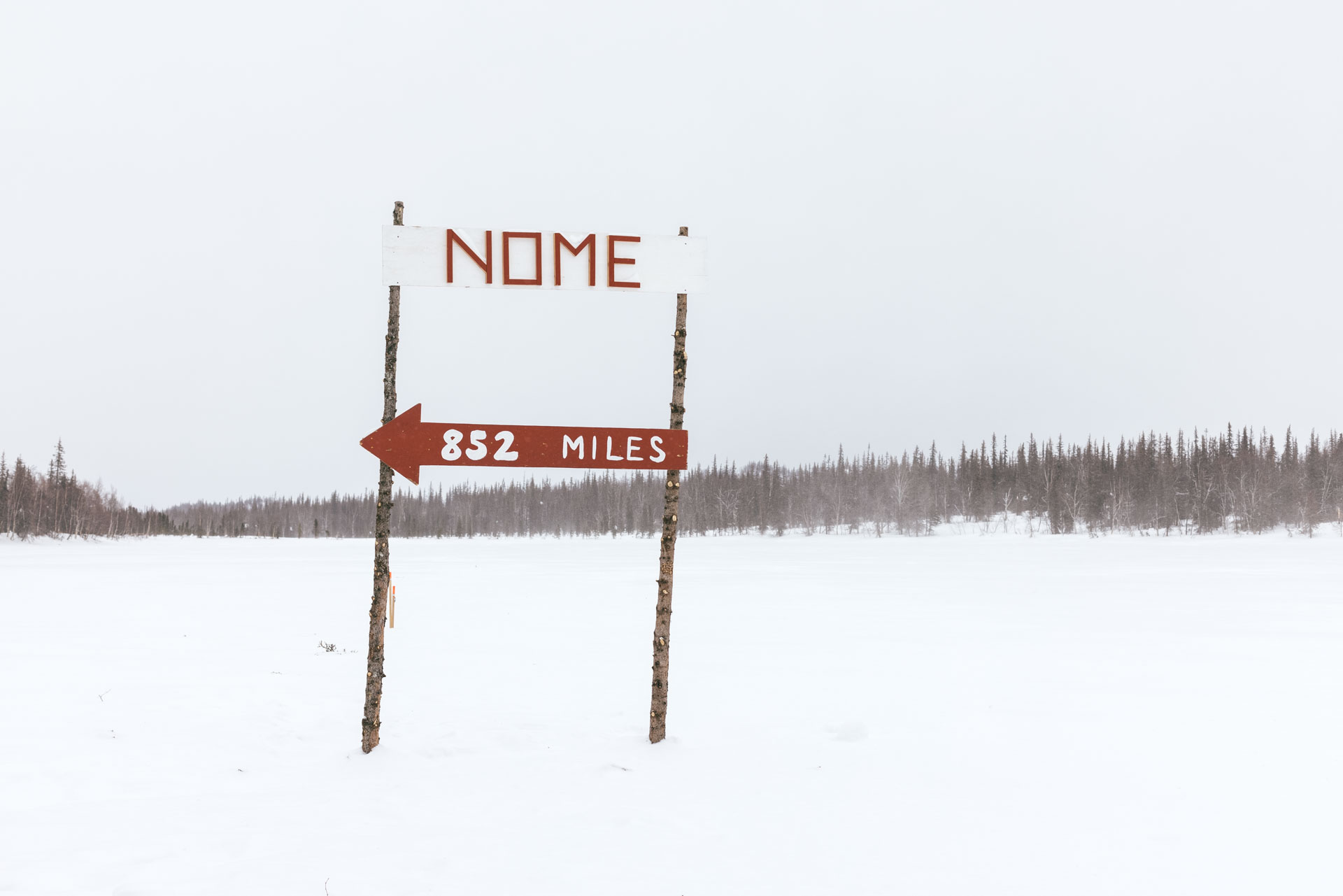
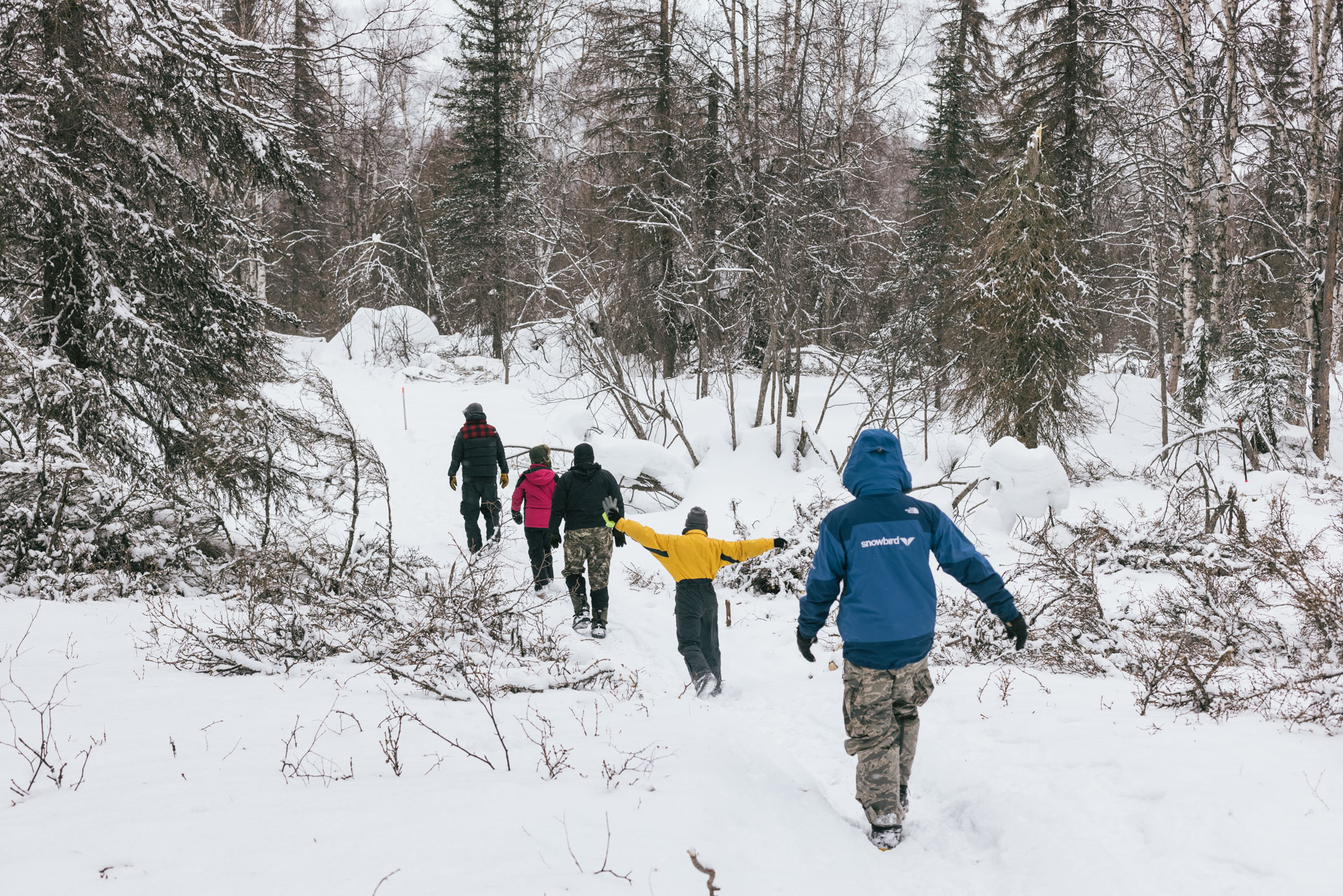

On the second day of our “break”, the wind picked up, stranding a few crew members who were supposed to fly back to Anchorage. With the extra people and enforced downtime, we ate breakfasts in the tent, but lingered over dinners, chatting. We sang "Happy Birthday" to Clint, and Jeff sang us two songs about the joys of beer. David tried to make an ice boat from a jet sled and a garbage bag. We tried to set up two tents that were missing critical pieces, and I finished reading "Dune".
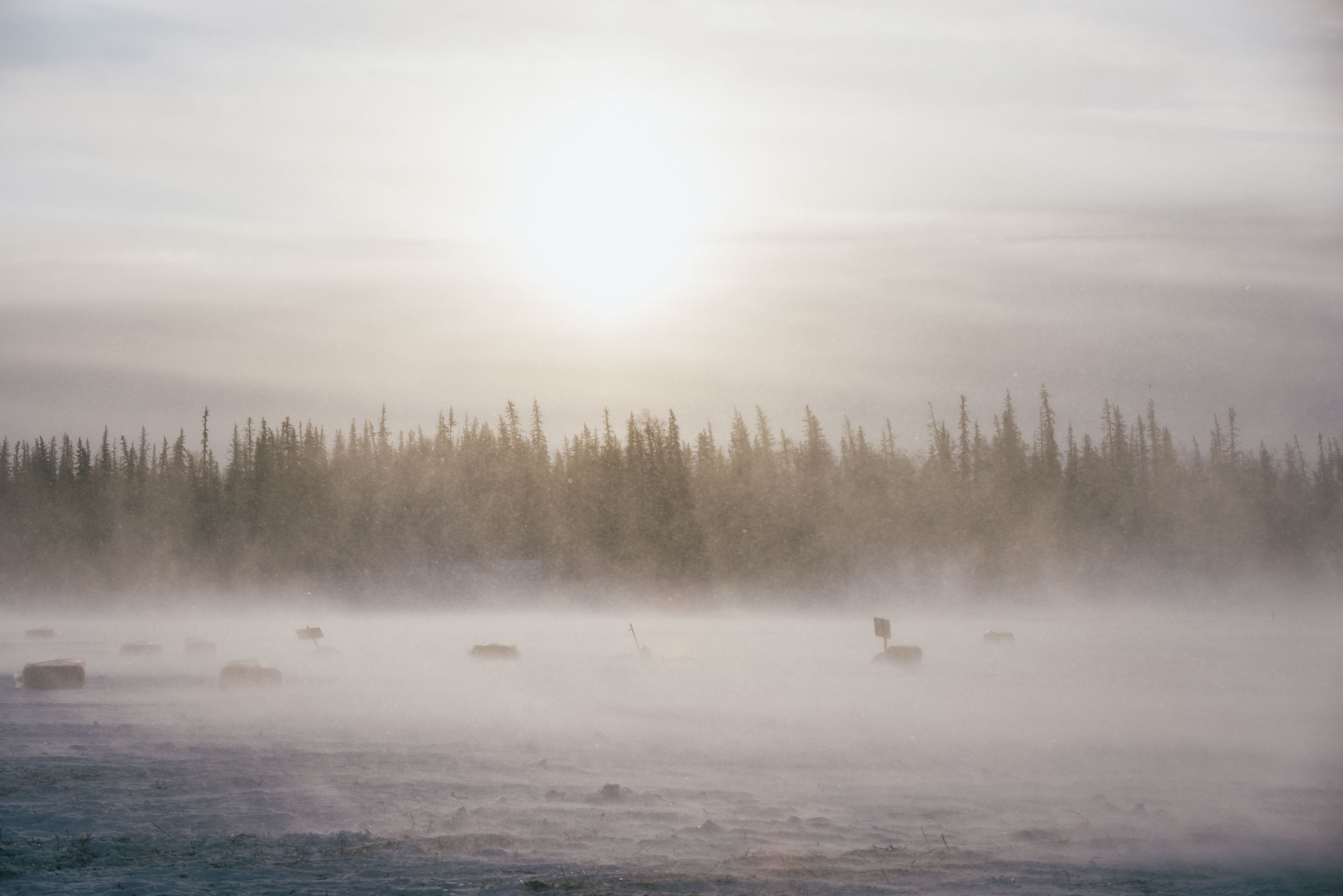
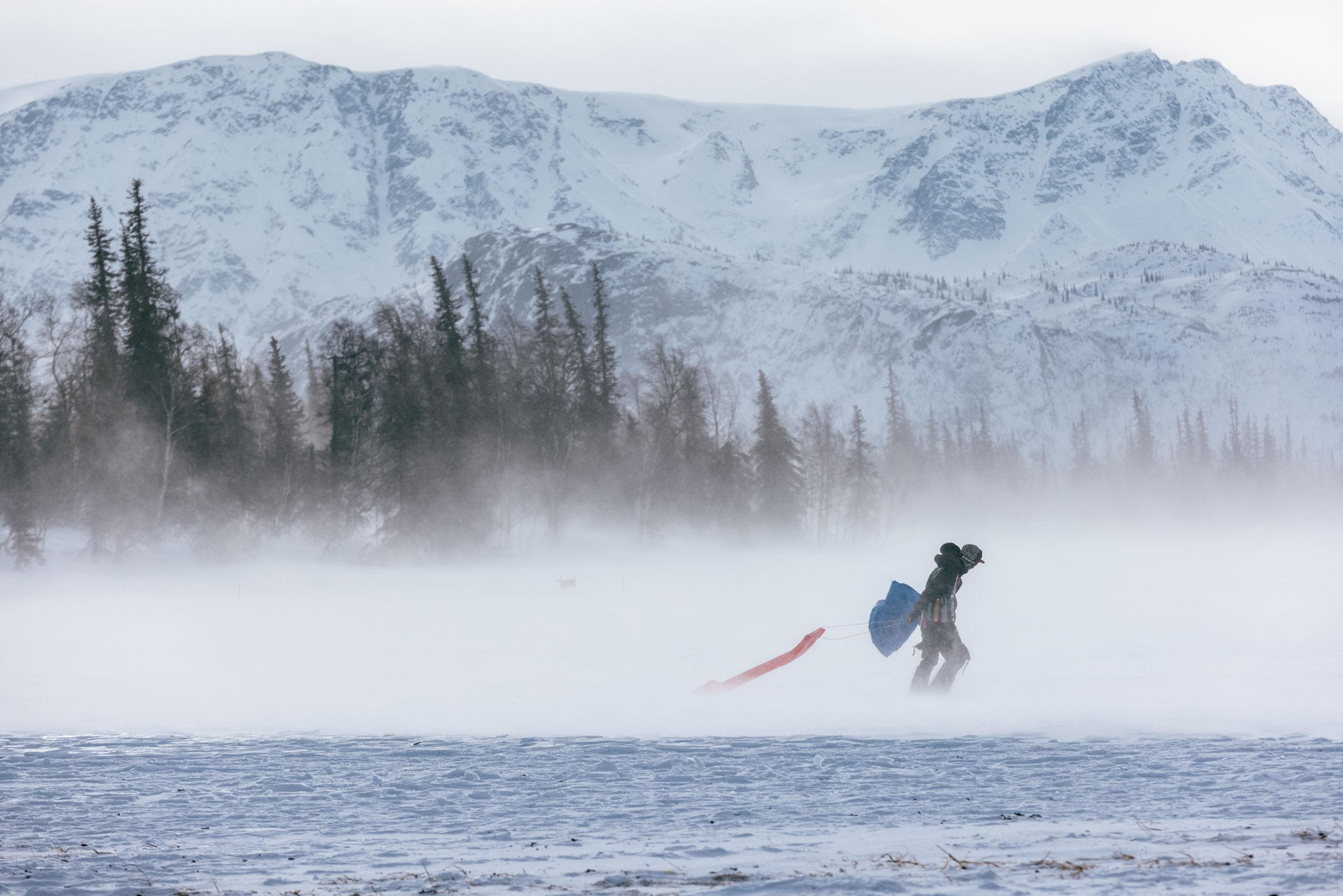
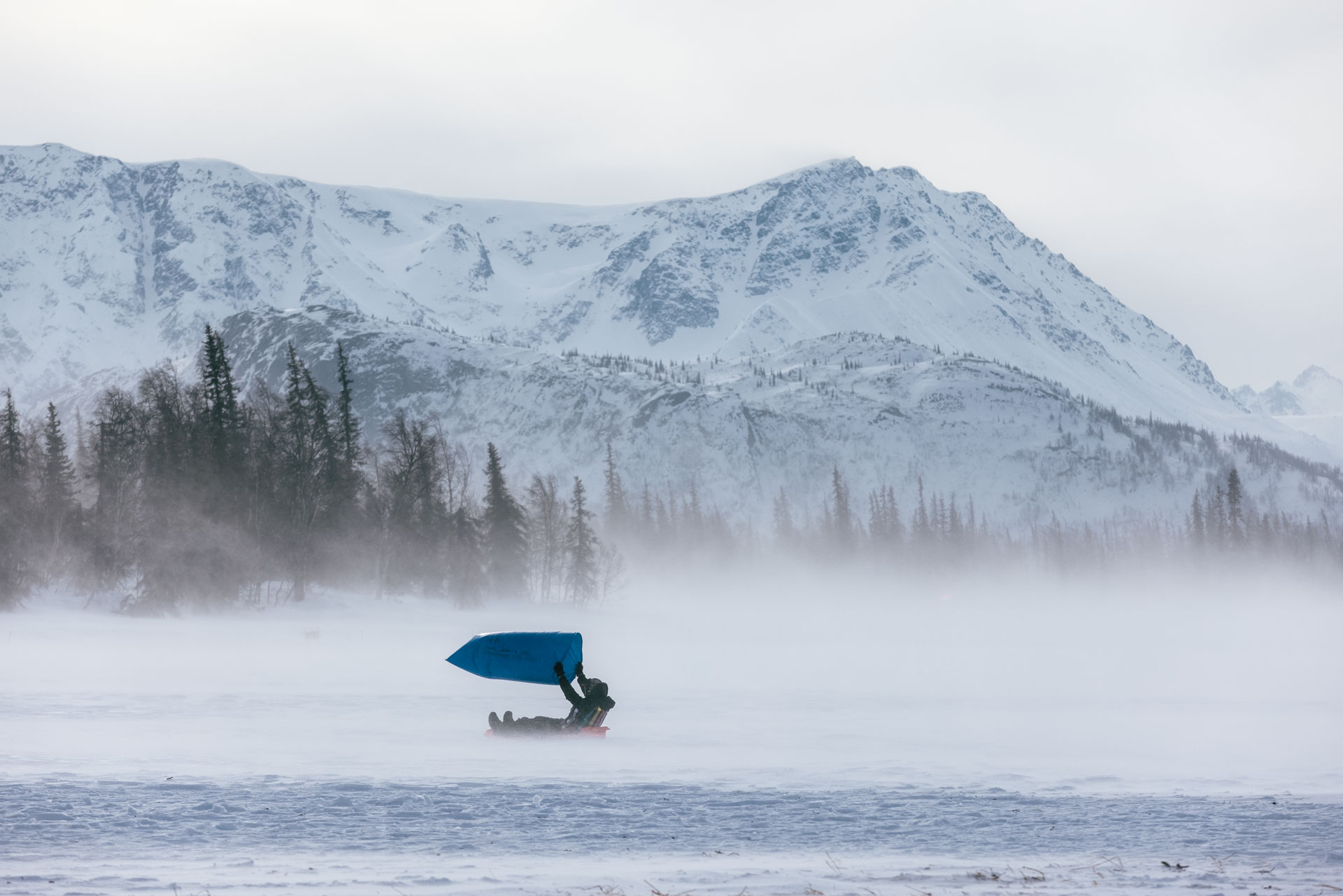
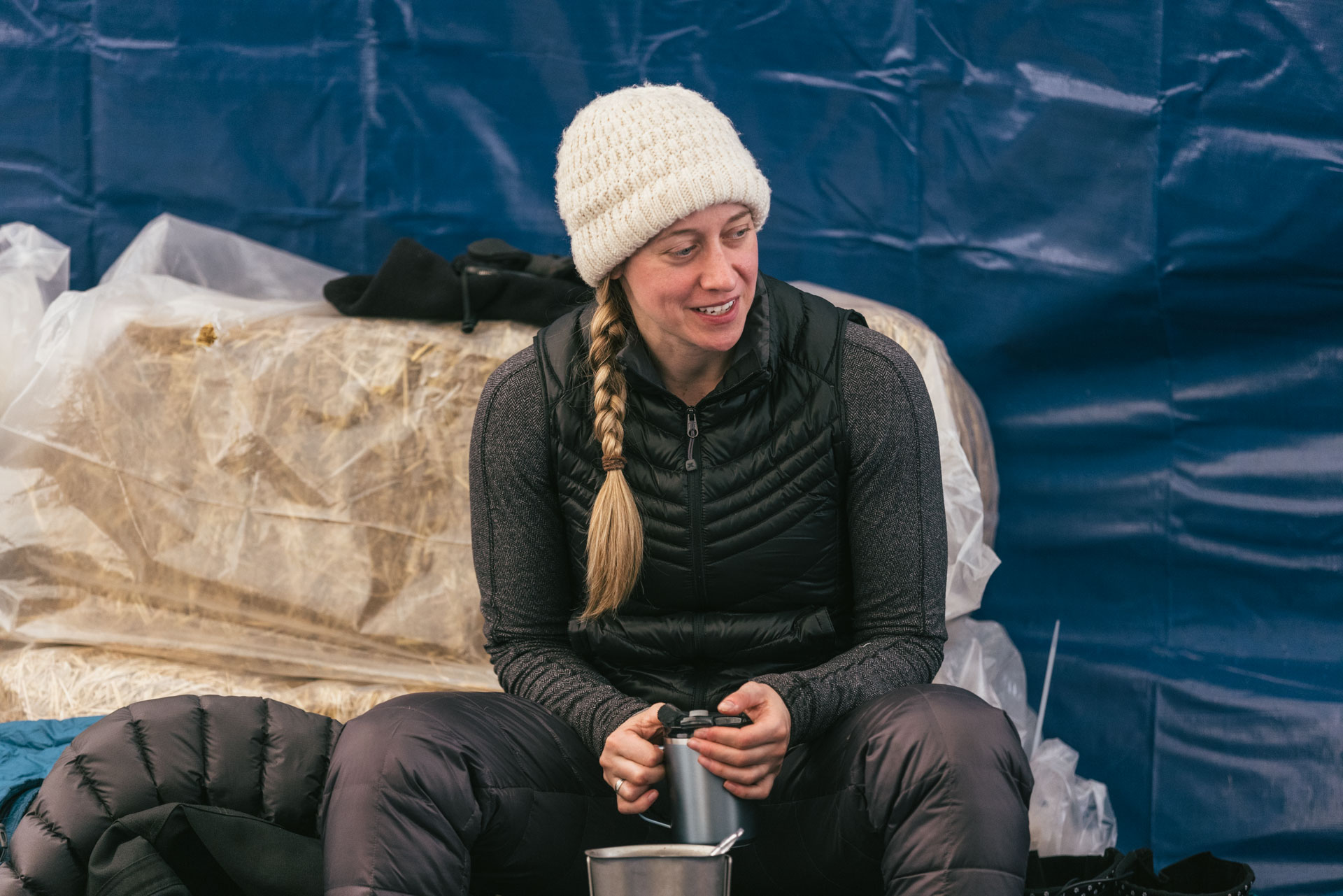
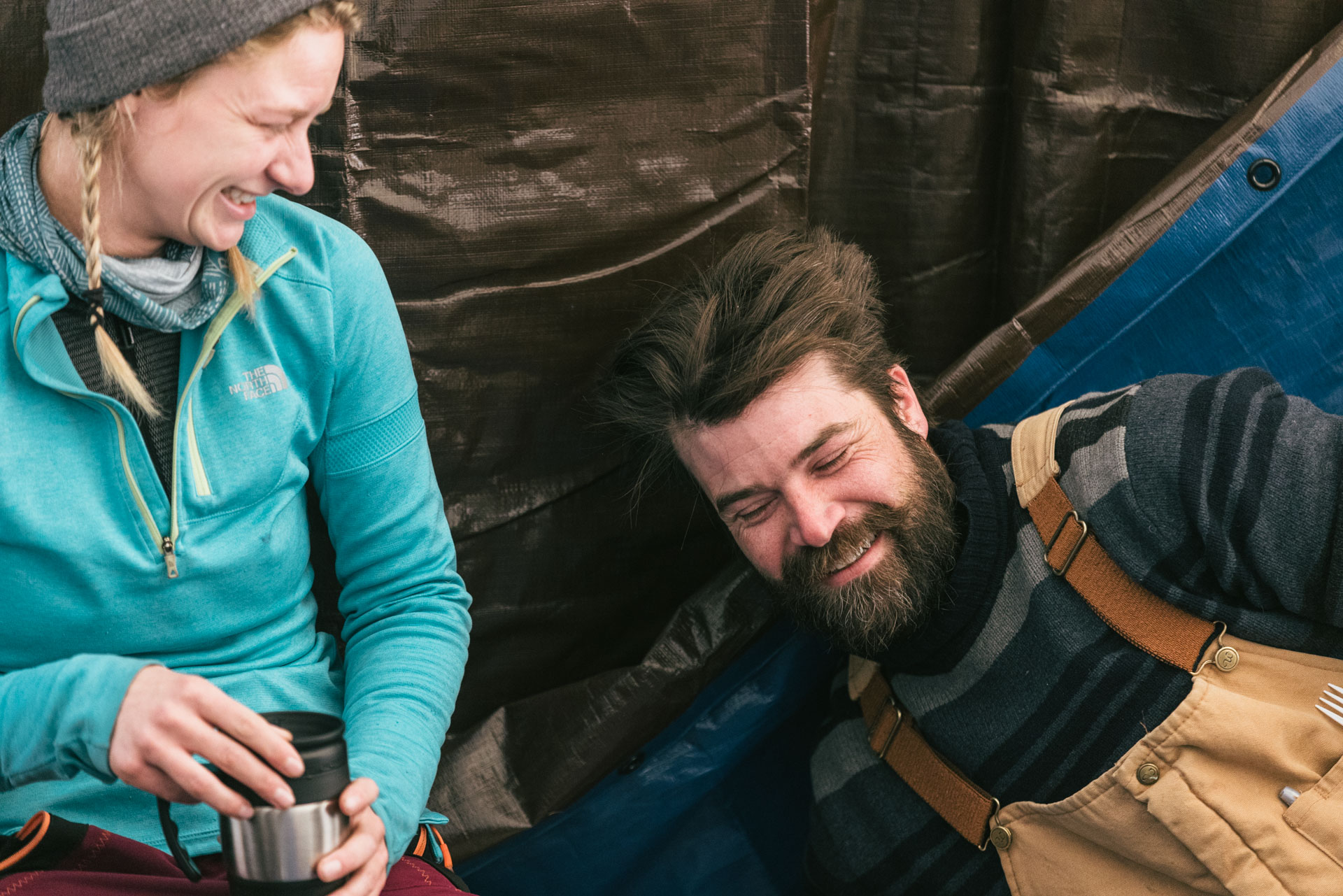
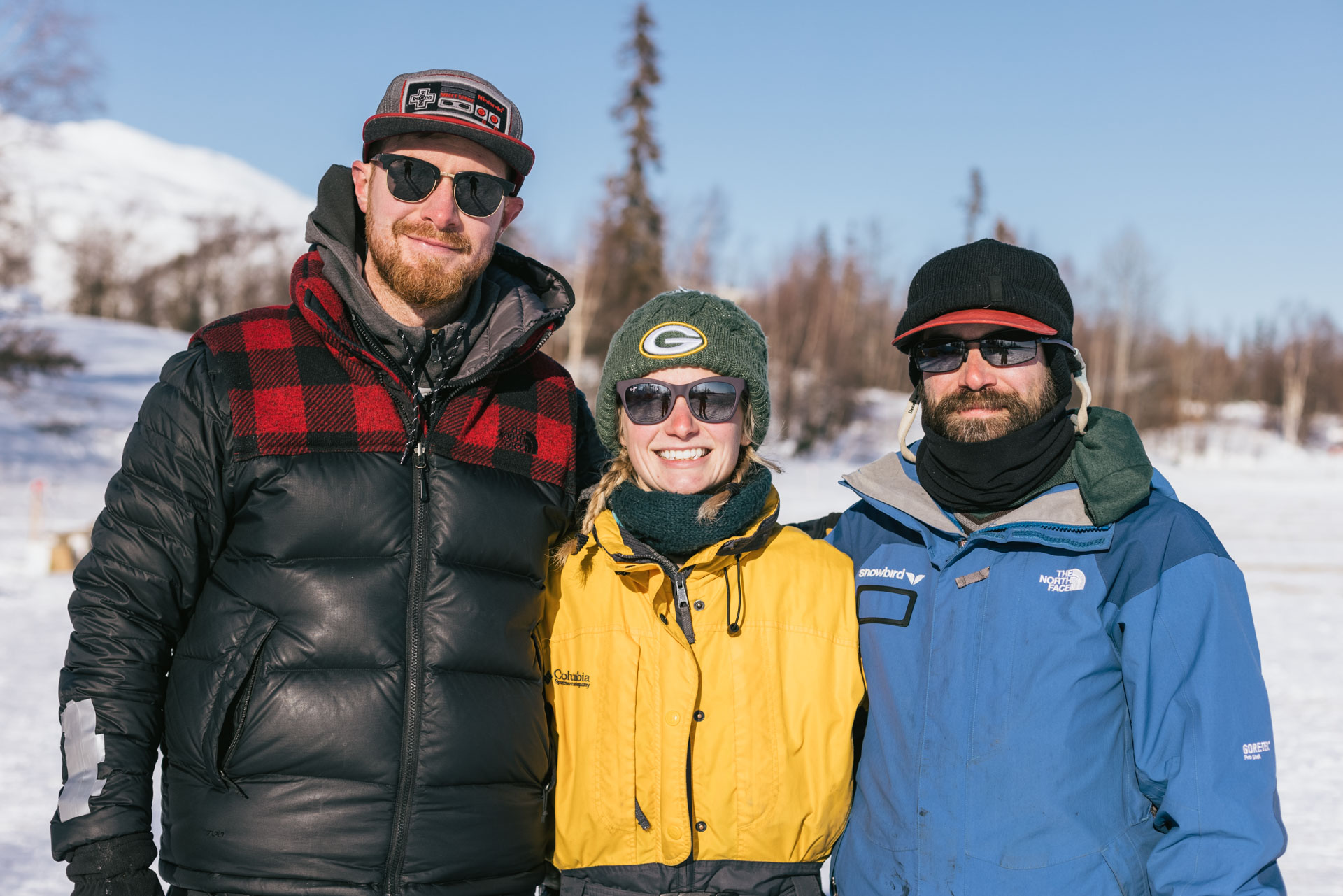
When the wind died down a few days later, our six vet friends flew out and we got four new ones — Laura, Tonya, Lynel, and Jodie. David, Kayli, and Clint flew out too, making it feel pretty quiet in camp. The rest of us waited, eyeballing the teams on the GPS tracker and making wild guesses as to when they'd arrive and how long they'd stay the second time around.
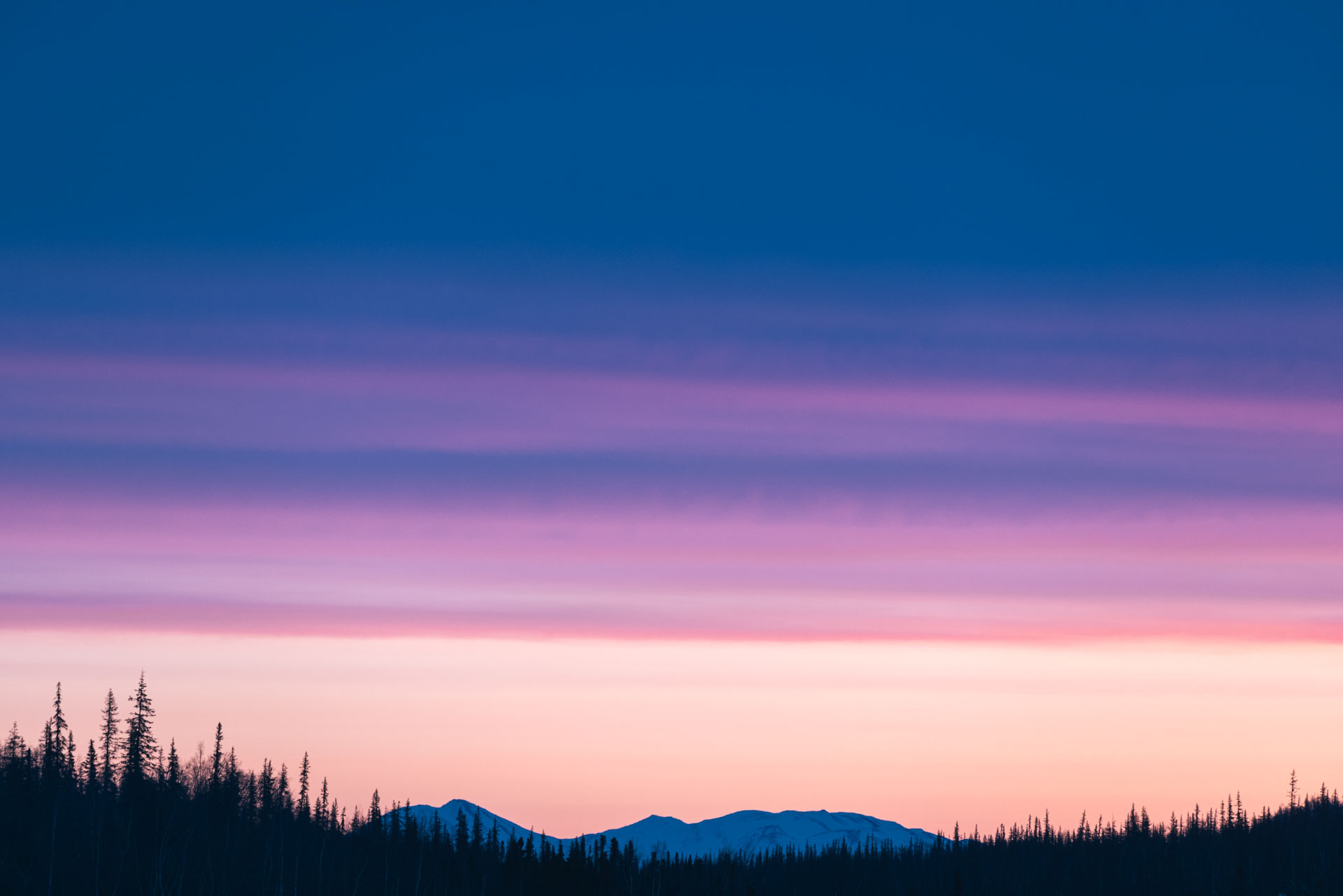
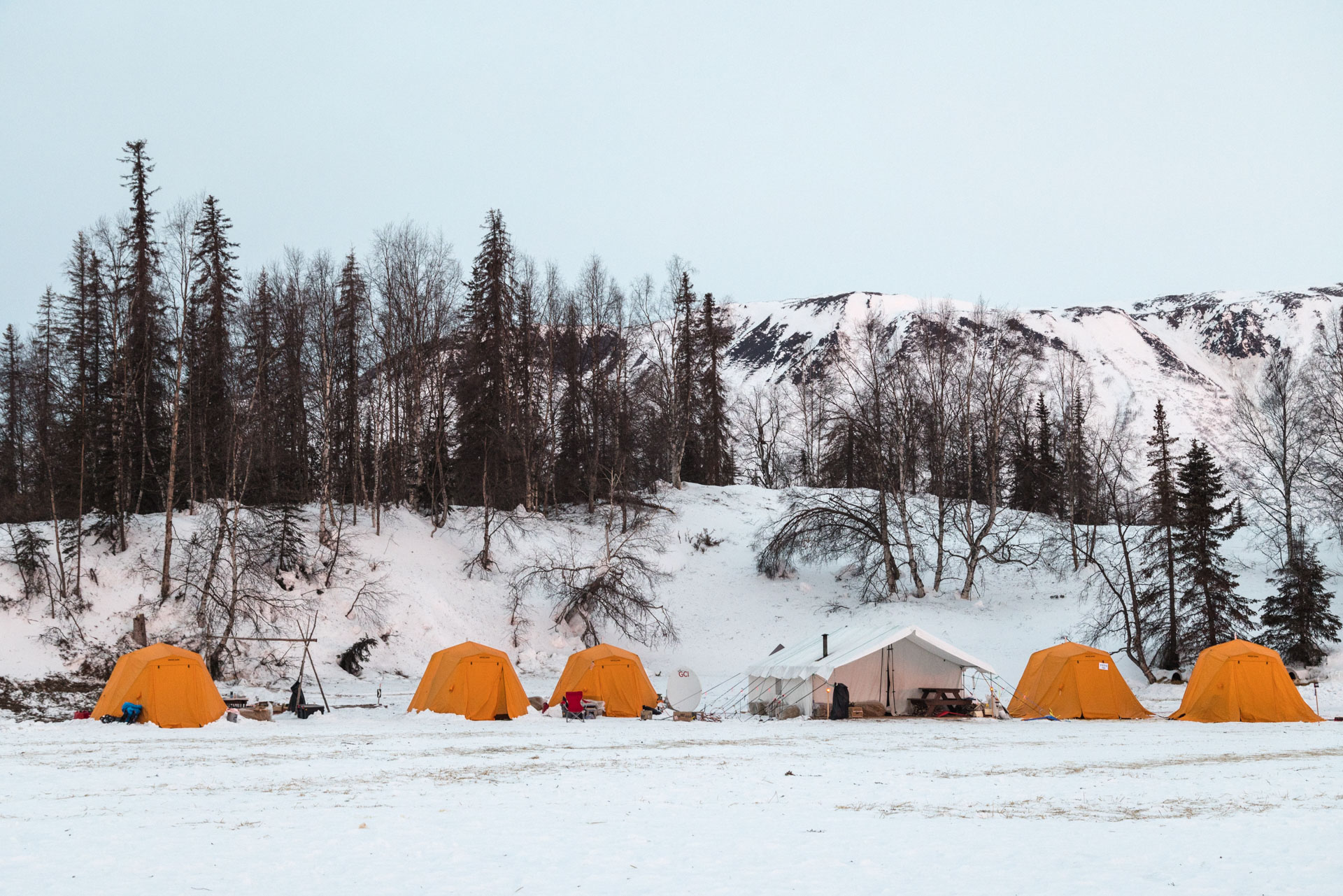

On the outbound leg, Finger Lake saw 45 dog teams come through in less than 24 hours. On the return leg, we saw 36 teams (the others had scratched) spread out over 63 hours. And this time, most teams spent less than 10 minutes in the checkpoint. In large part that was because Skwentna, the next stop, had a mandatory 8-hour rest for dog teams. But it was also just great traveling weather: sunny days and calm nights with a hard and fast trail. I'm sure it helped that all the teams were now aiming towards home. Since there were never that many mushers in the checkpoint at once, volunteers moved towards a shift system. And during down times, we started doing inventories and cleaning up and stowing what gear we could for next year.
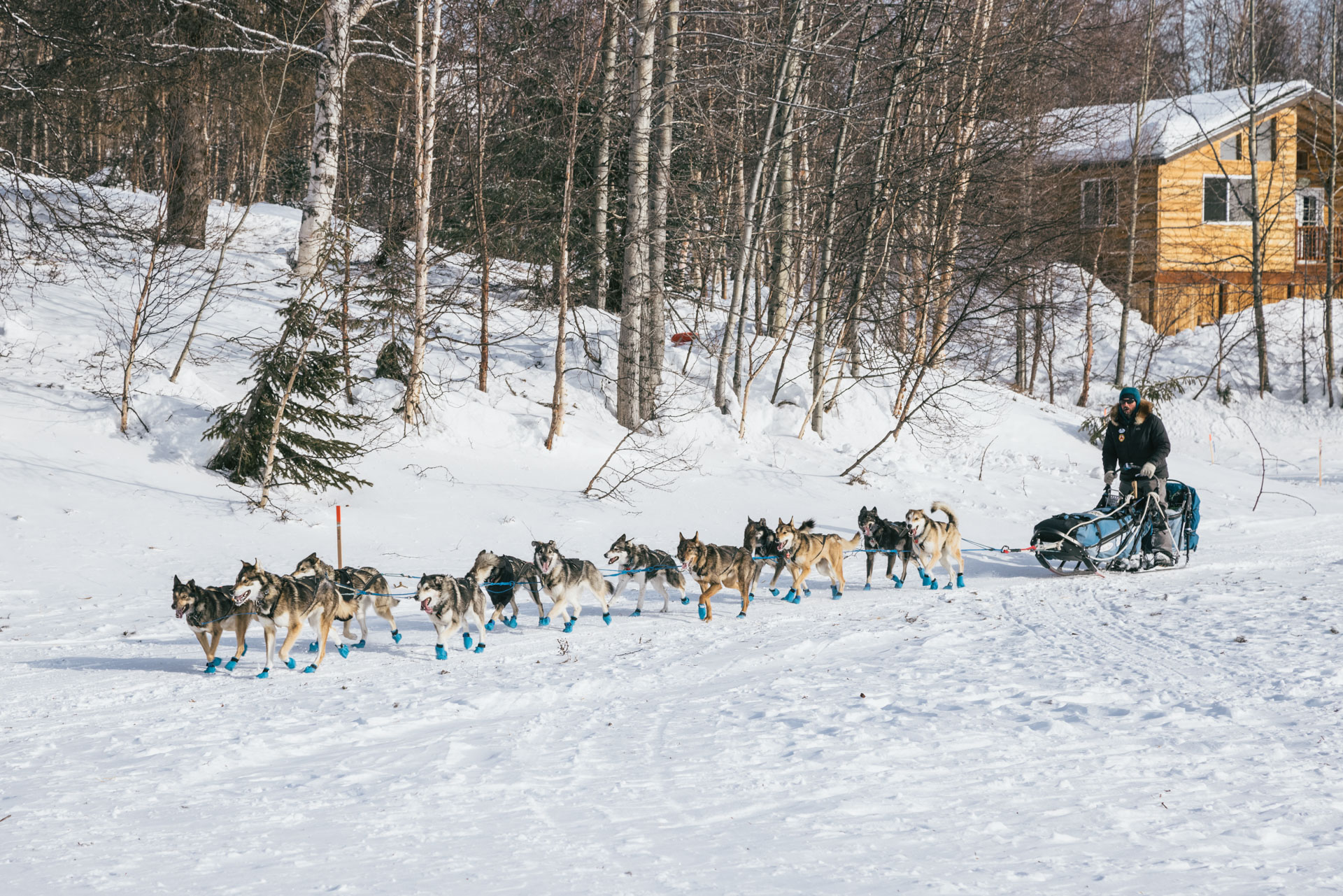
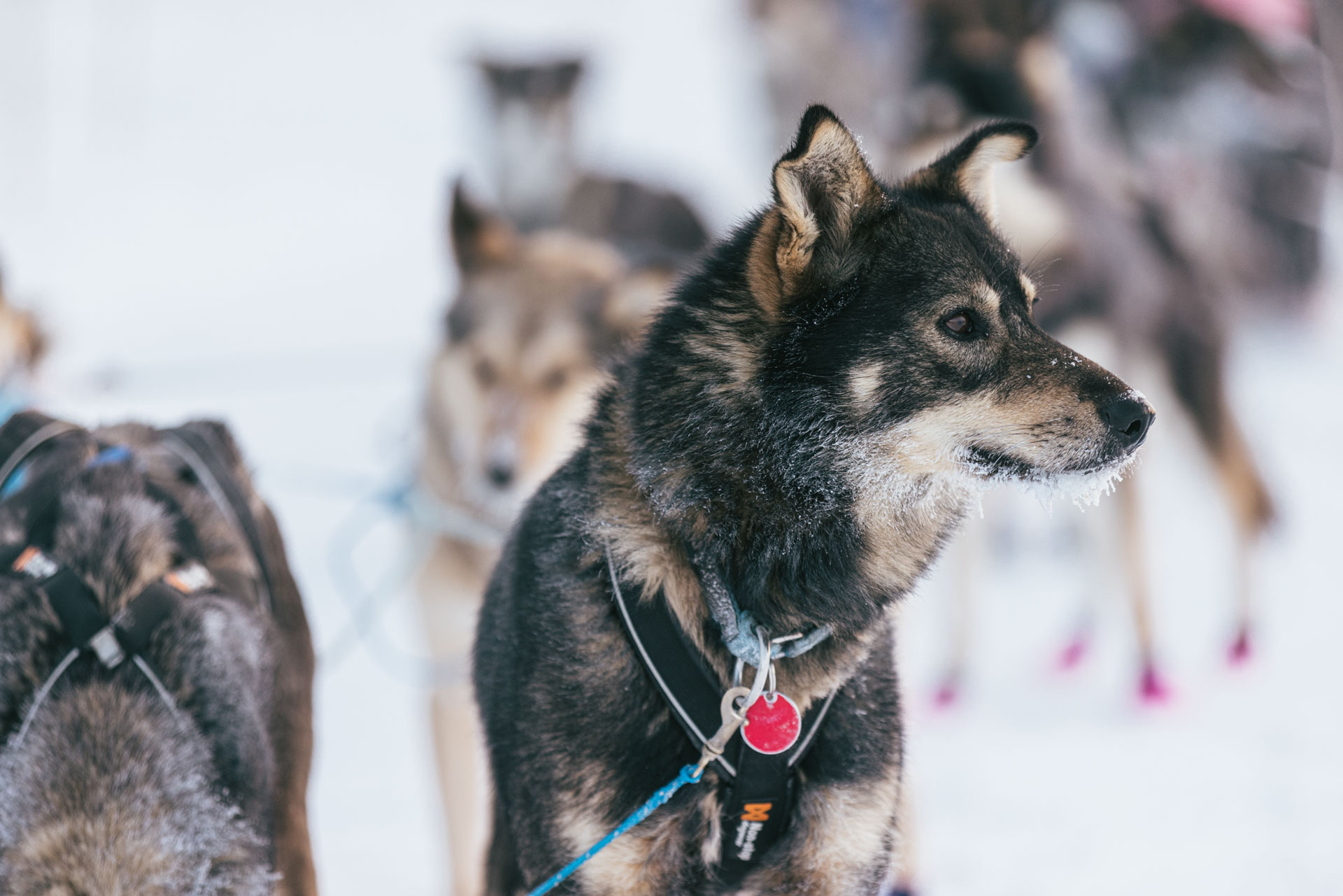
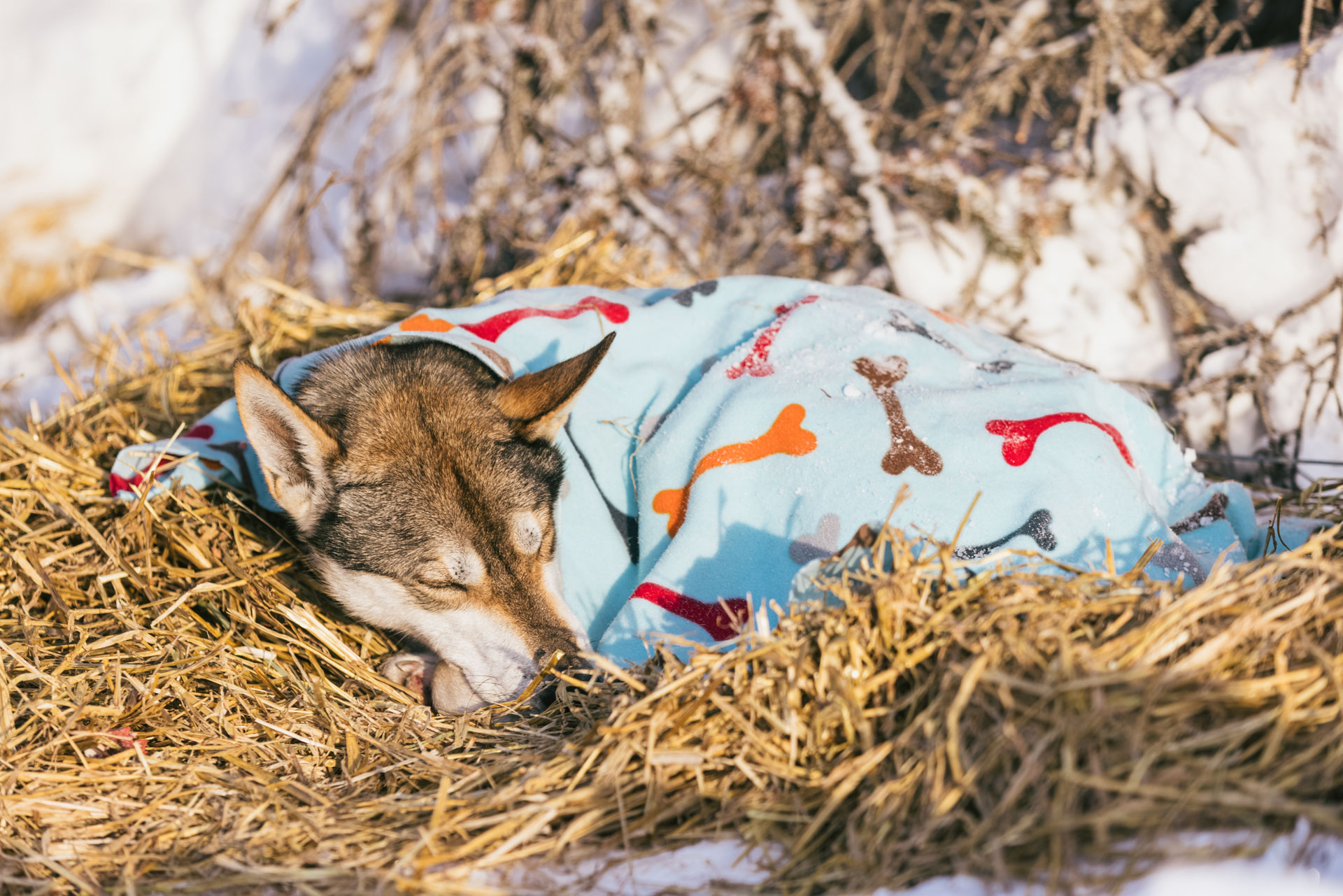
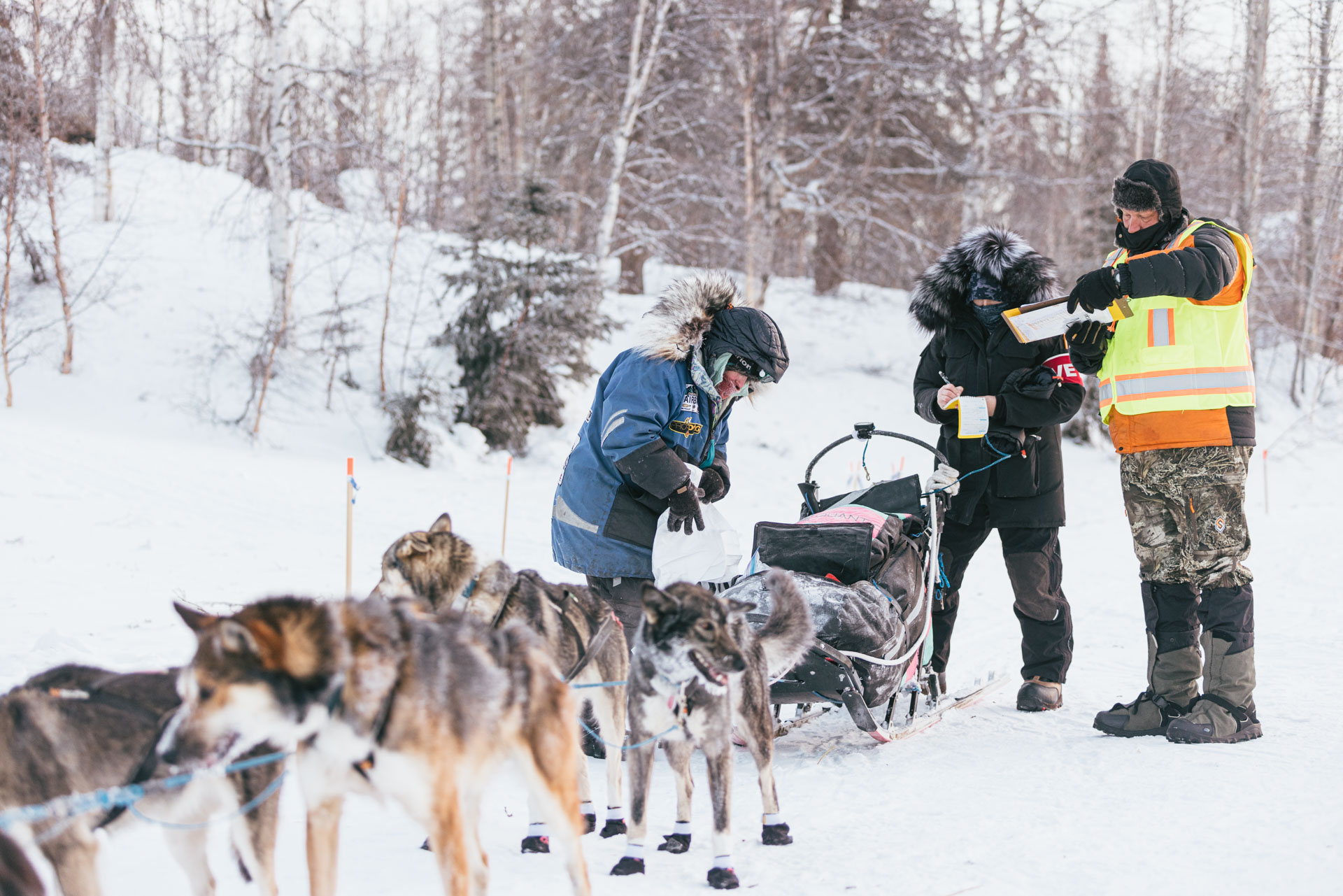
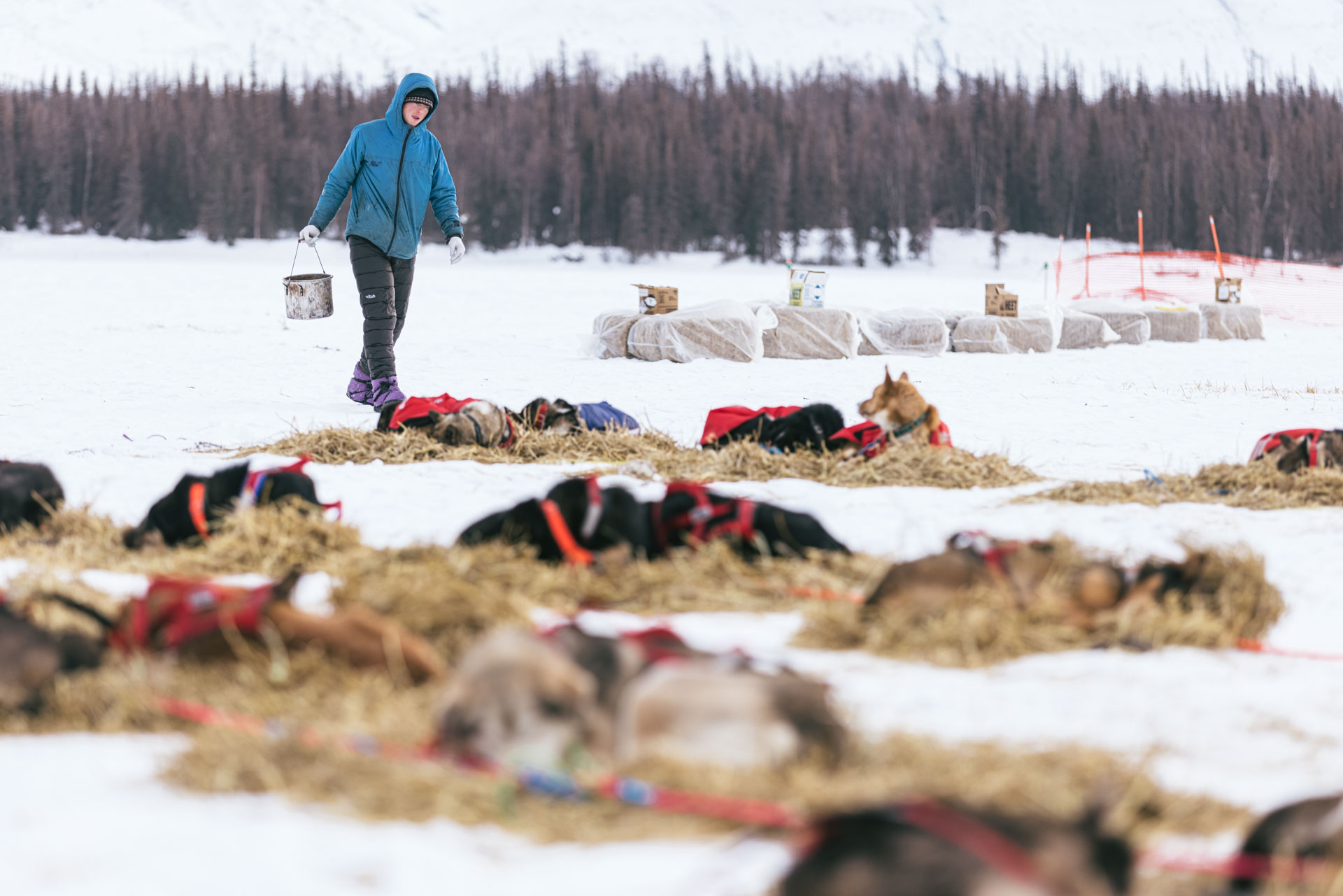
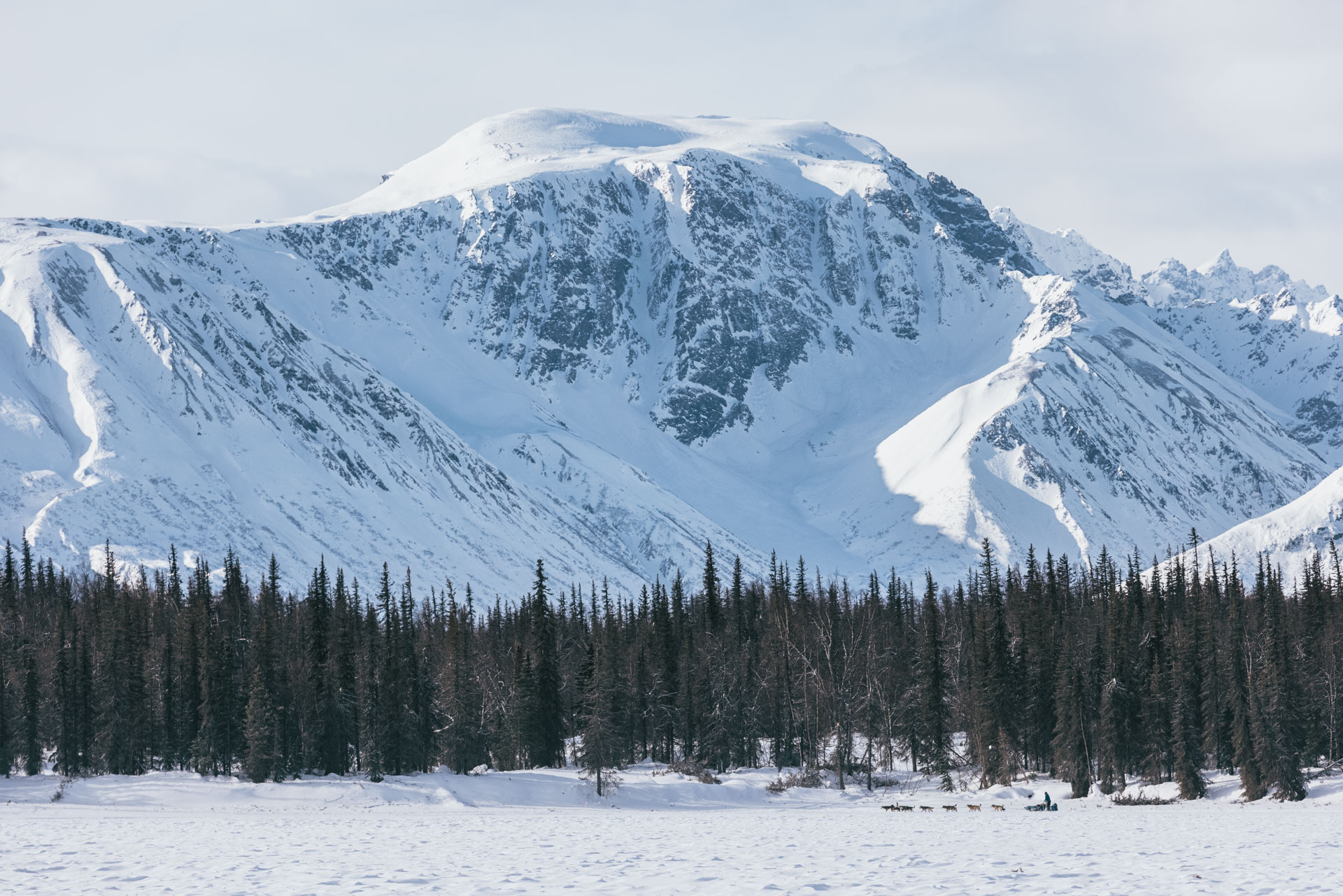
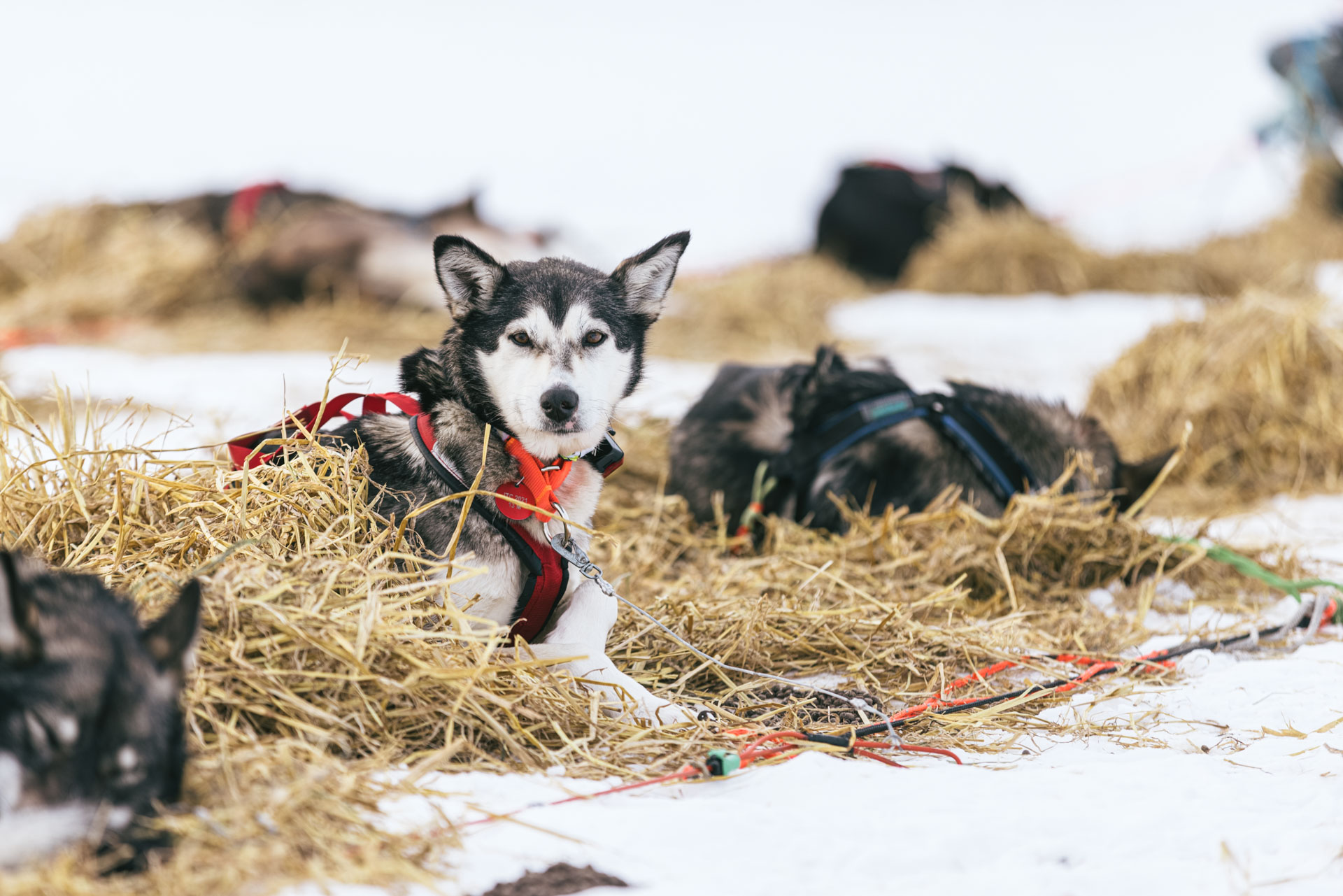
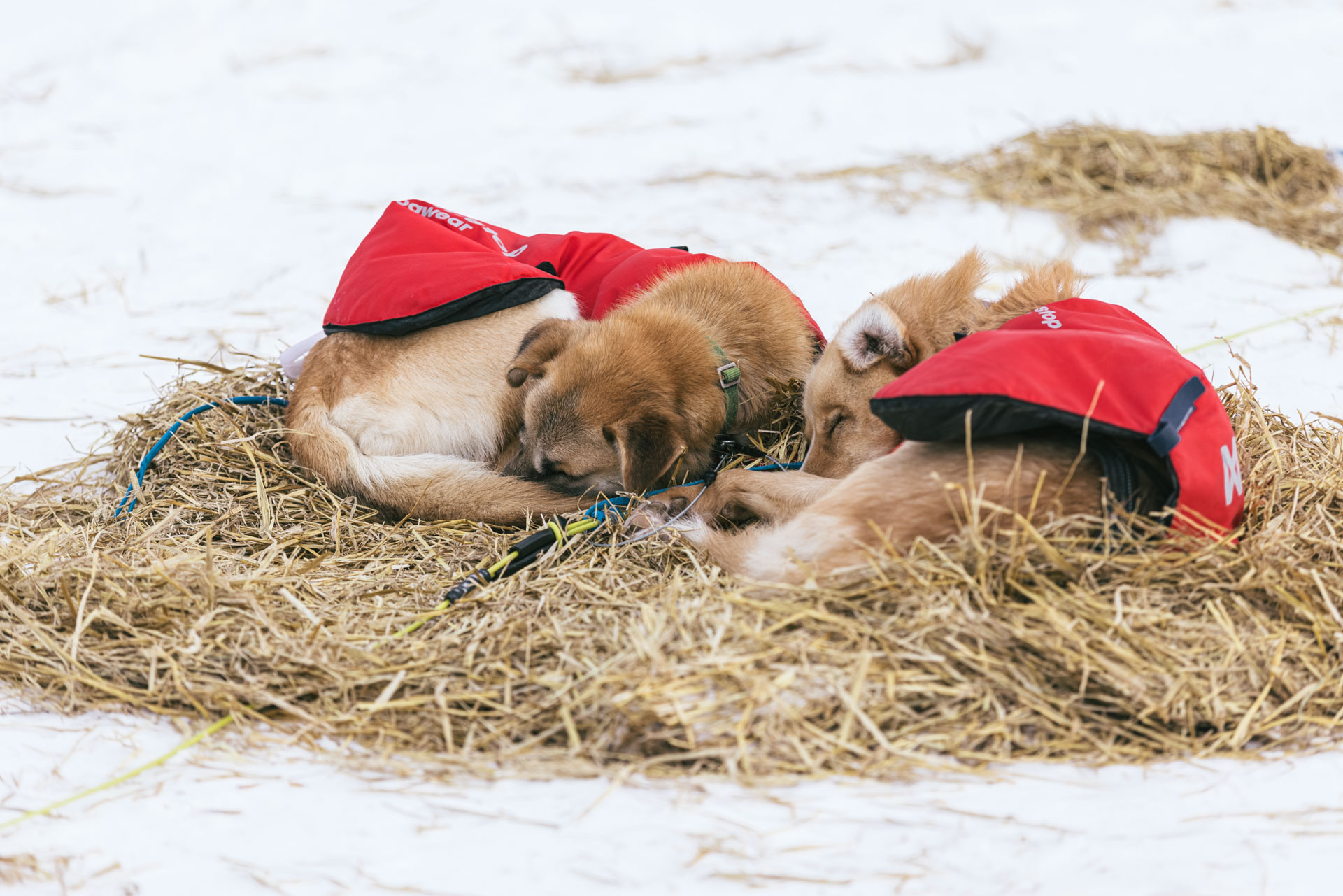
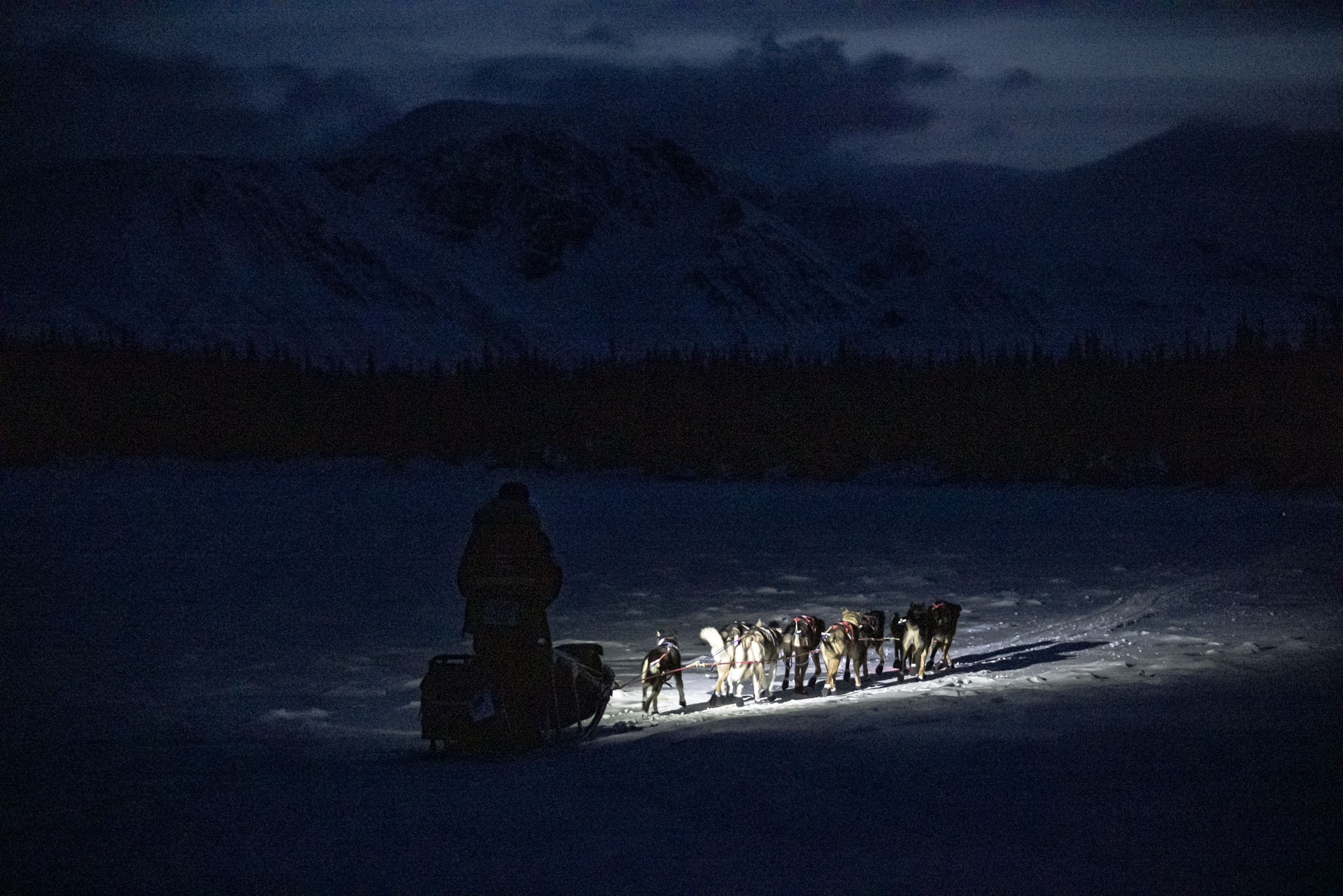
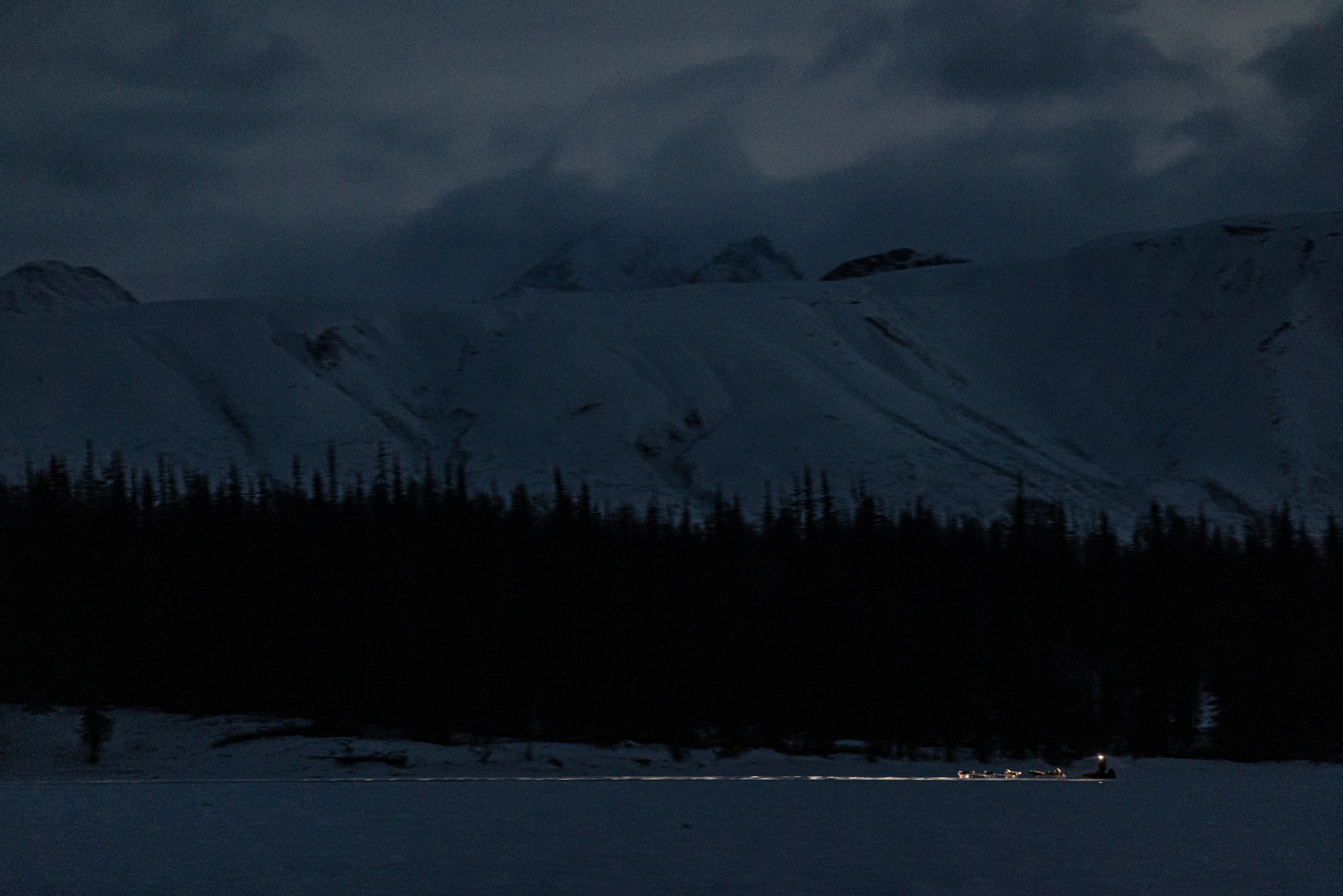
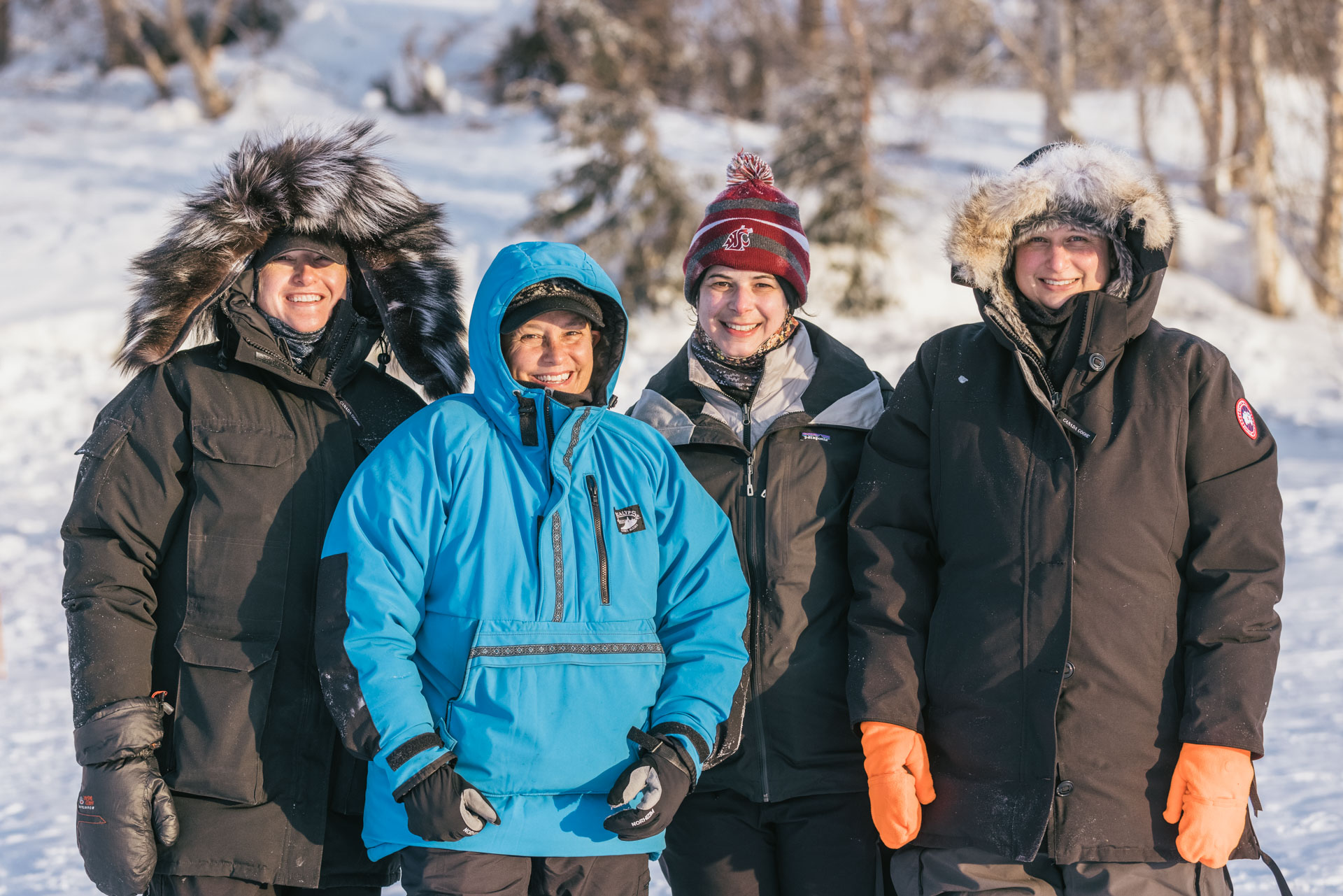
After the last team leaves the checkpoint, another mad dash begins. We had four days to put up the checkpoint, but only ~12 hours to break camp. Tents taken down and rolled; lath and snow fences pulled; stoves, generators, kitchen, and comms boxes packed. Used straw was raked together and piled high. (Rosie, an Iditarod competitor from Martin Buser's team who is now living out her retirement at the lodge, loved that all the used straw now belonged to her.) We also sorted and stacked about a thousand pounds of spare dog food. Half the packed up gear was dragged up the hill and organized in a storage shed, and the other half was dragged the quarter mile out to the airstrip.
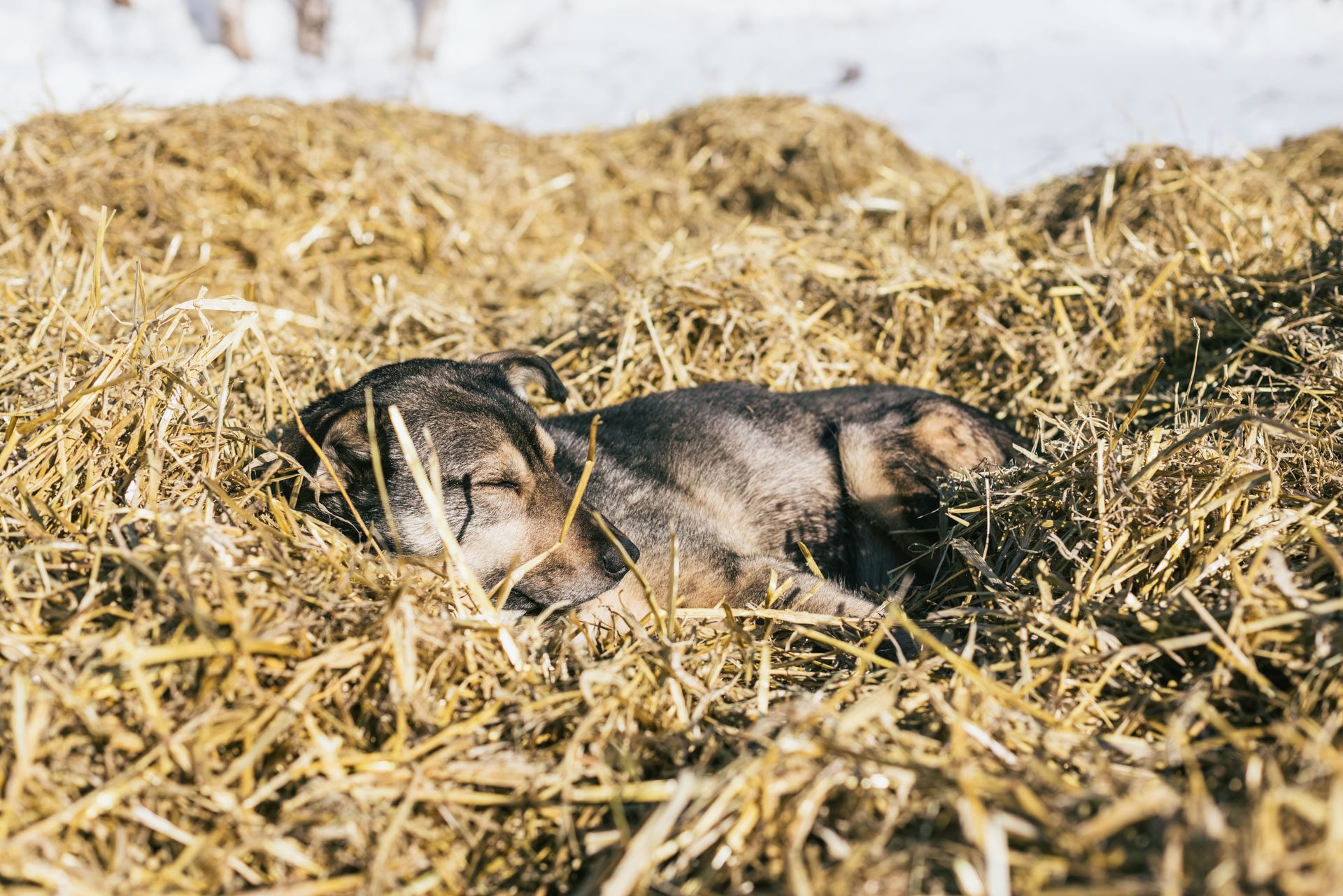
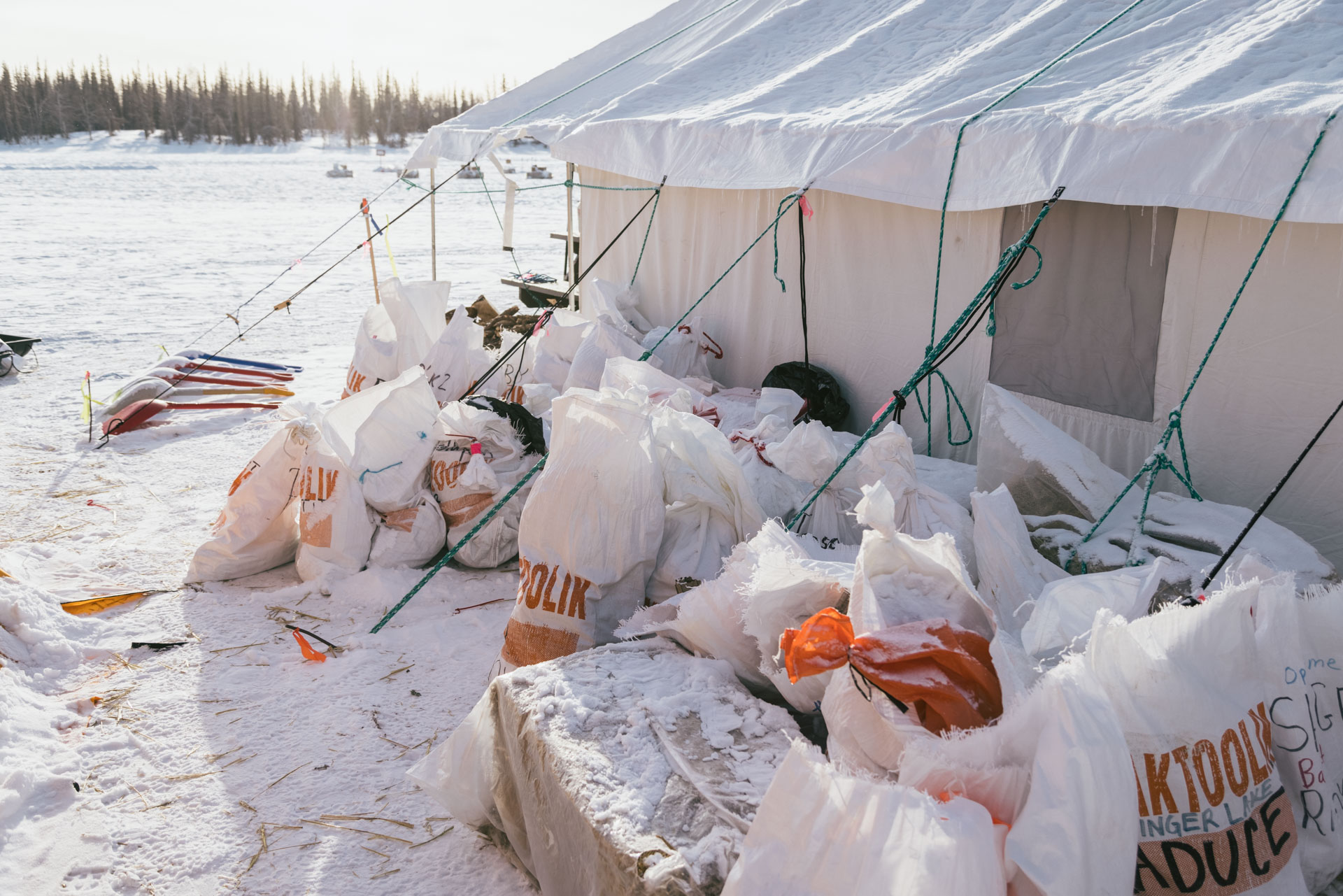
At 6 pm, a helicopter and a bush plane came to pick up the last of us. The flight back showed how quickly spring was approaching. Many small streams now had open water, snow was slipping off cabin roofs, and alders were popping out everywhere through the snow. Back in the city, I was happy to be going back to the amazing twin innovations of hot water showers and spicy burritos.
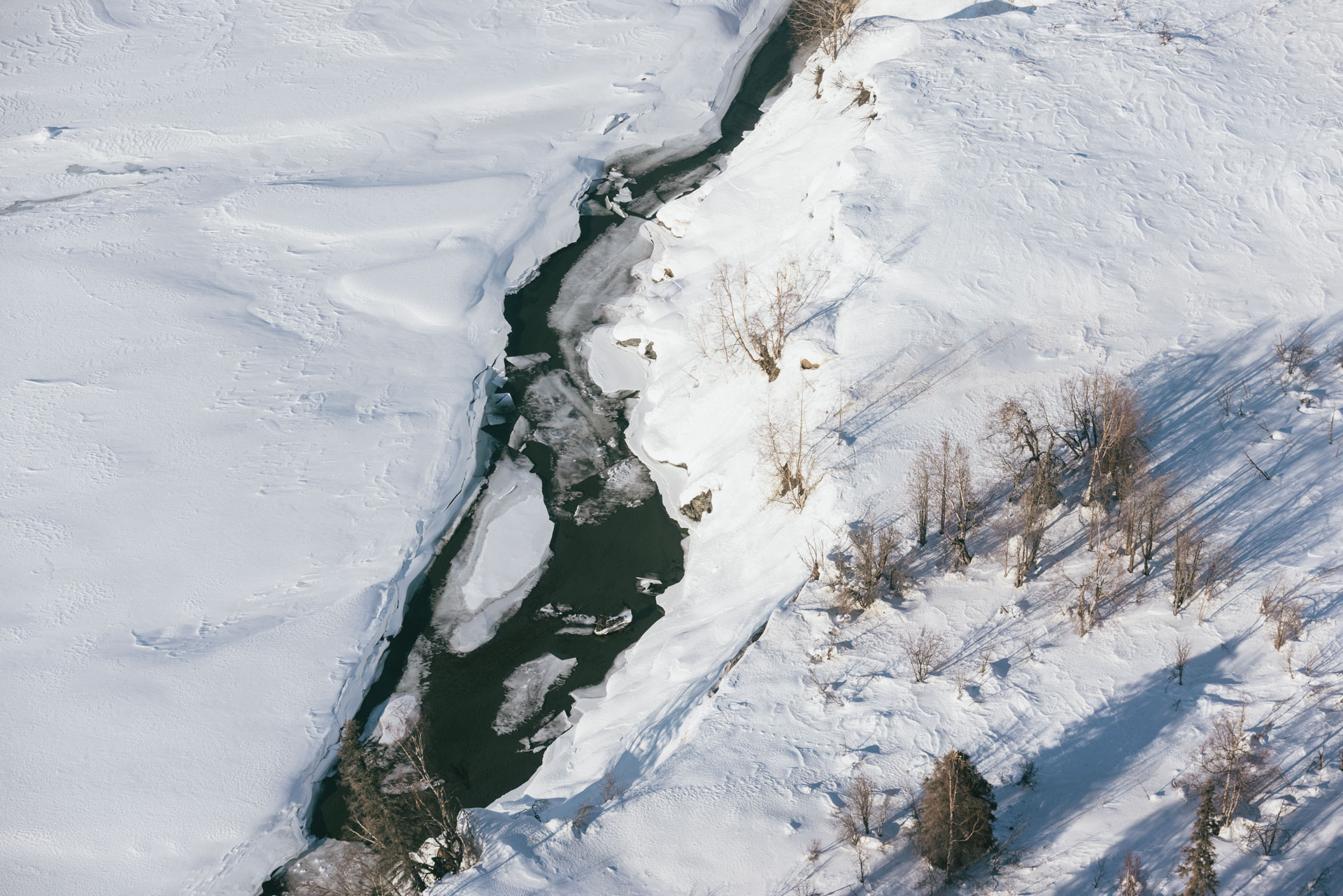
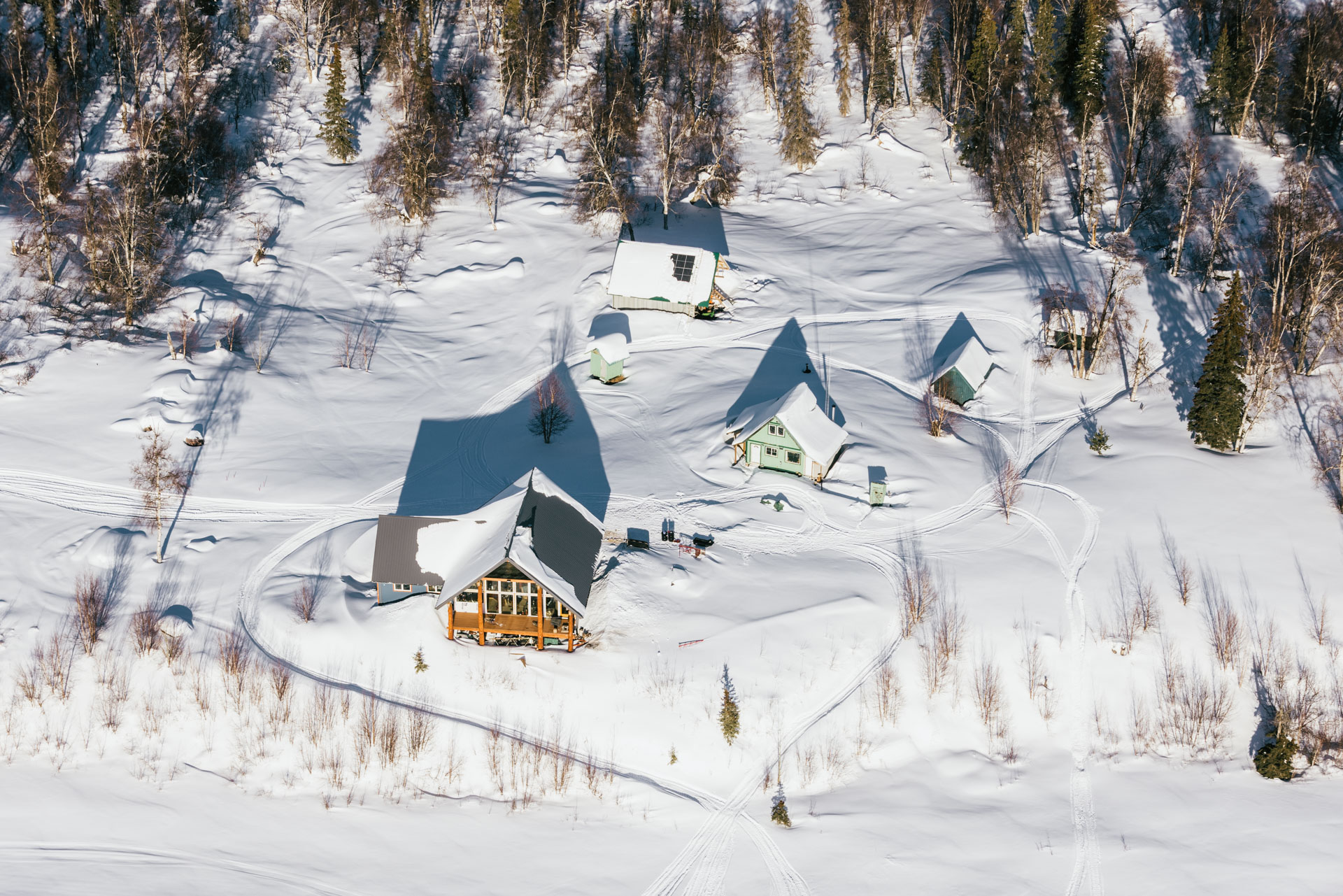
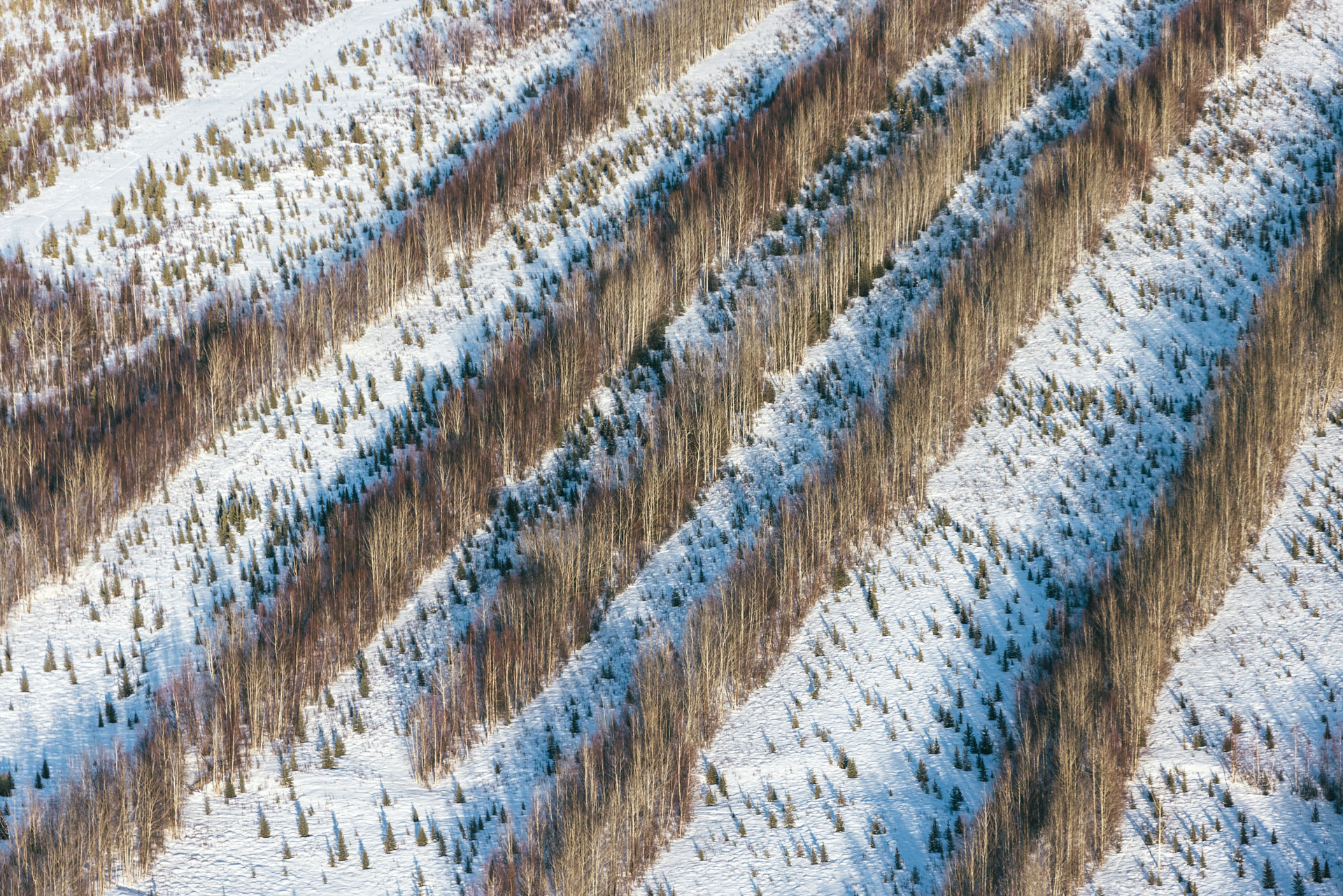
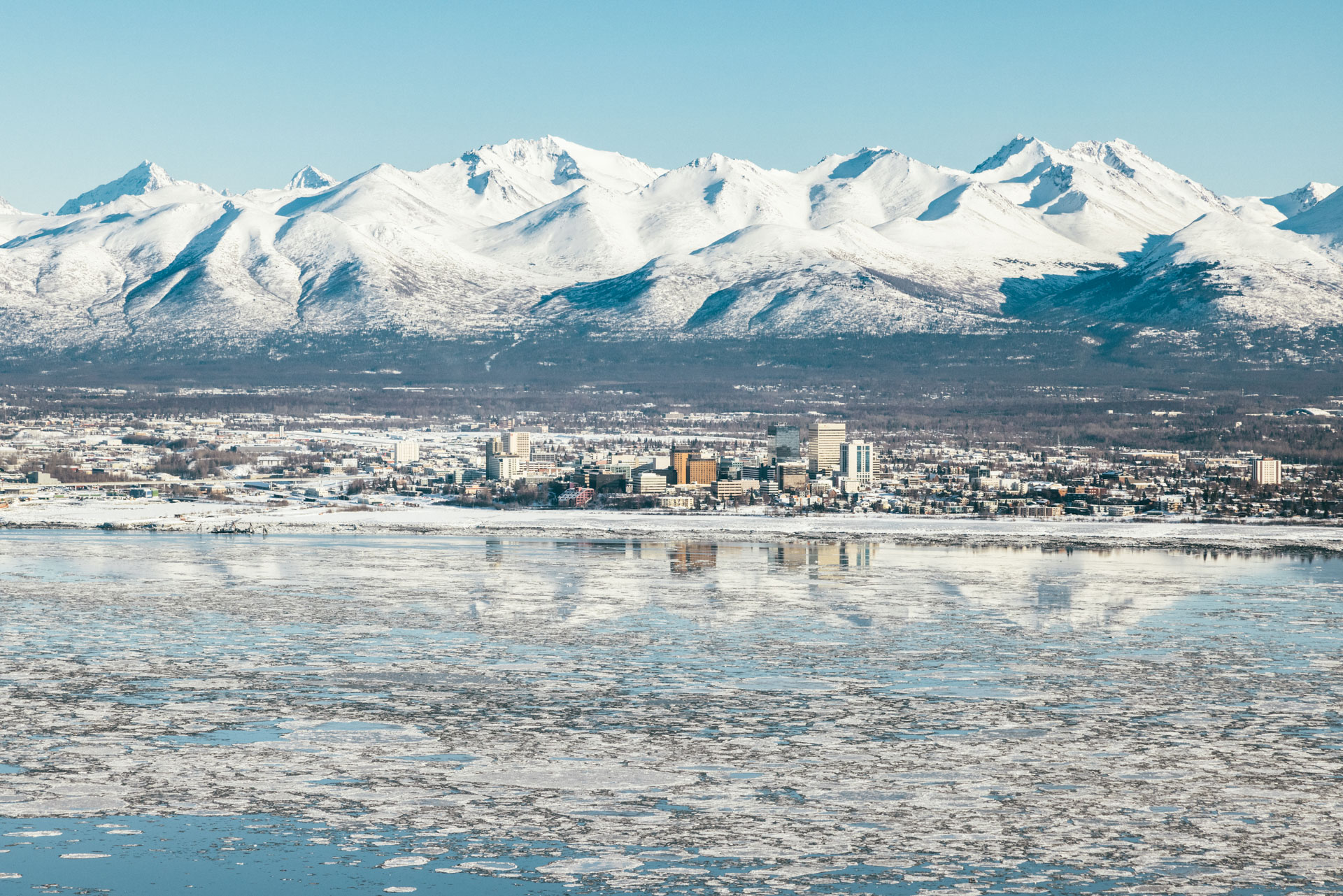
Addendum: In case this is interesting to people, I wanted to provide a note about COVID-19, and how it affected this year's race. The largest change was that the entire race was rerouted to avoid any villages. This was necessary, but also a huge sacrifice, as the Iditarod is as much of a cultural event as it is a sporting one. There was also a comprehensive COVID-19 mitigation plan put in place this year that affected all volunteers. The primary goal of the plan was to create a temporary bubble for participants, made safe by copious amounts of testing. I was personally tested four times in the two weeks before the race before being allowed on the helicopter. At the checkpoint, we masked and maintained social distance to the degree possible, which was almost at all times. I had brought a variety of masks because I didn't know which would work best, and ended up settling on disposable paper masks for cold-weather work. They got wet, but when they froze I could shape them to stay away from my lips, and I could just grab a new one when it became unbearable. At our checkpoint, we were especially careful to be masked up around people outside of our volunteer bubble — namely the lodge staff and their guests, ITI participants, and the occasional media people.
